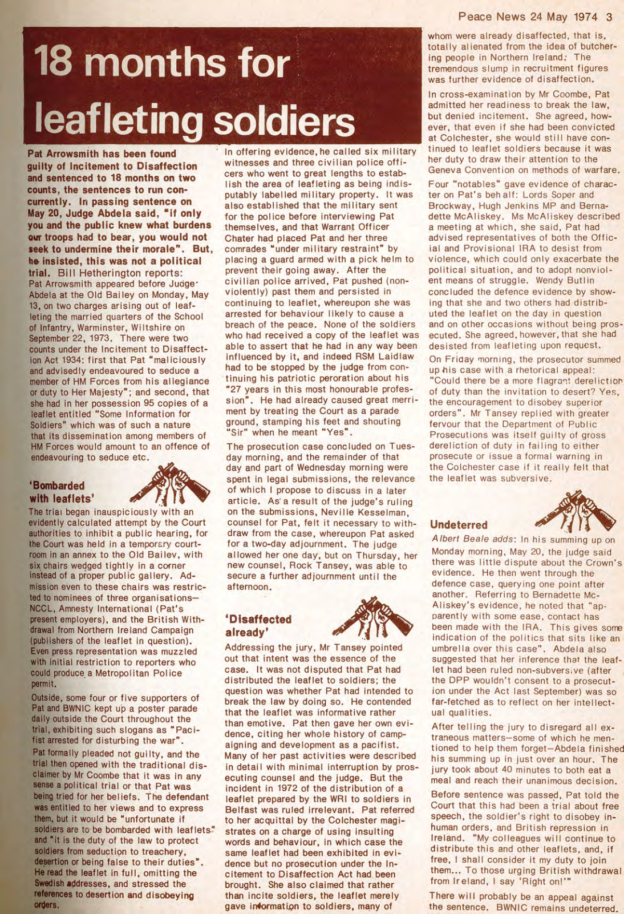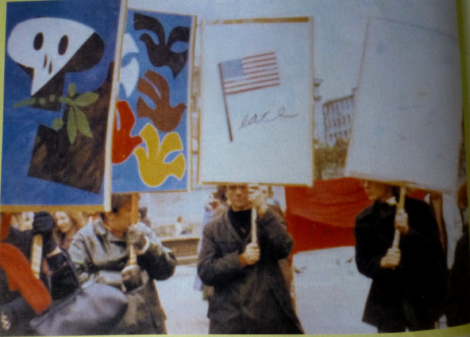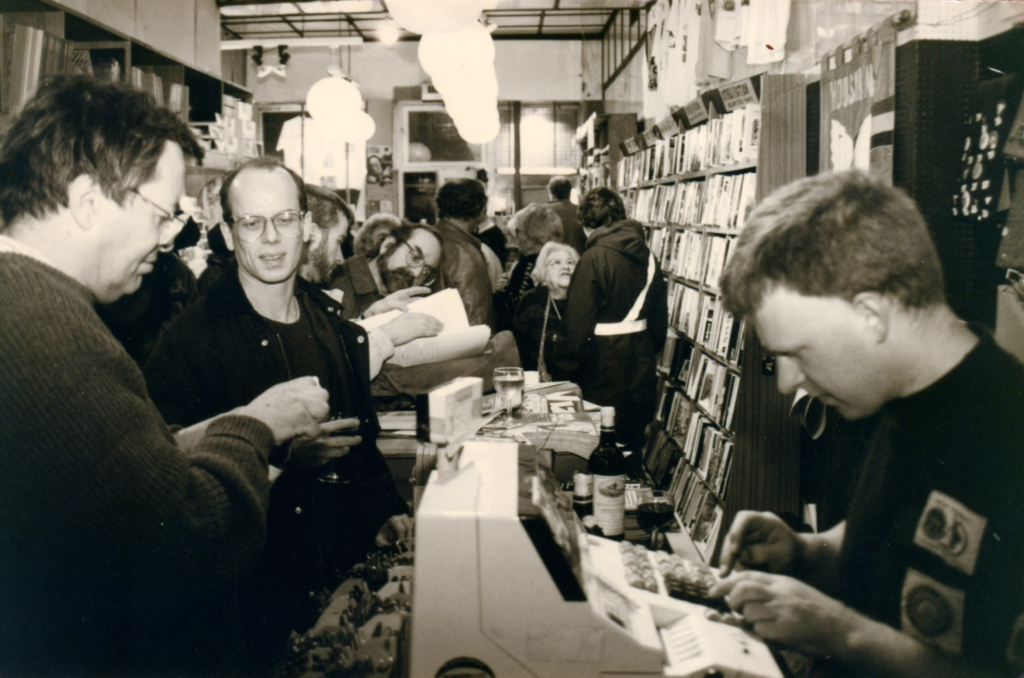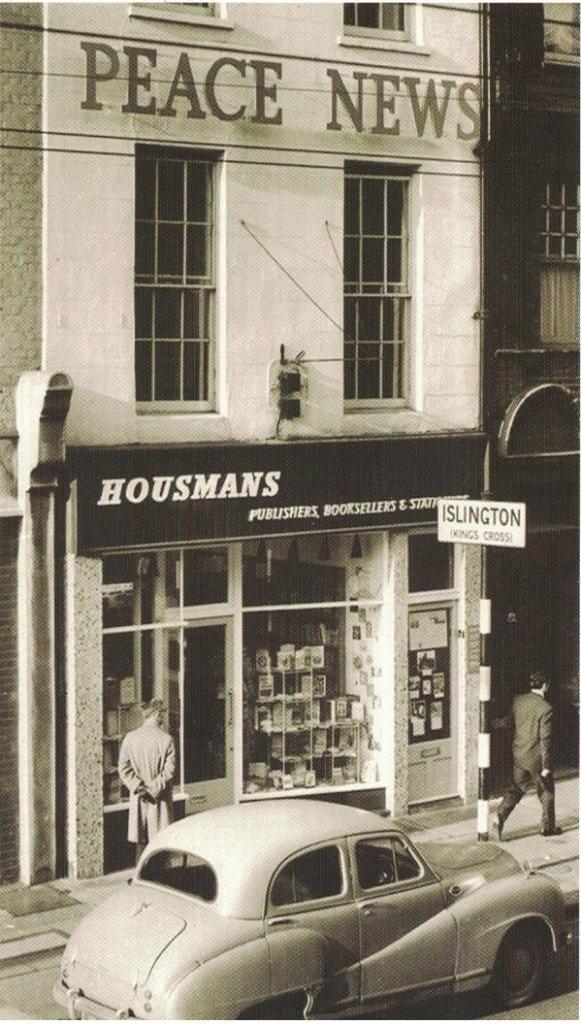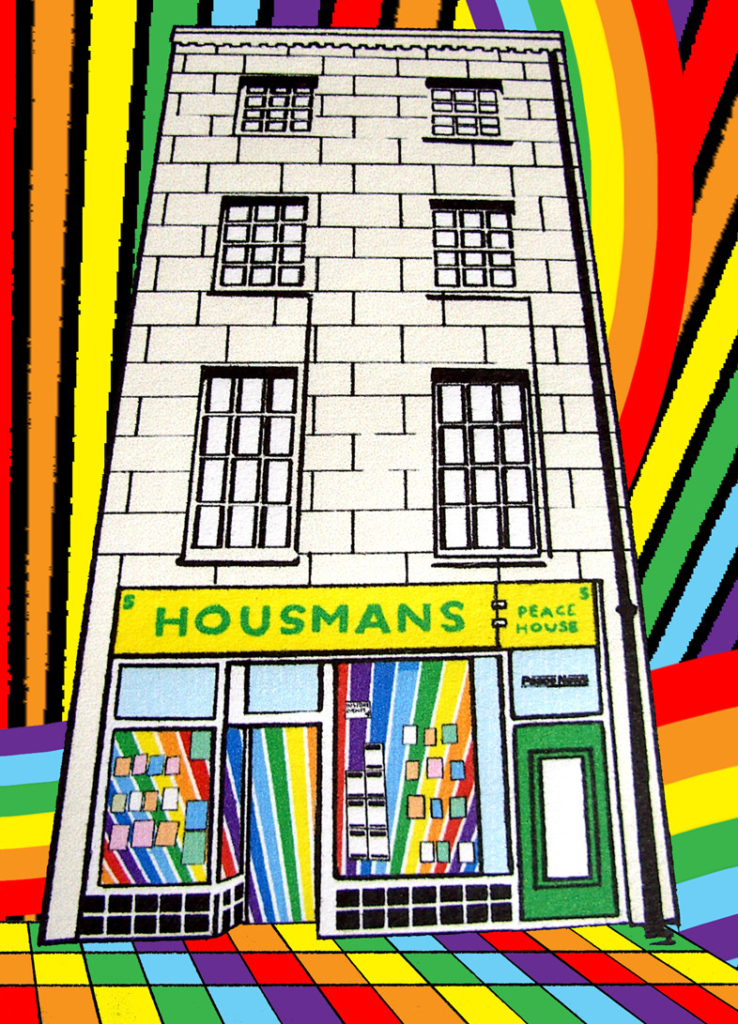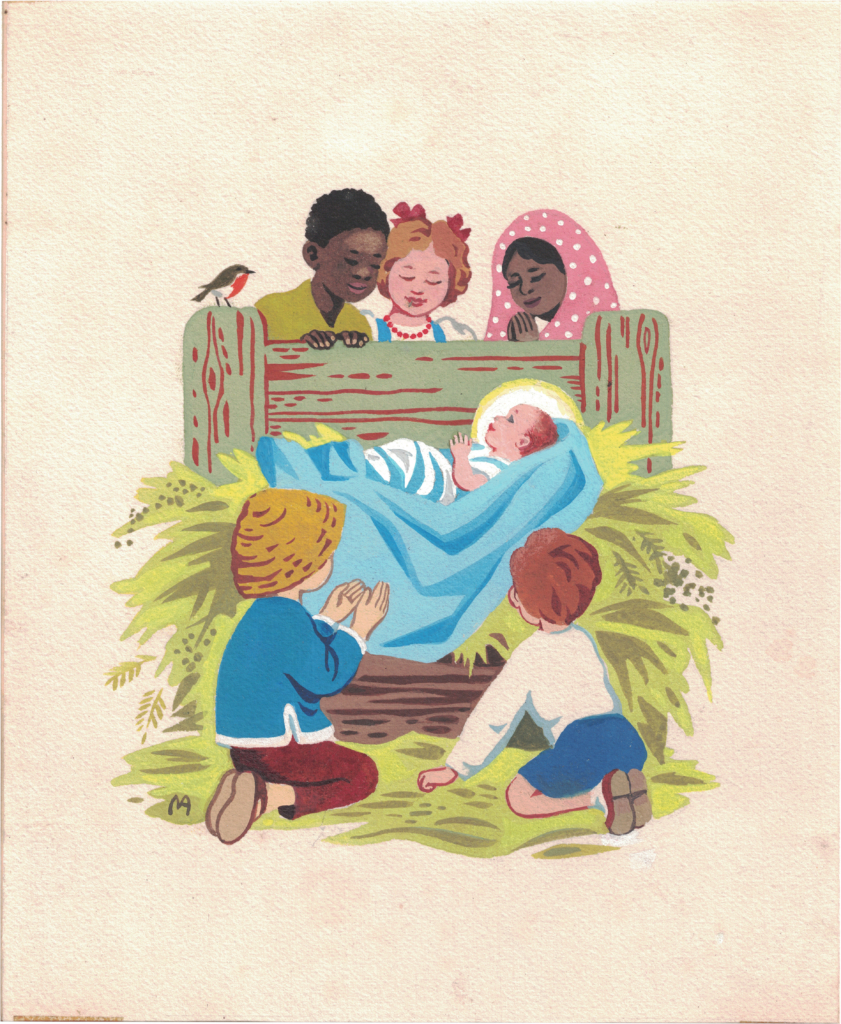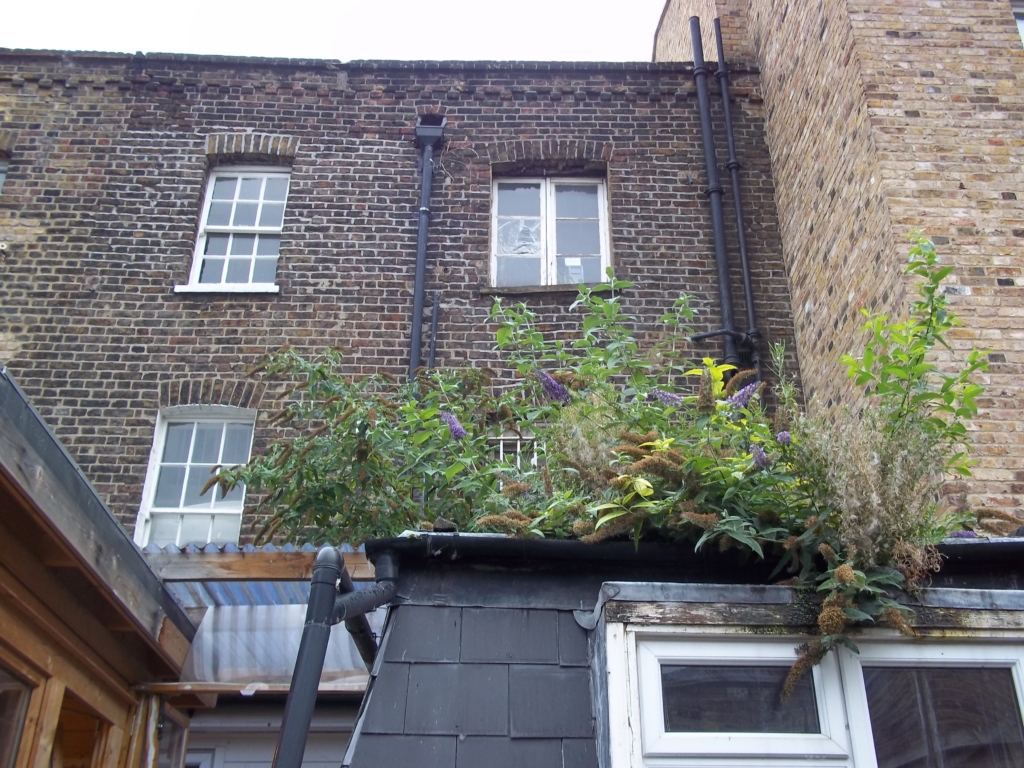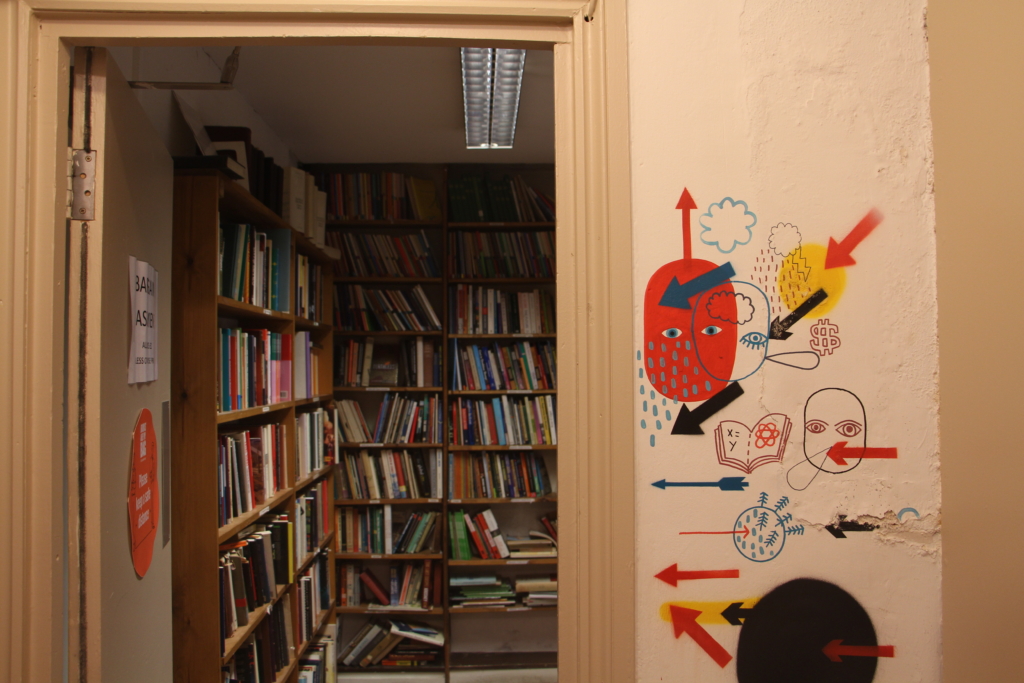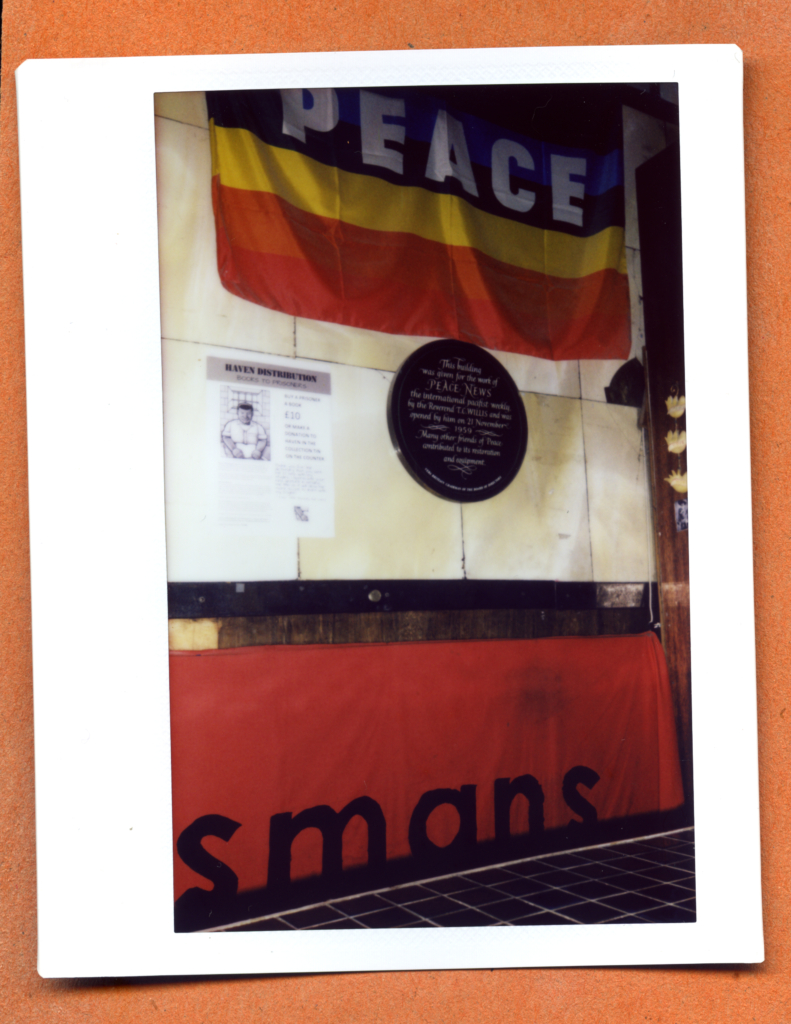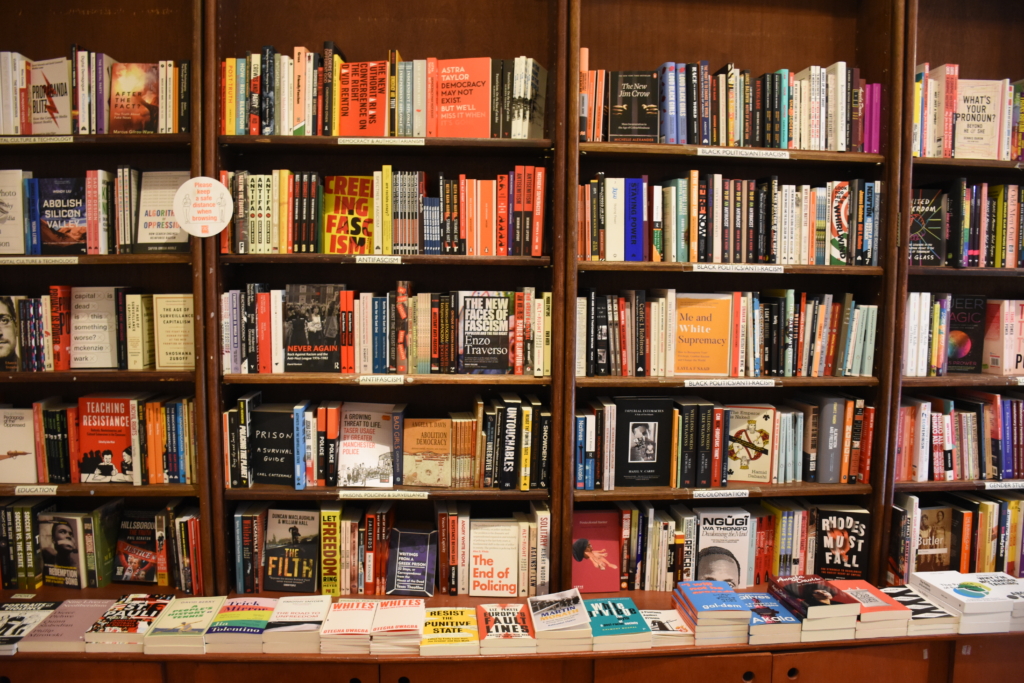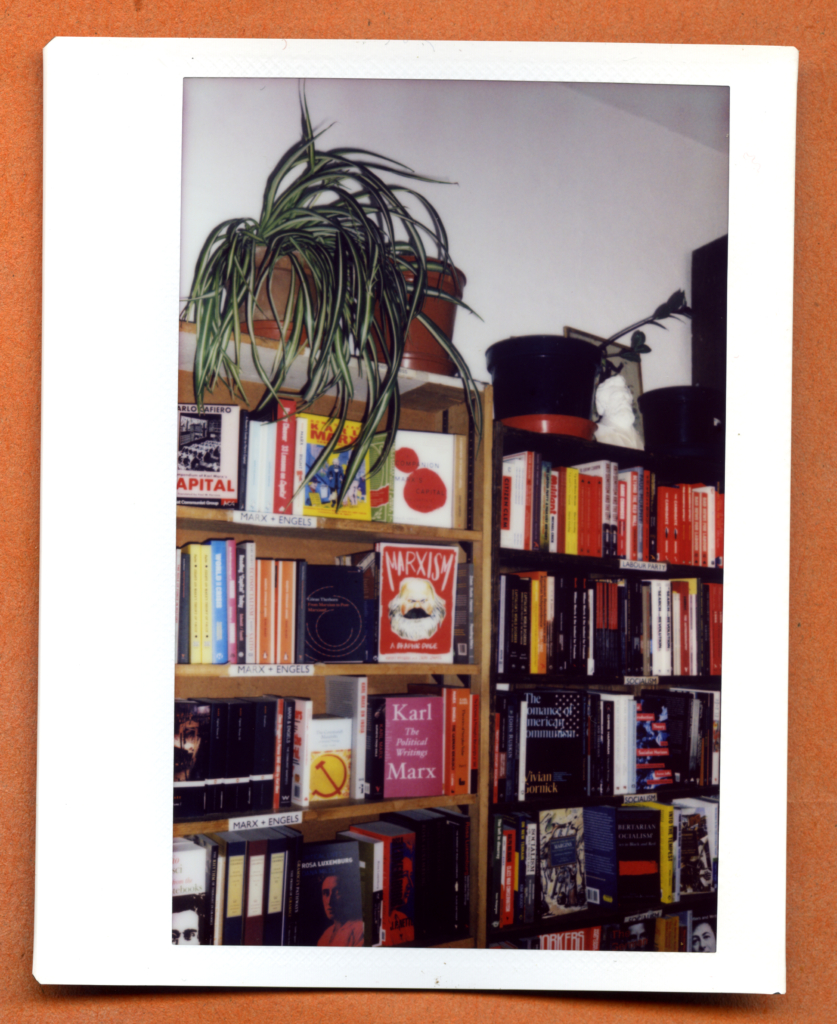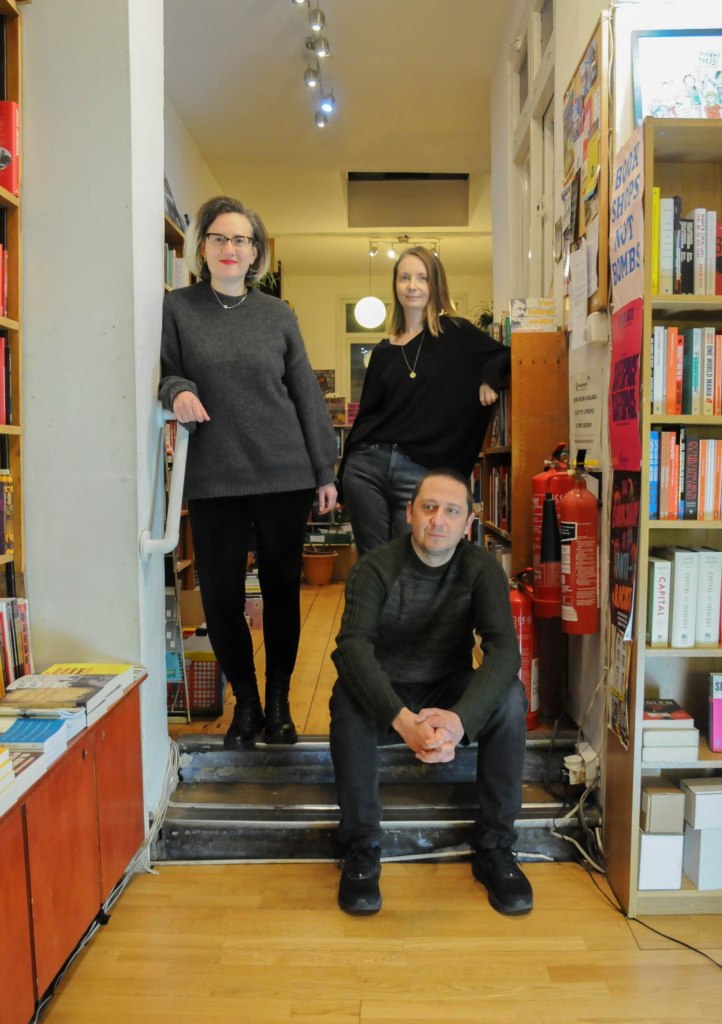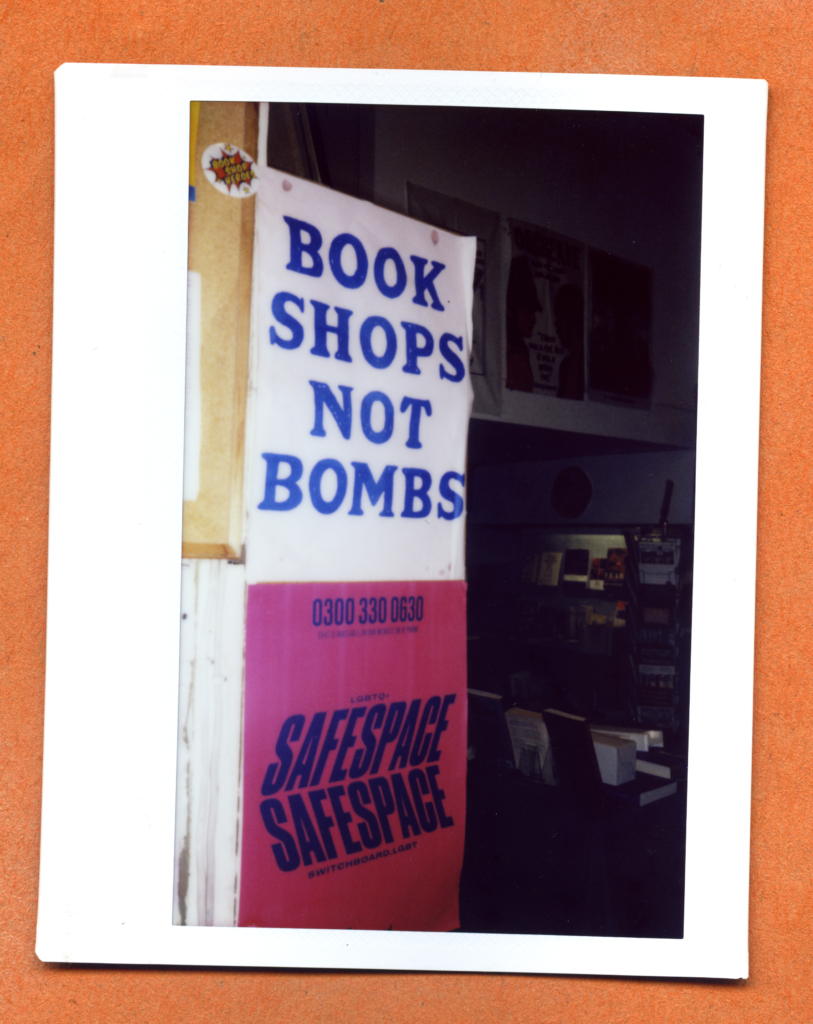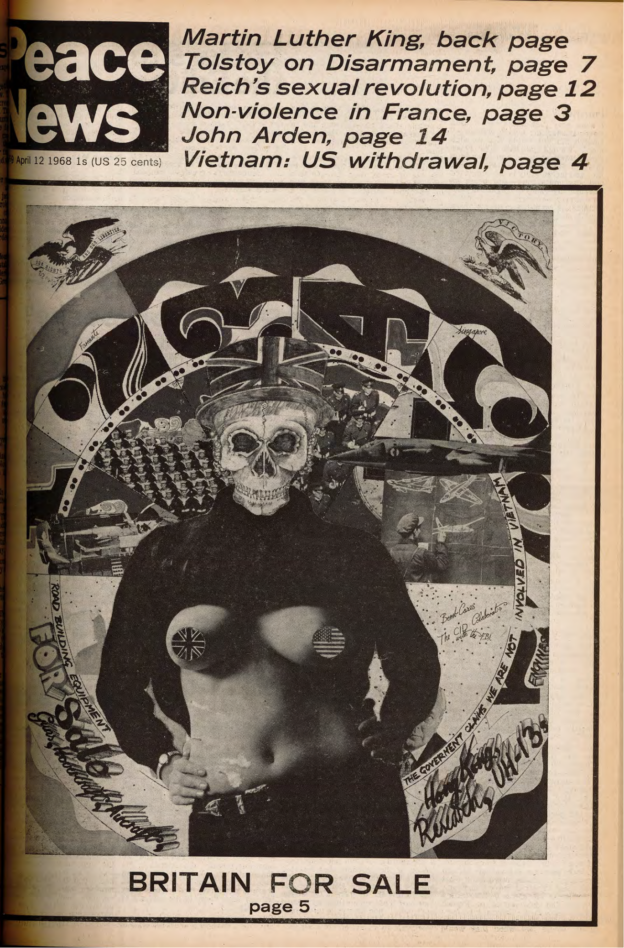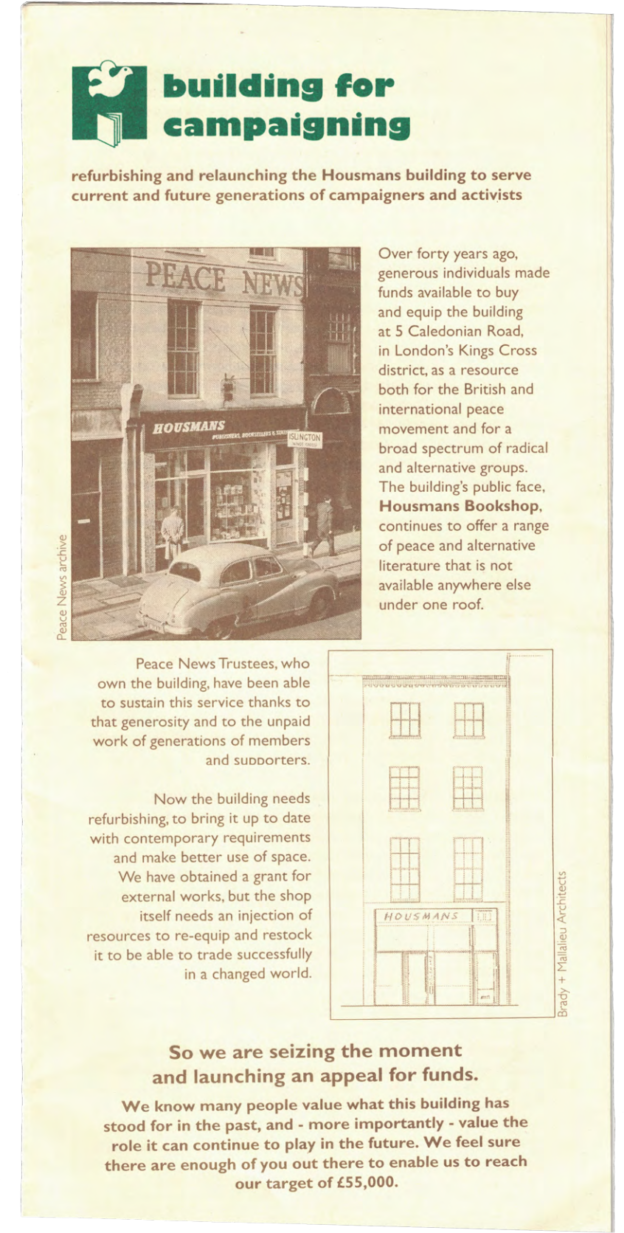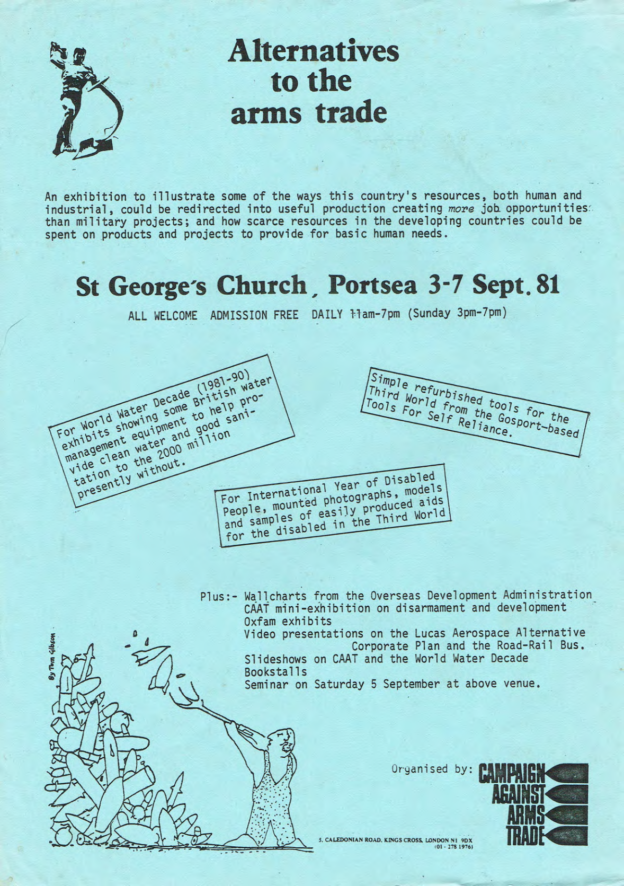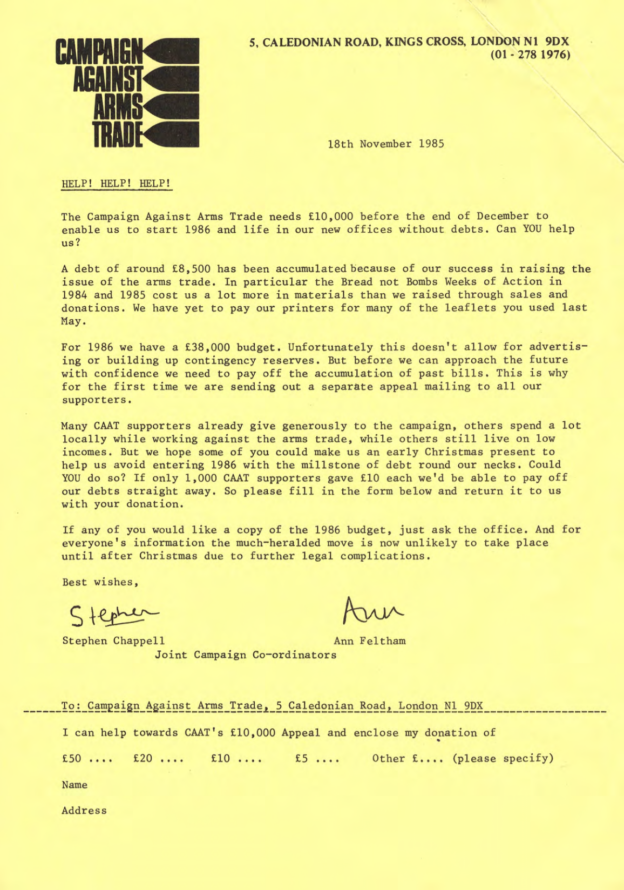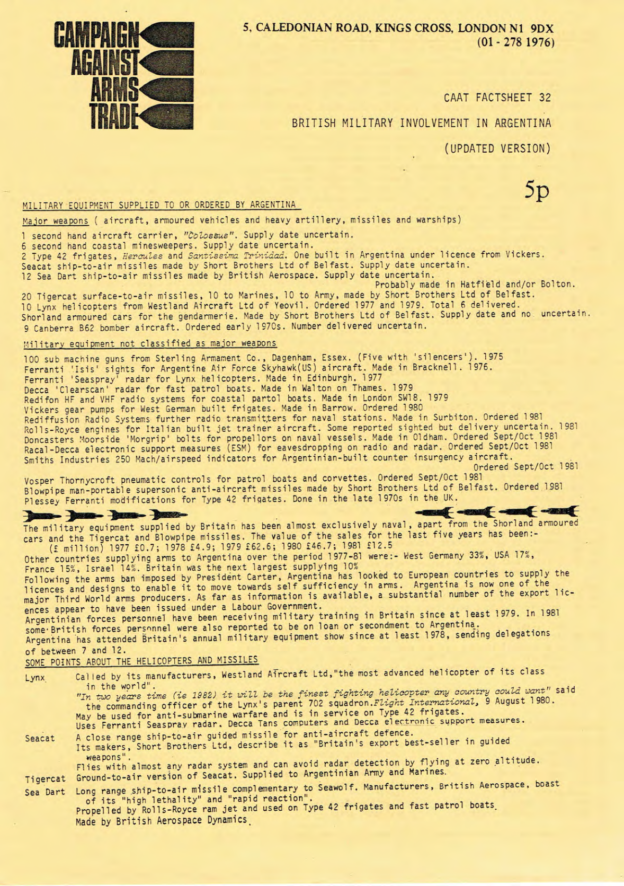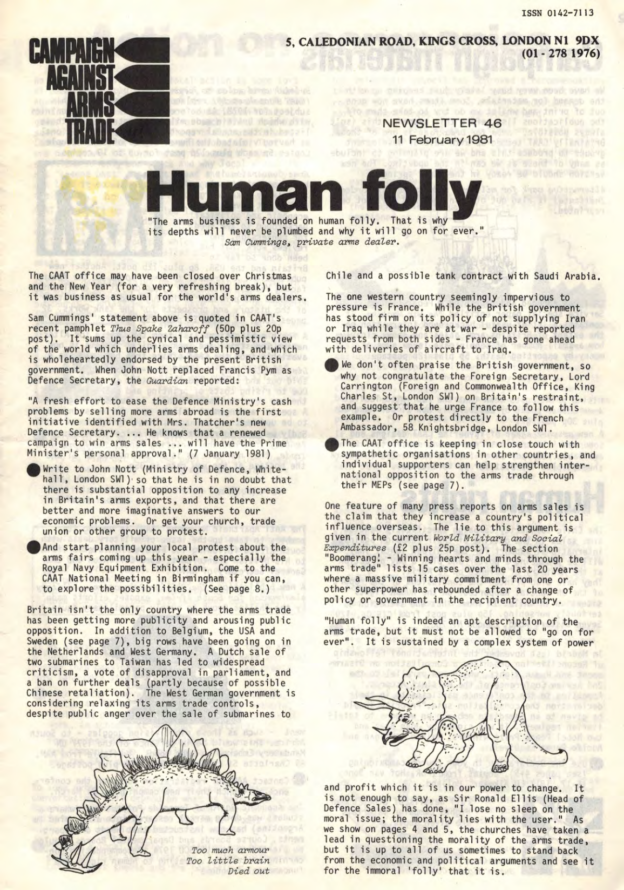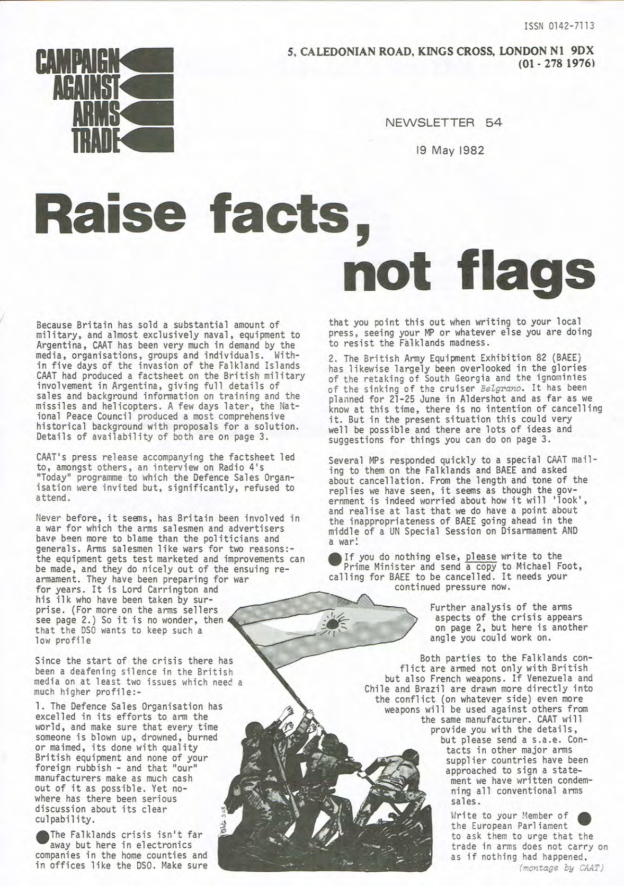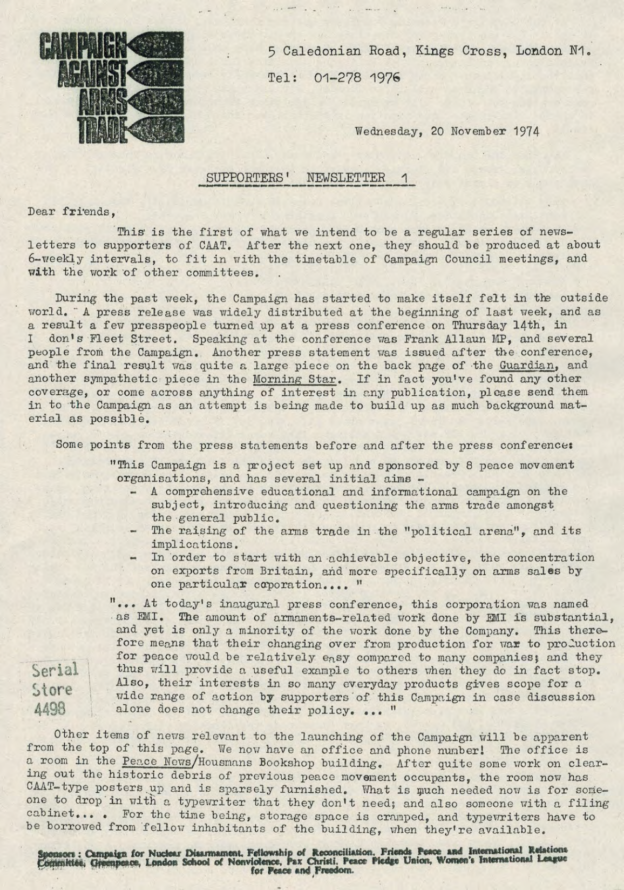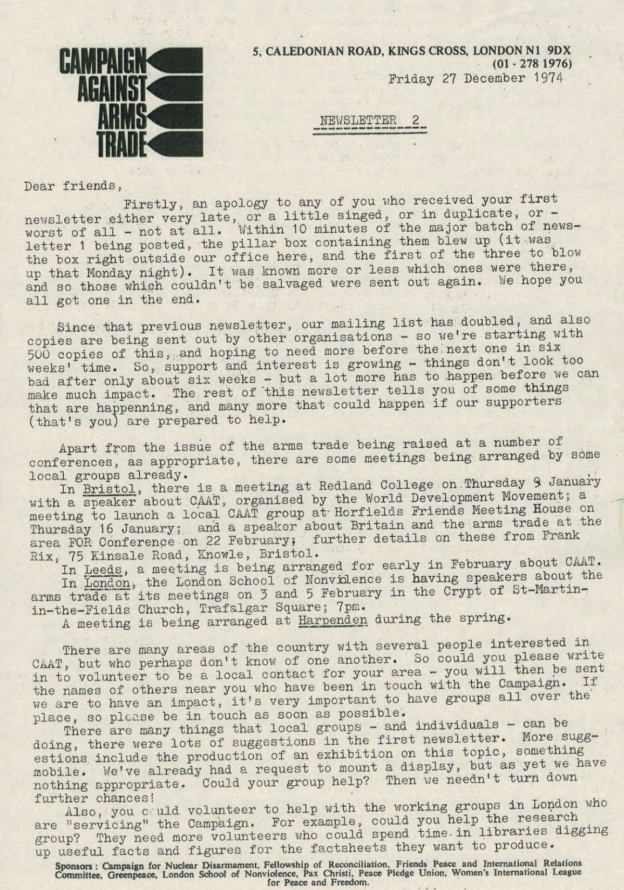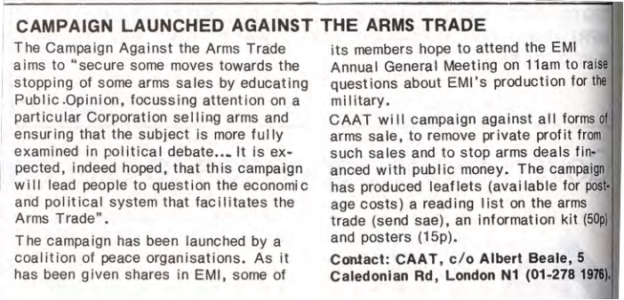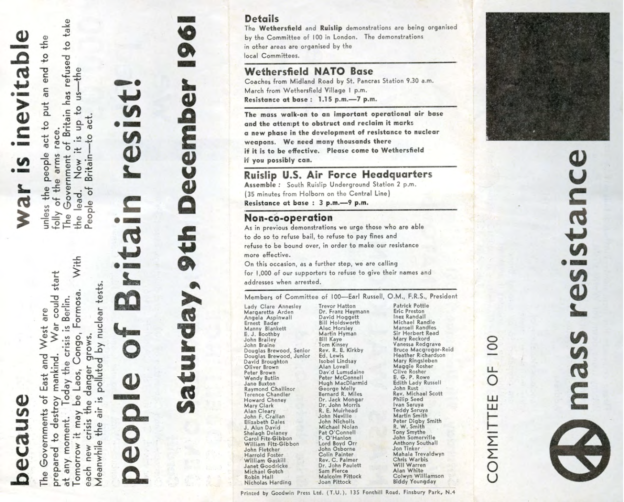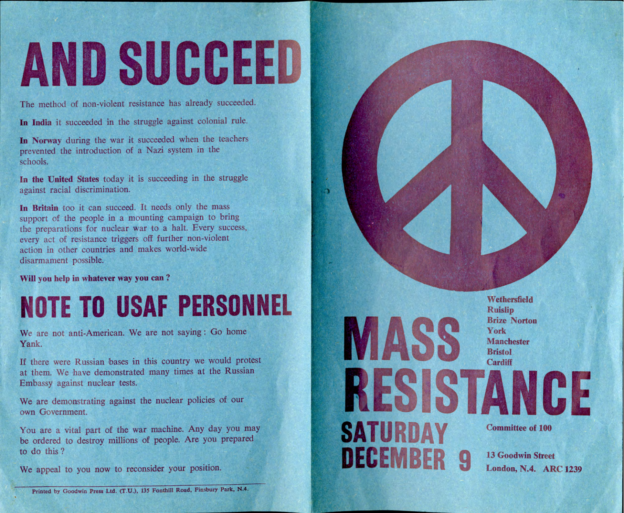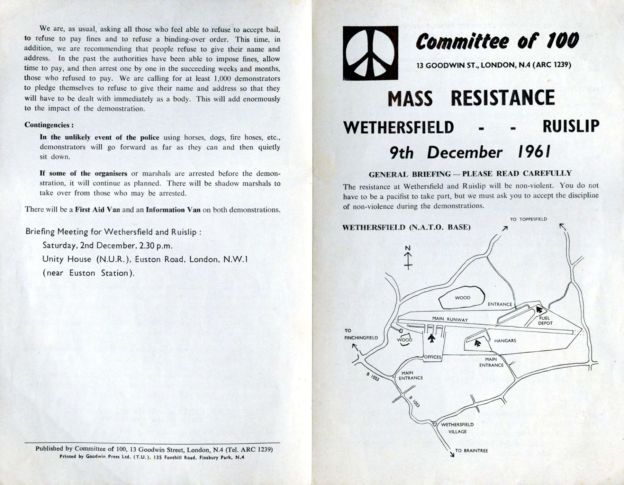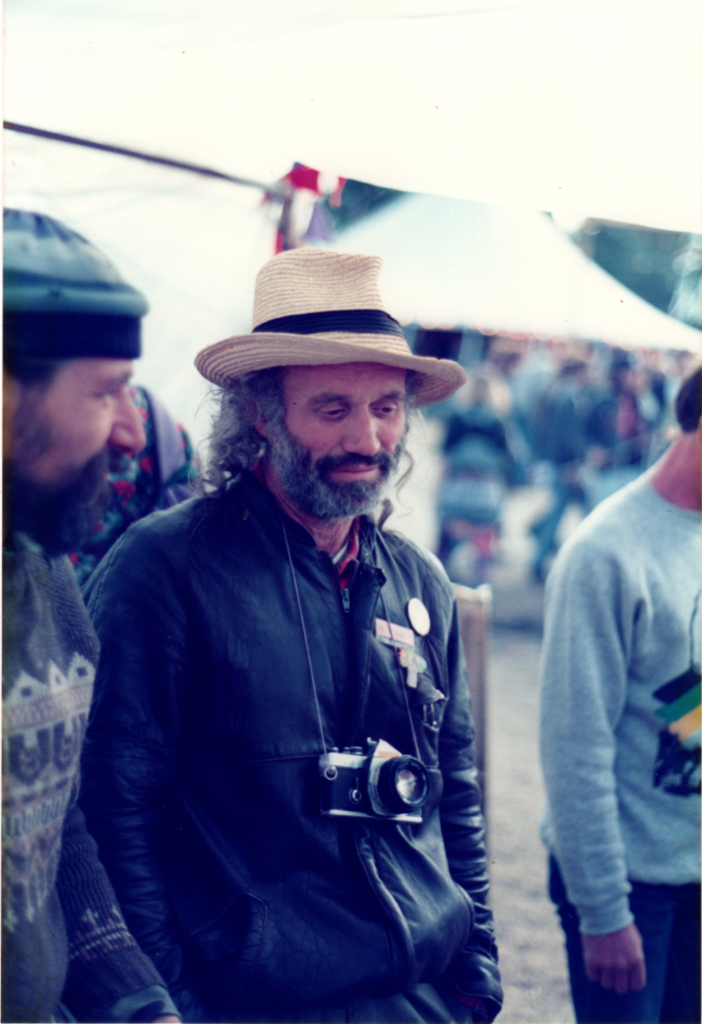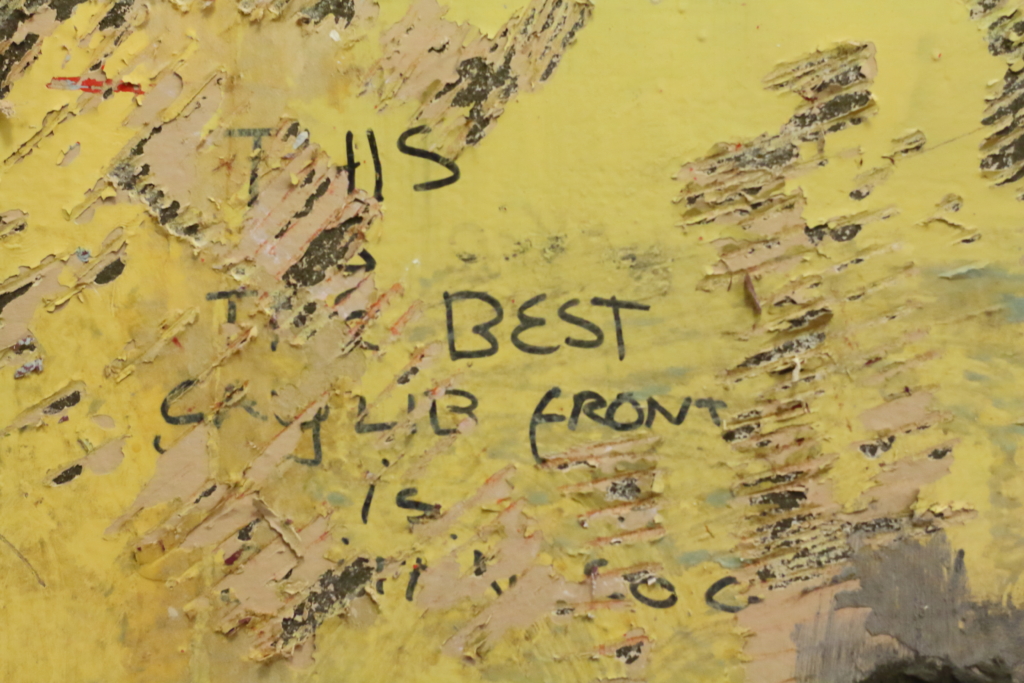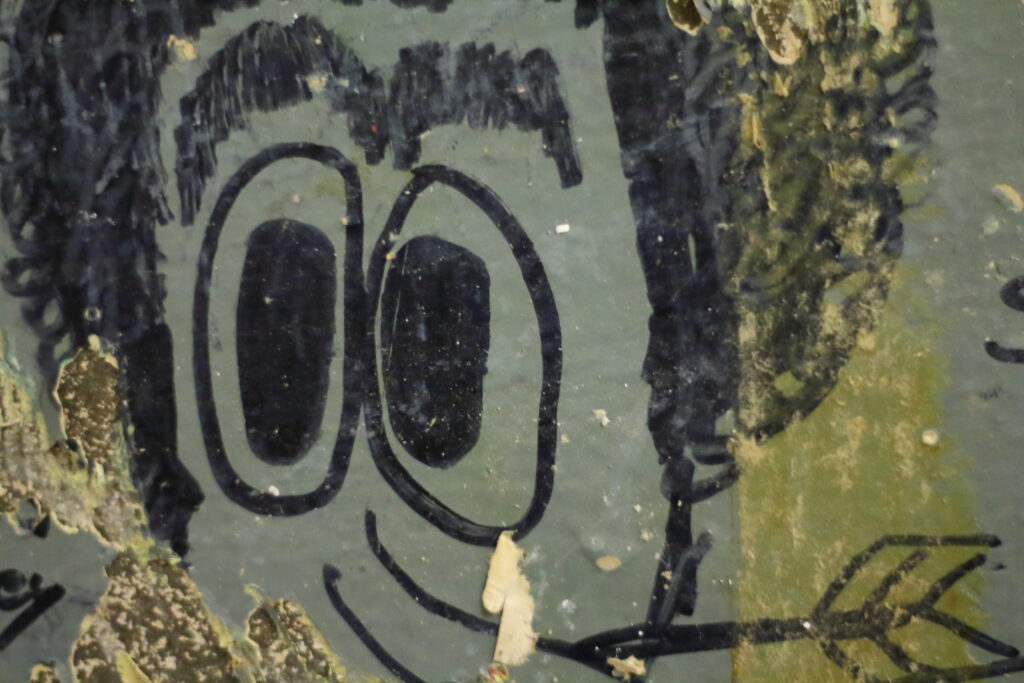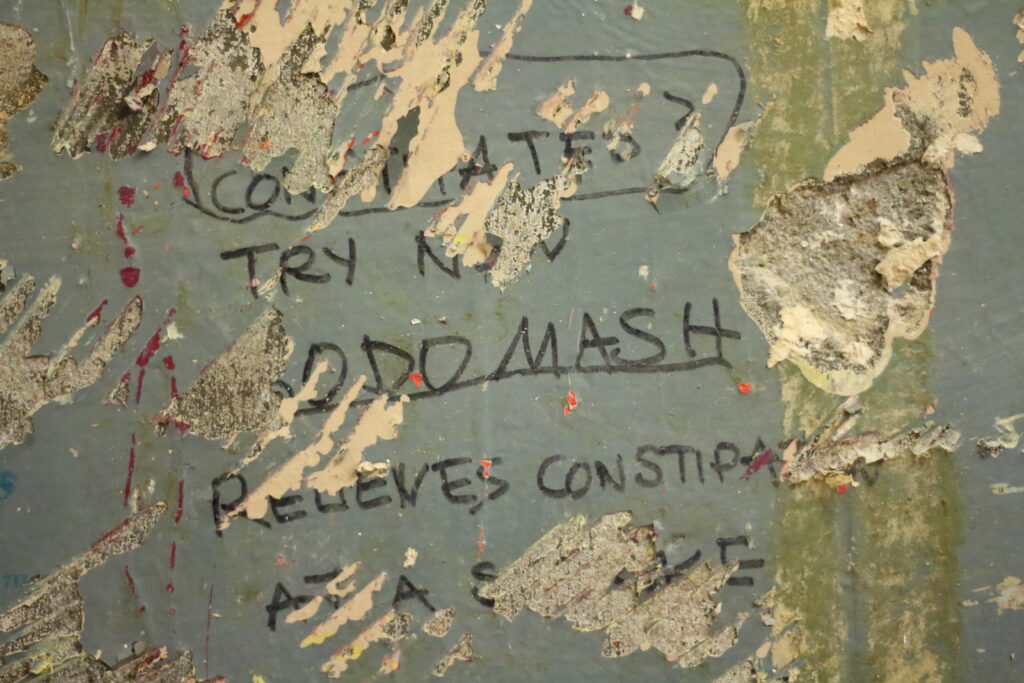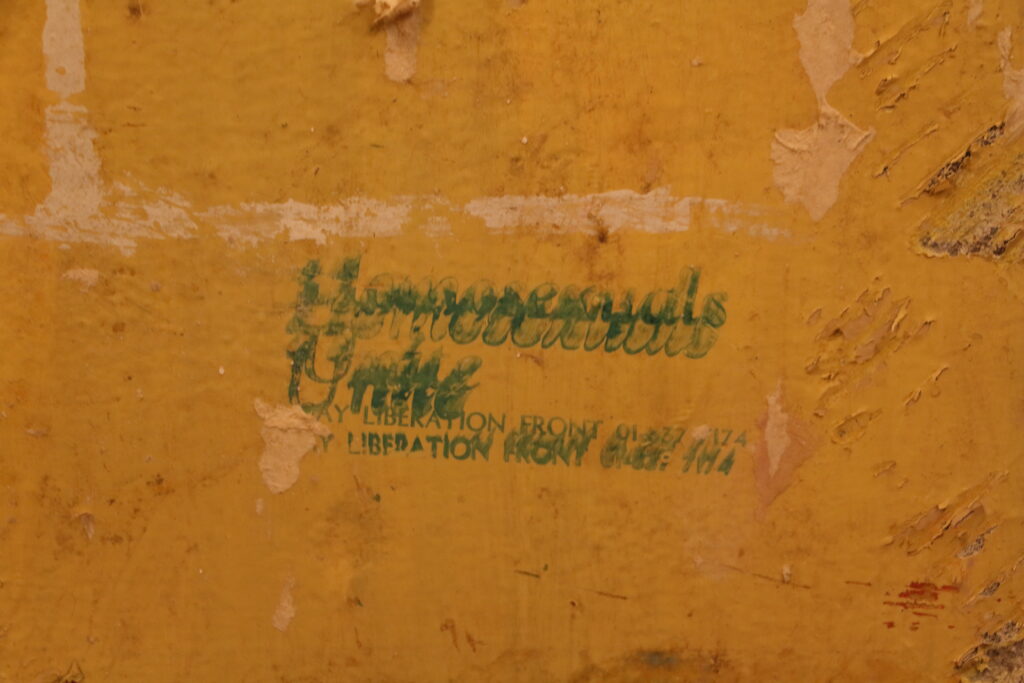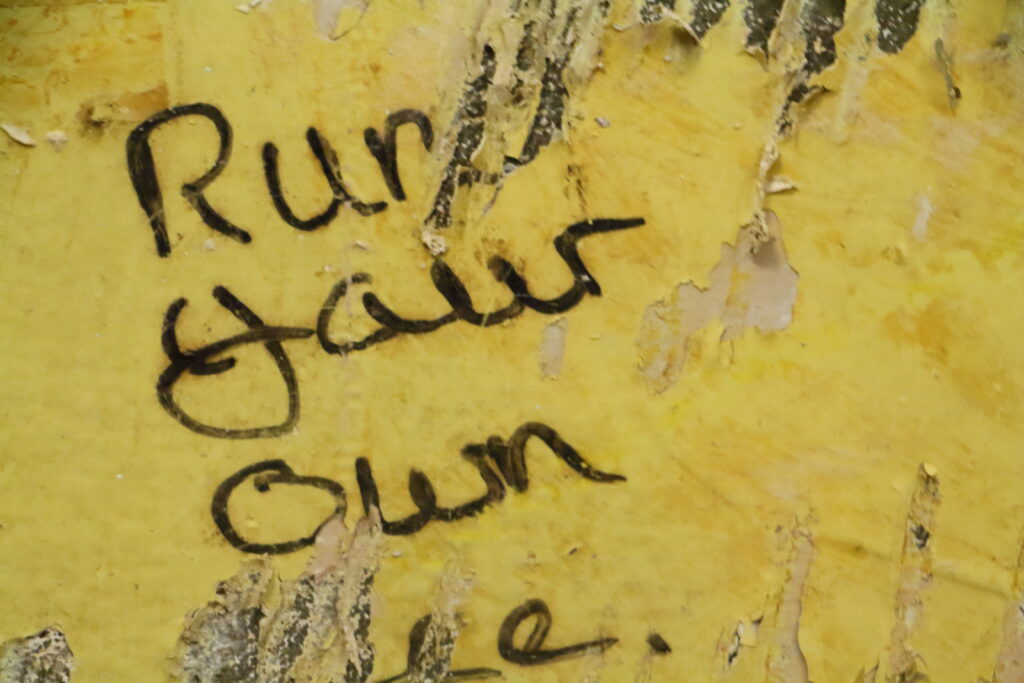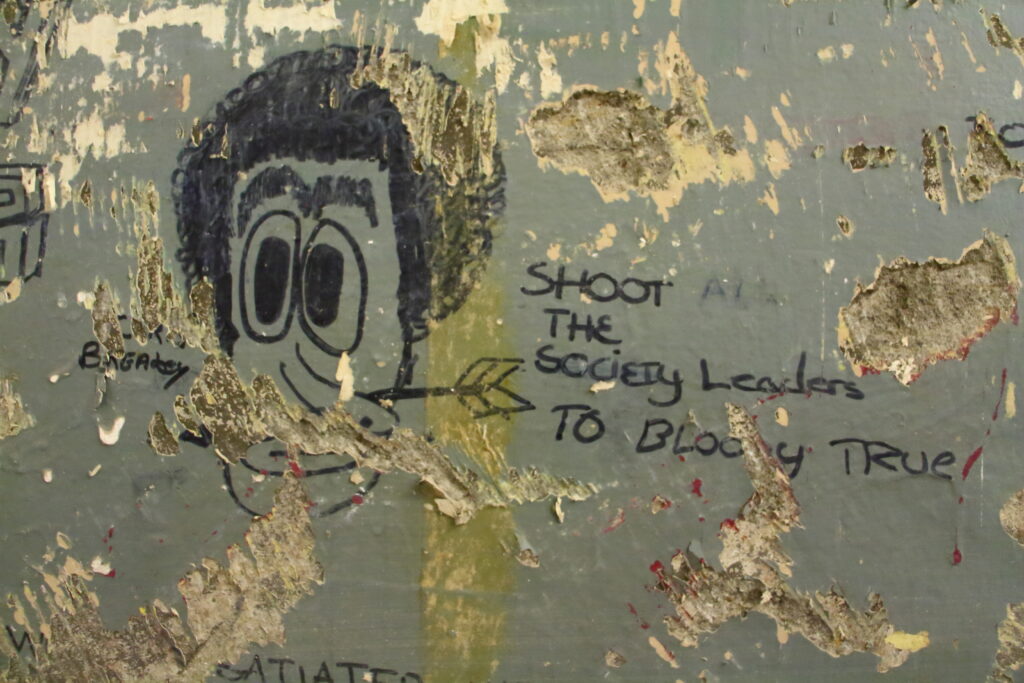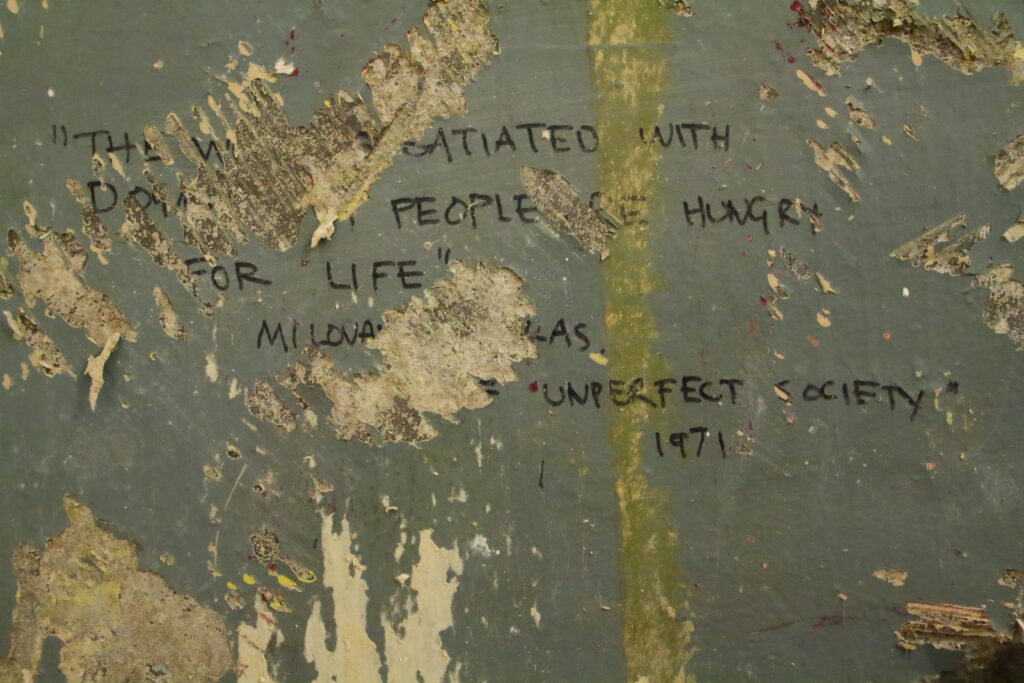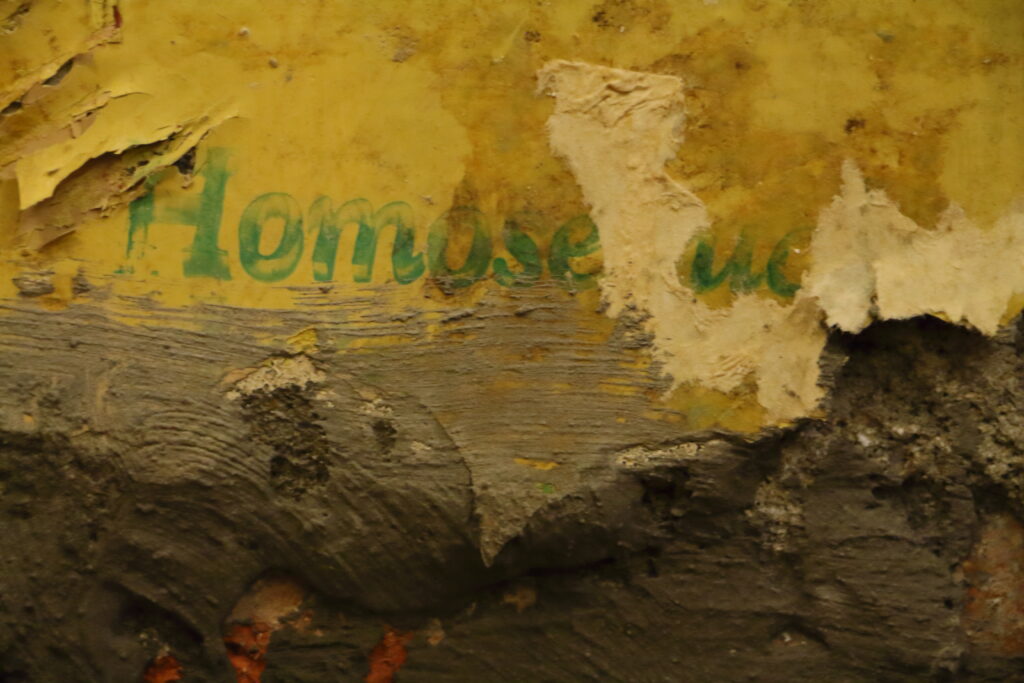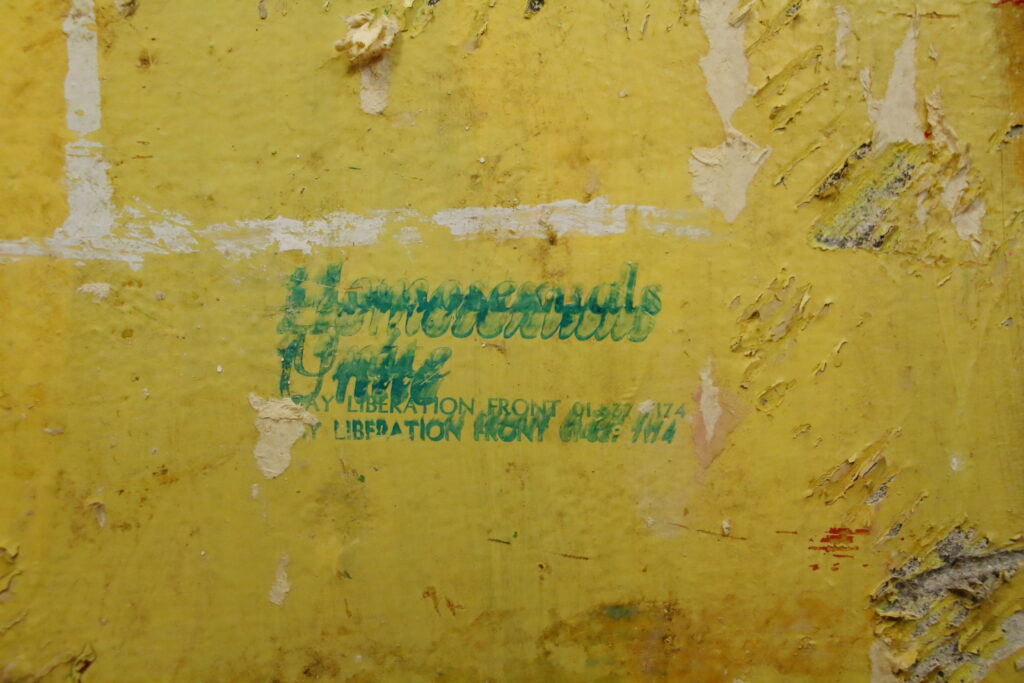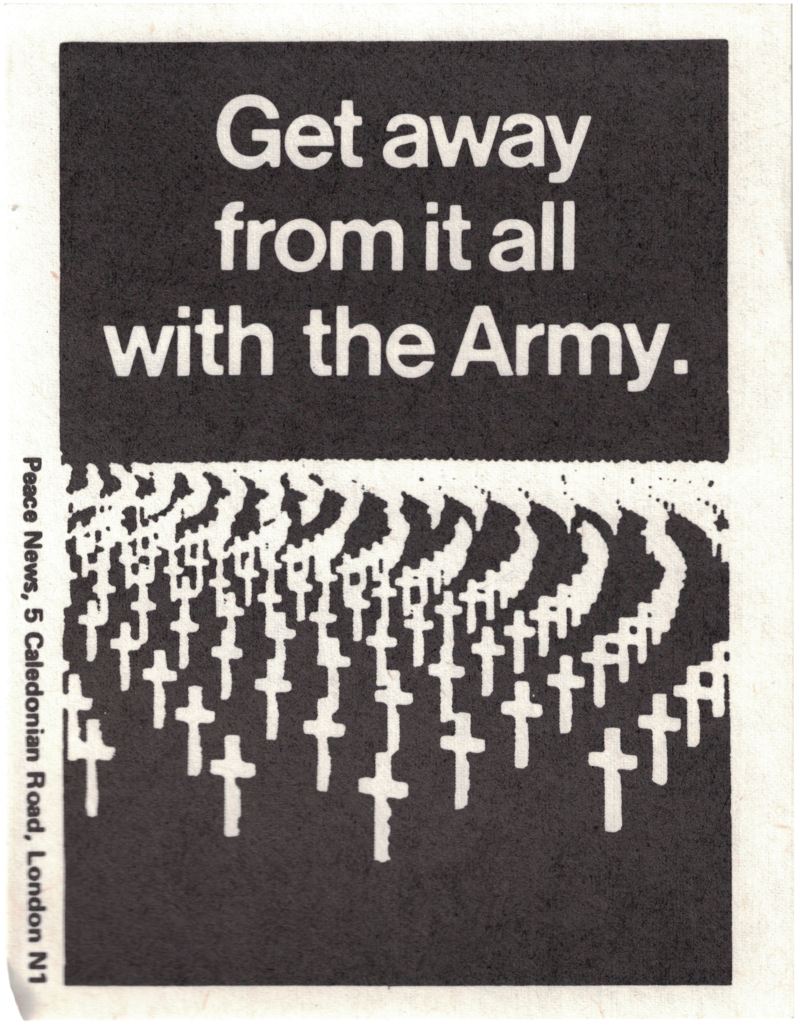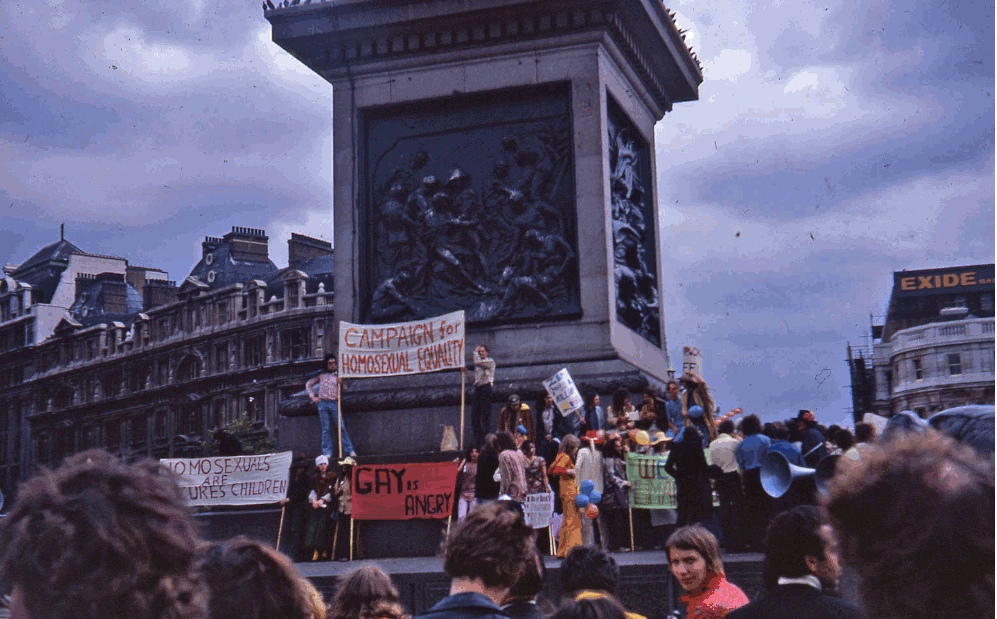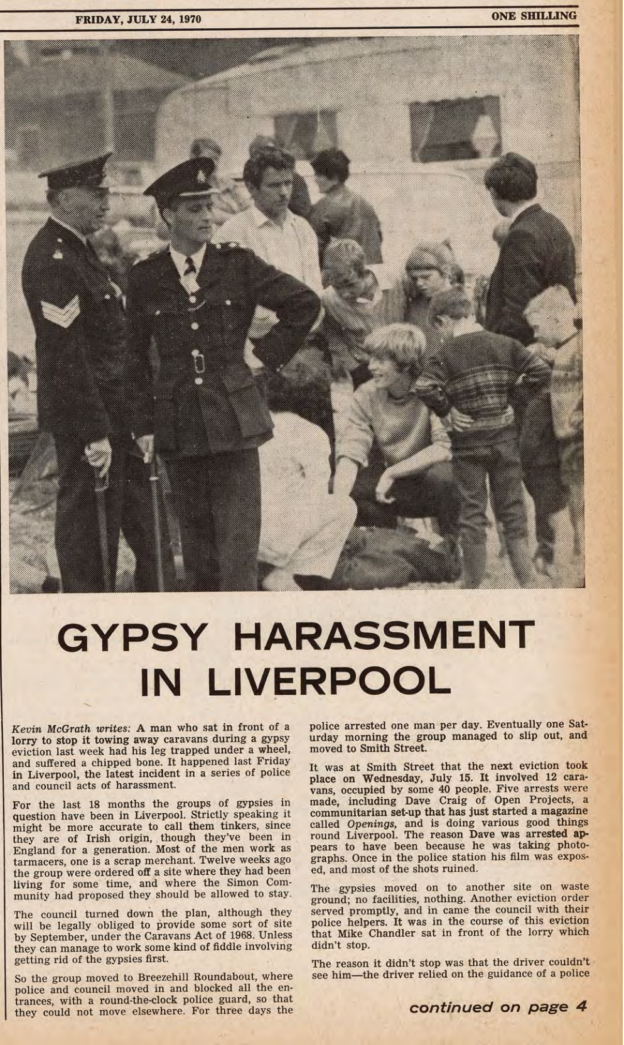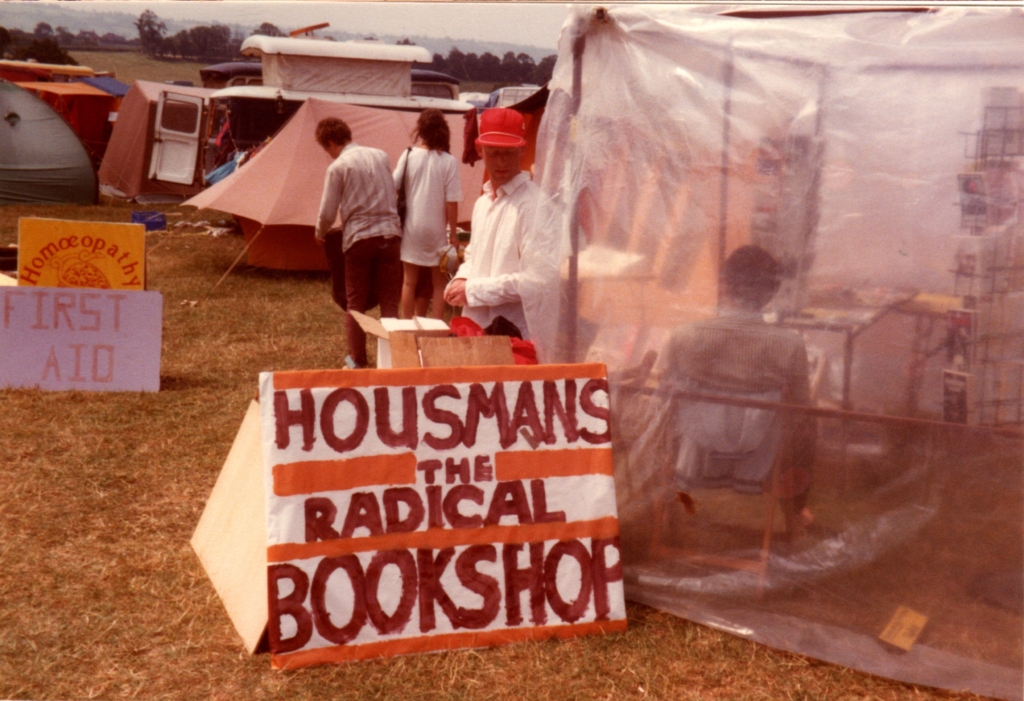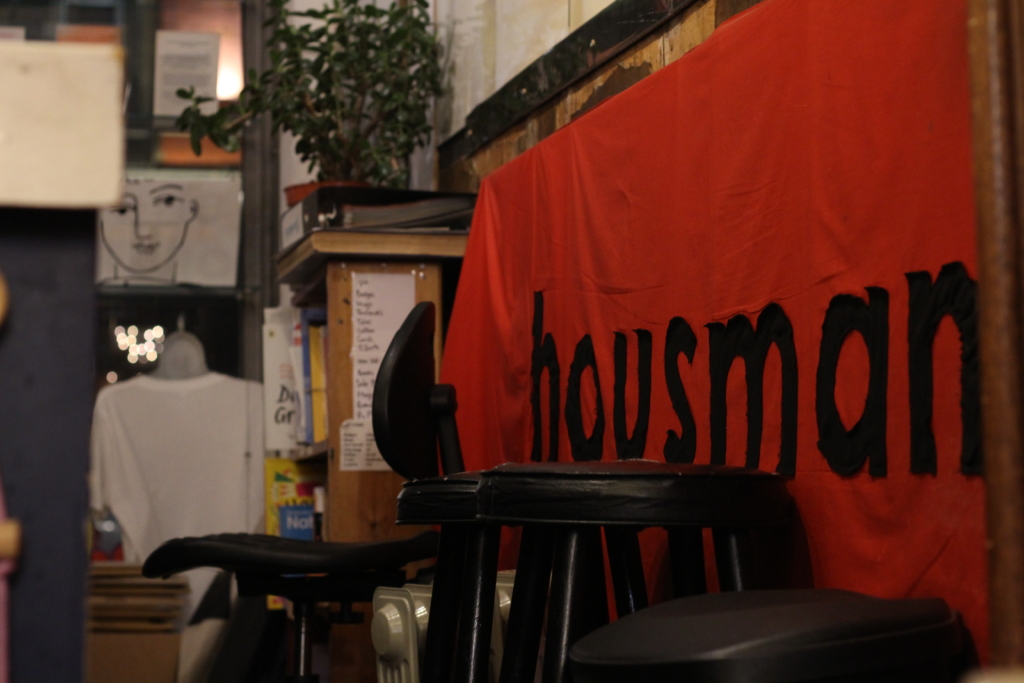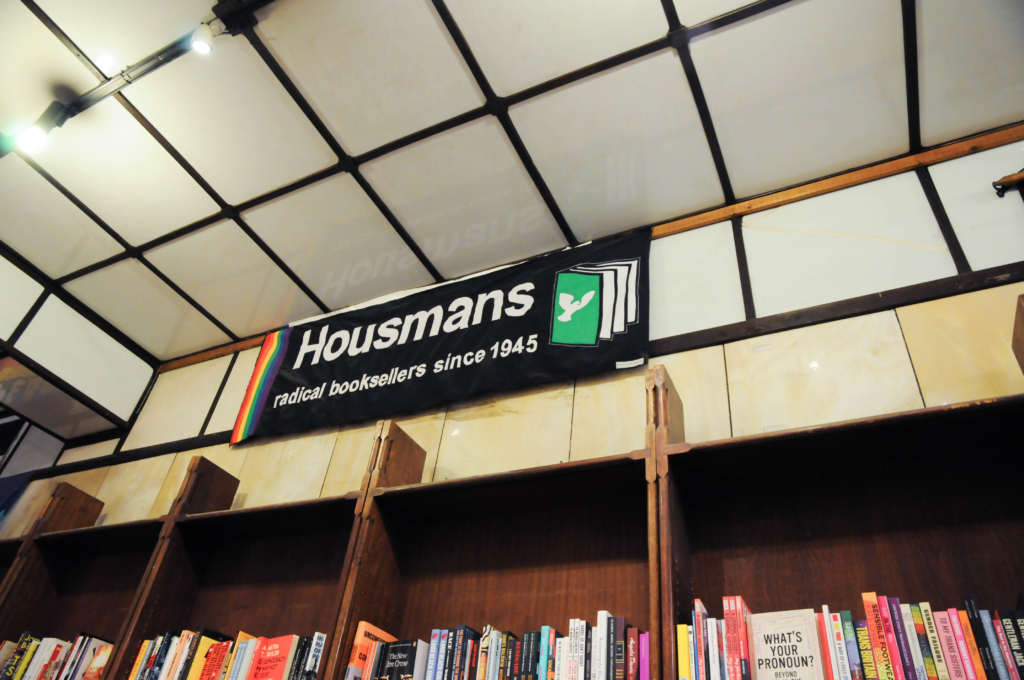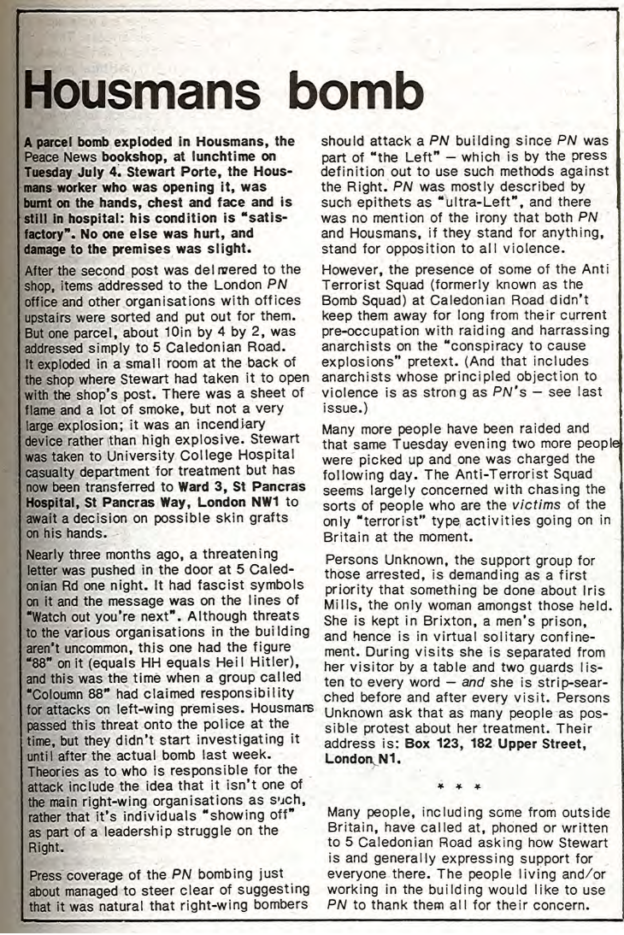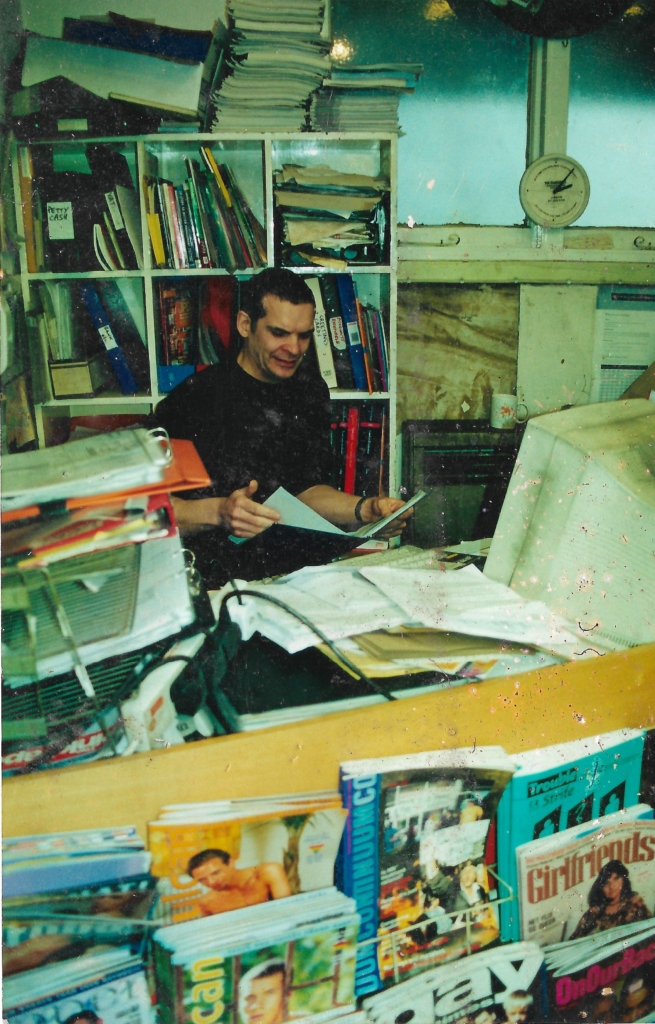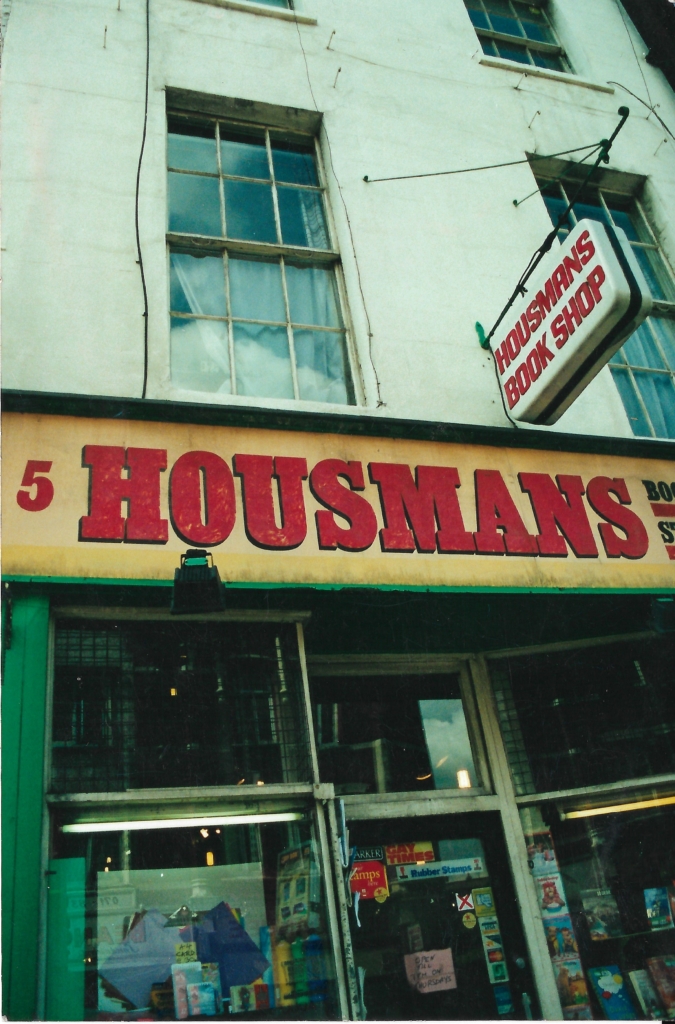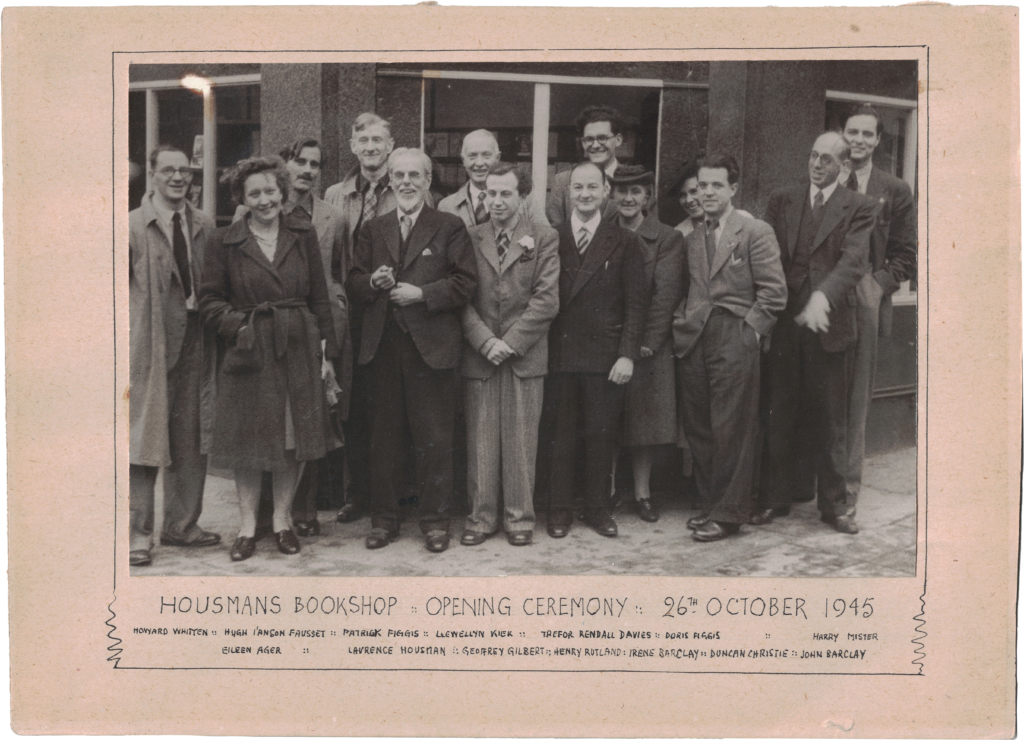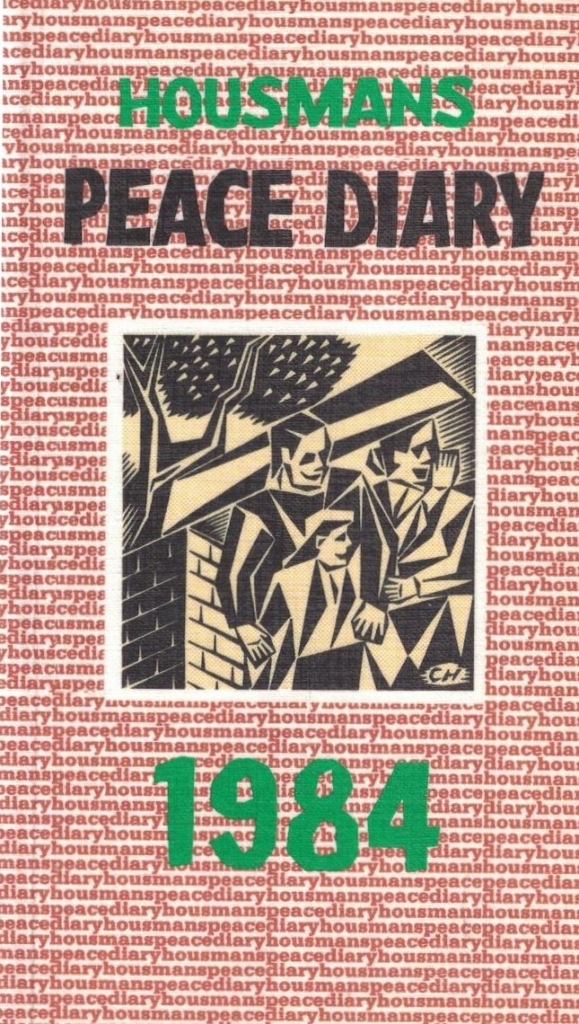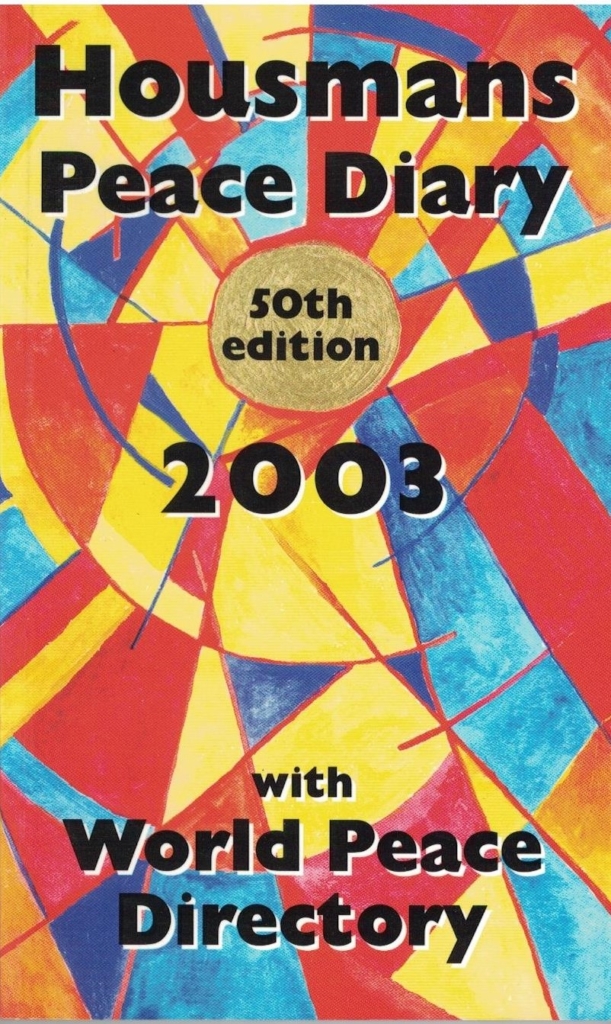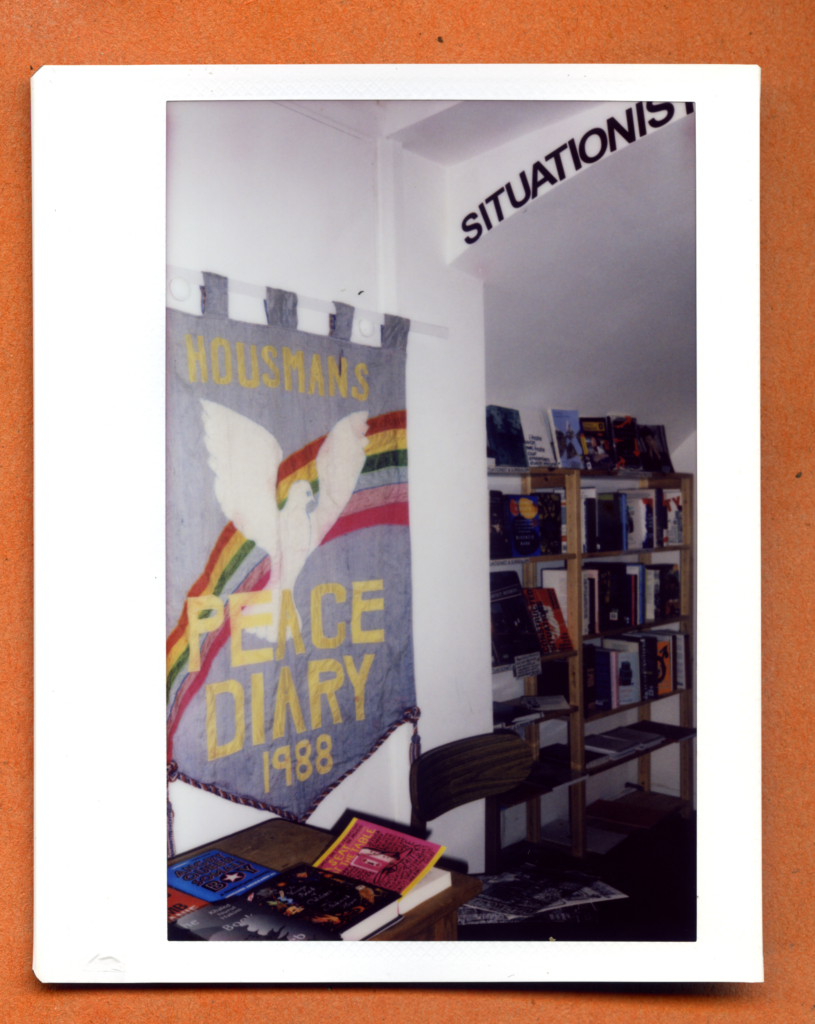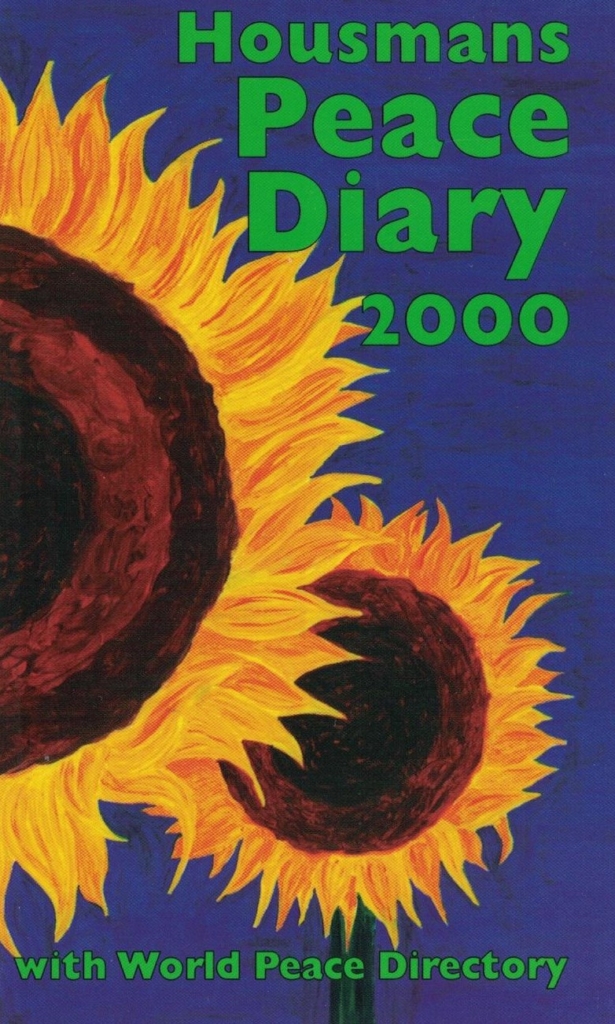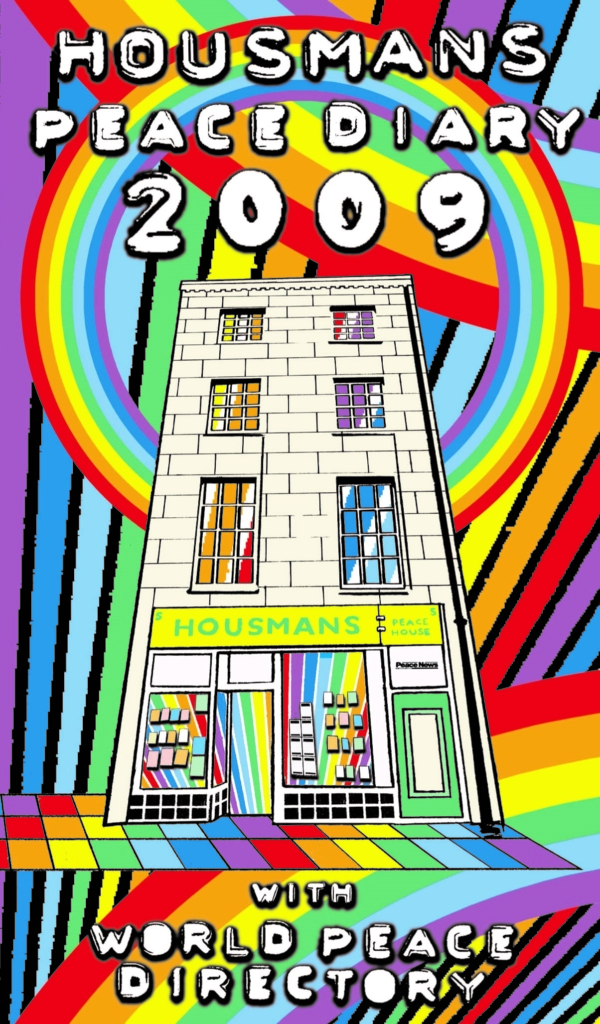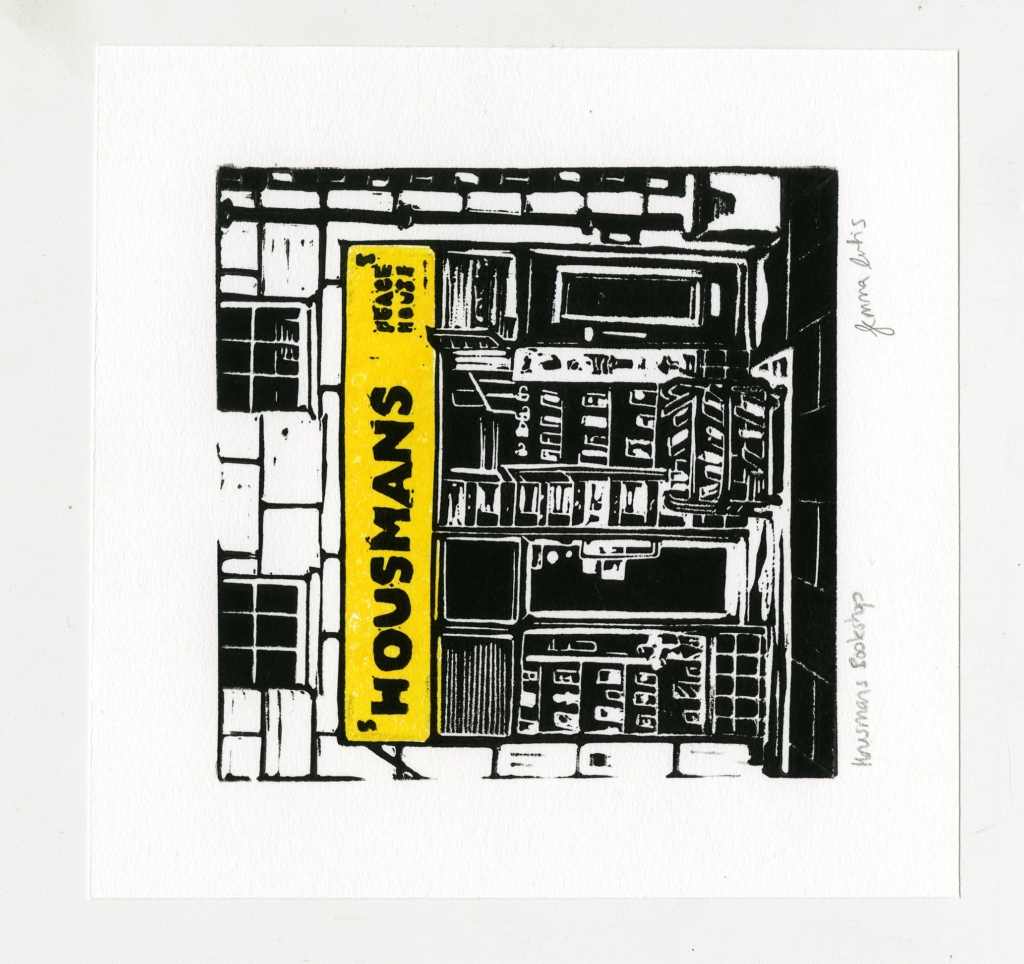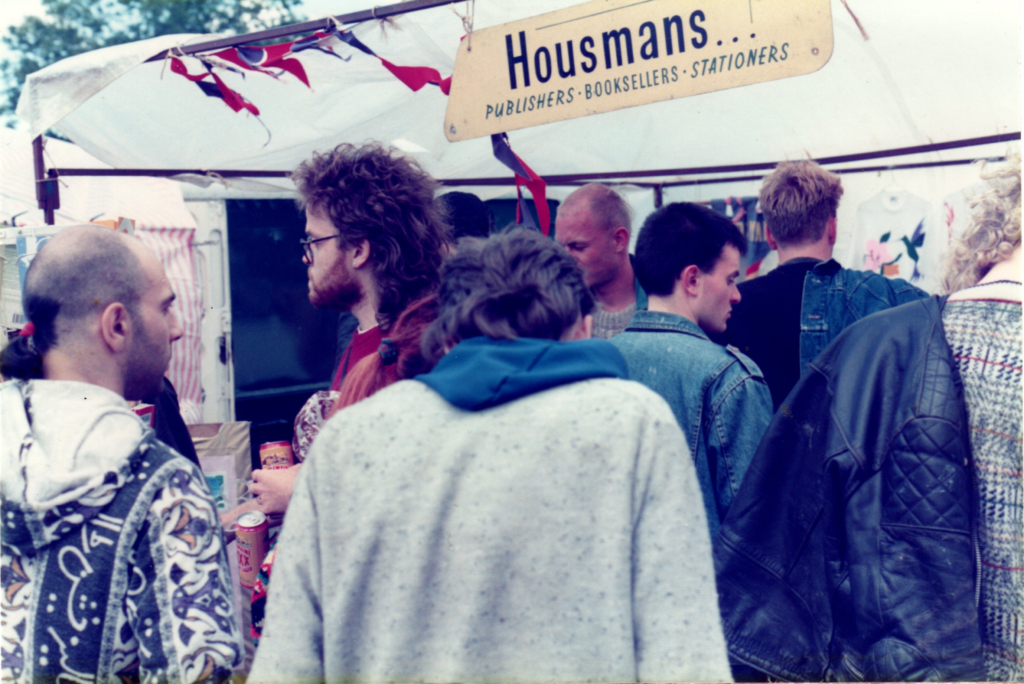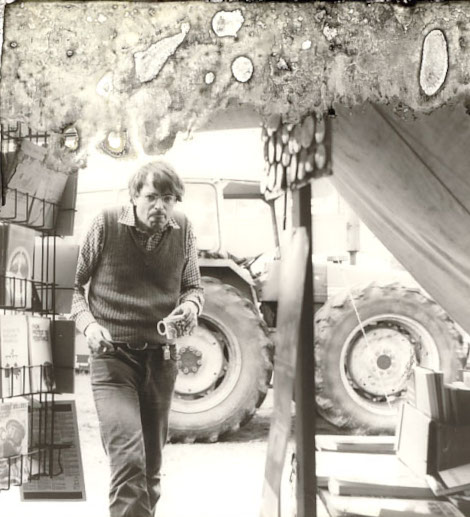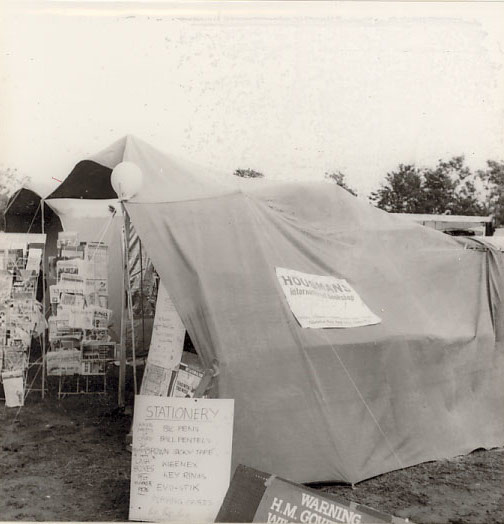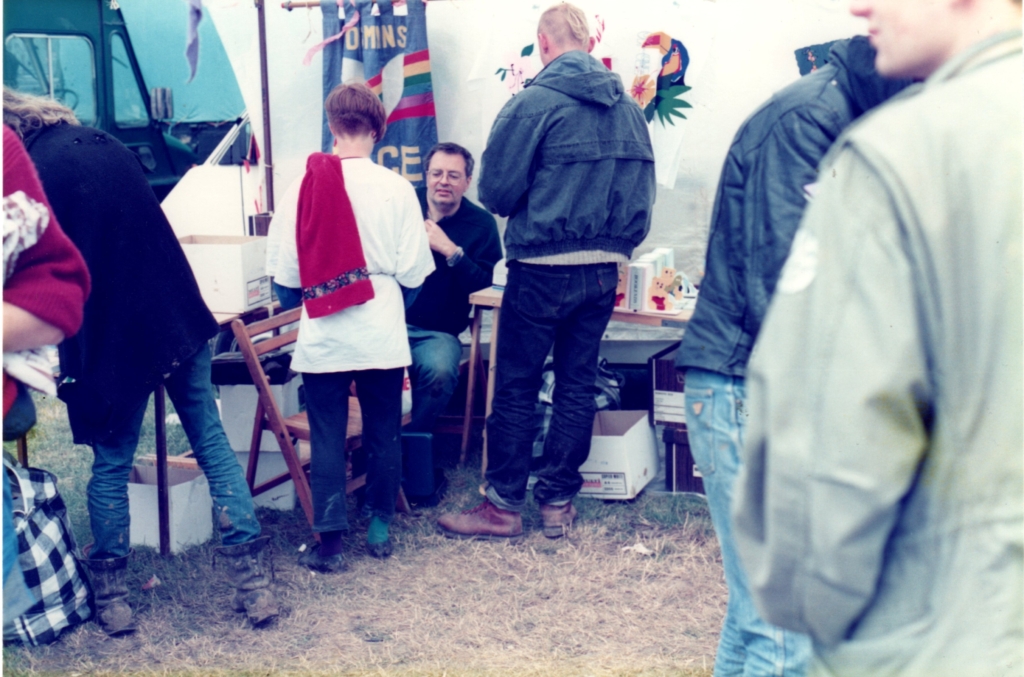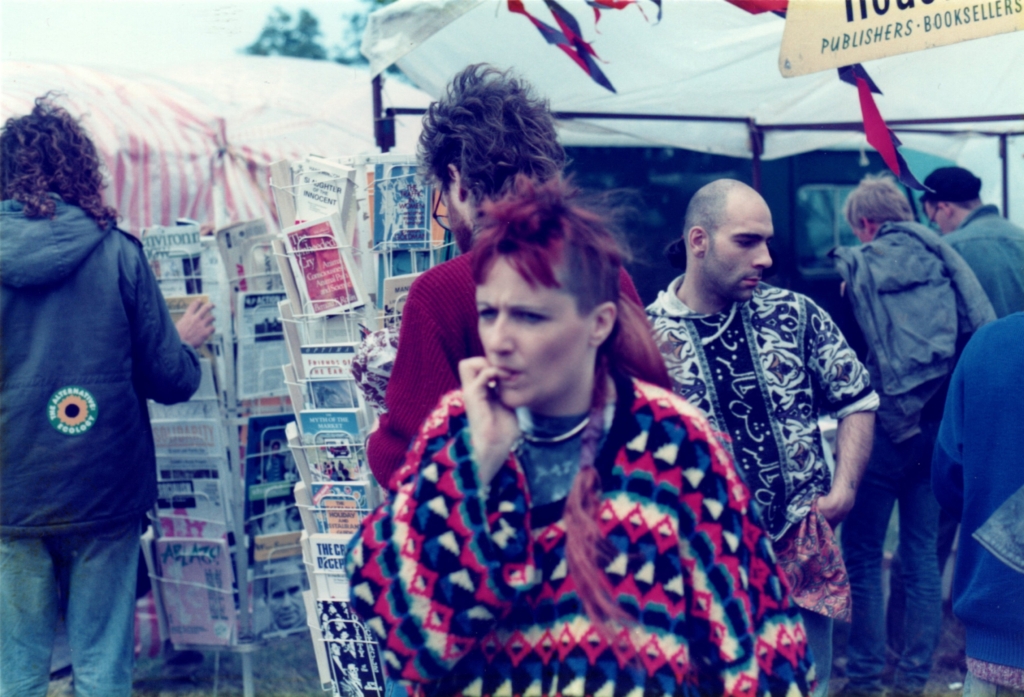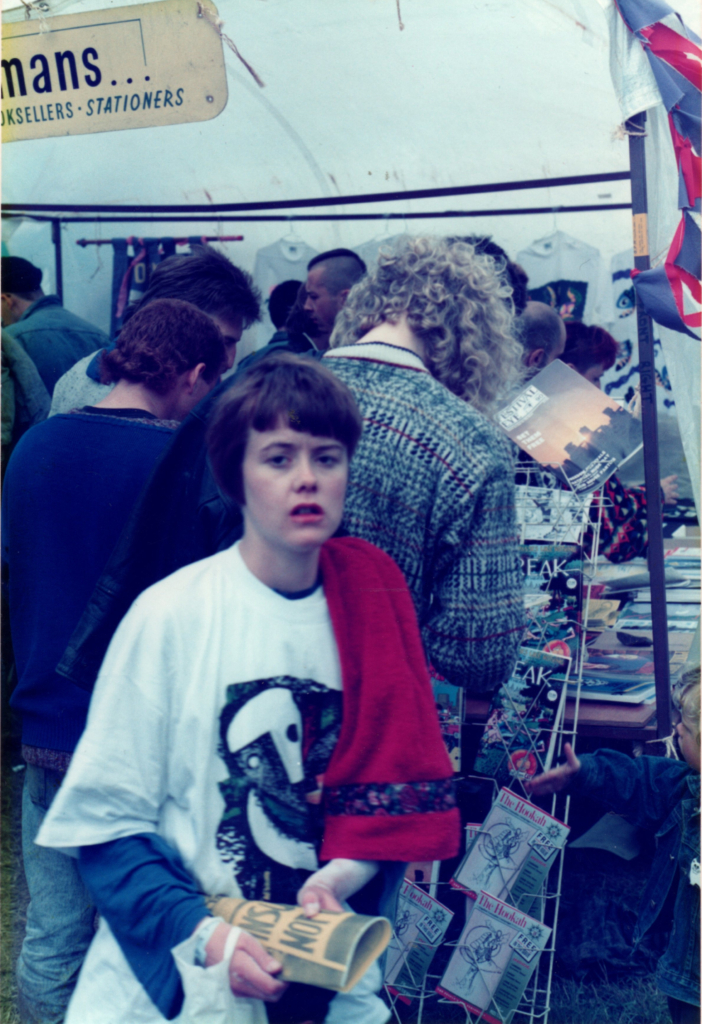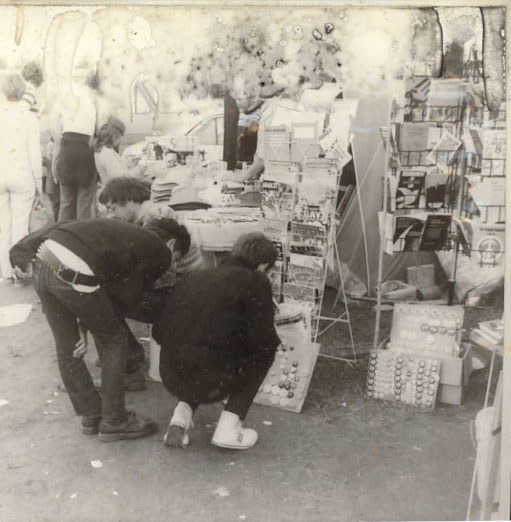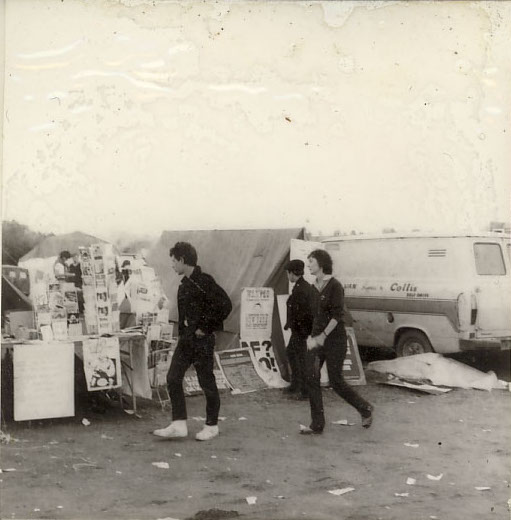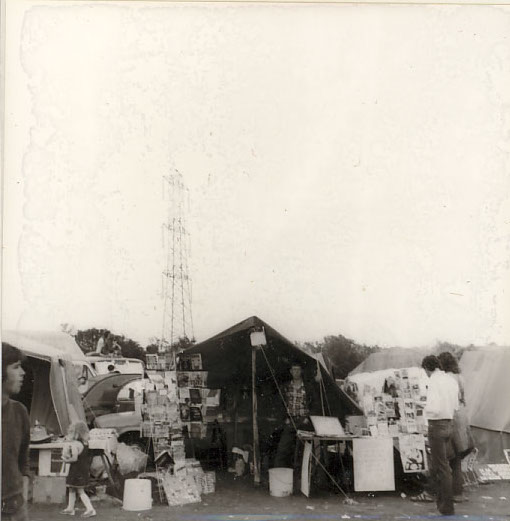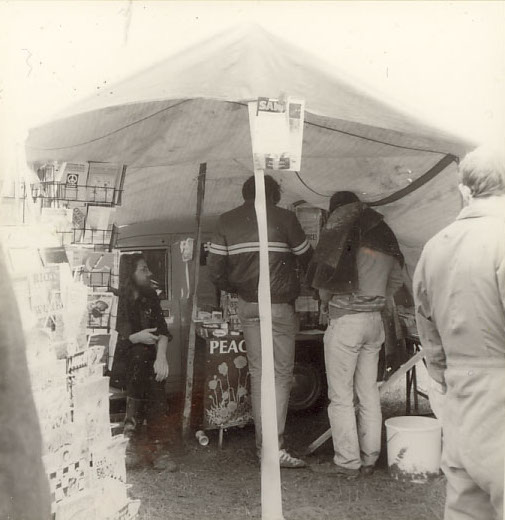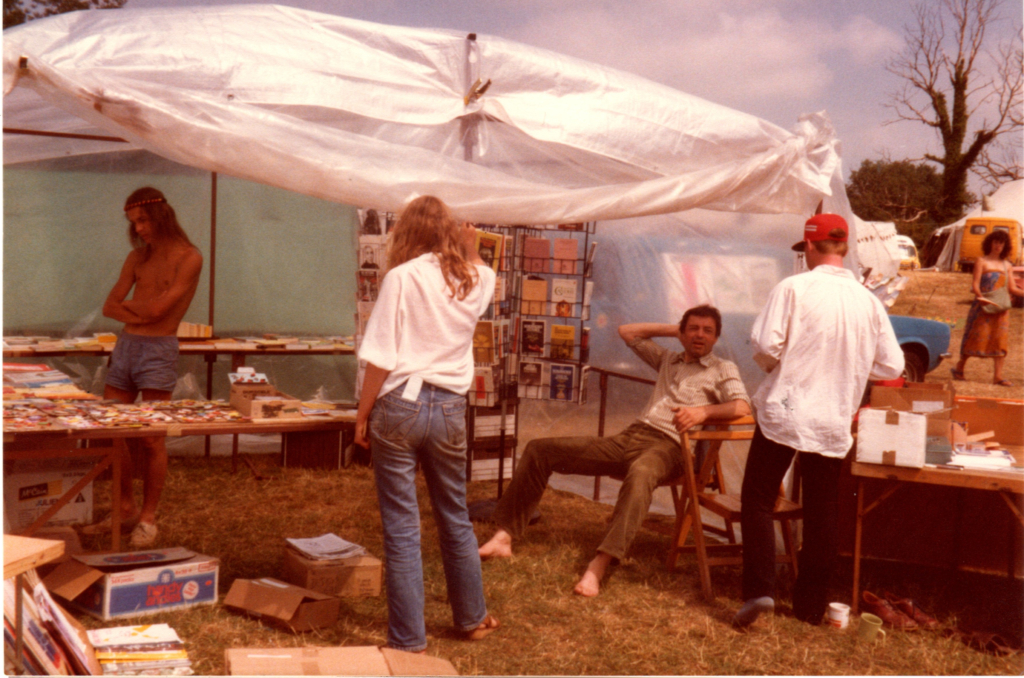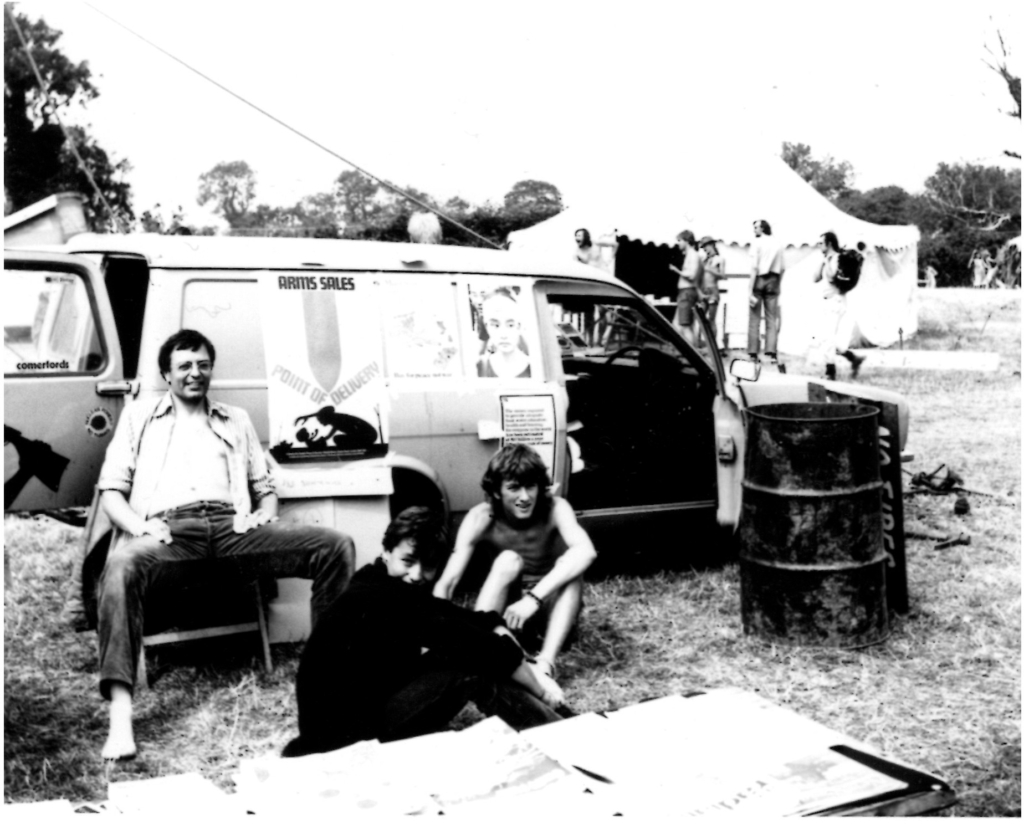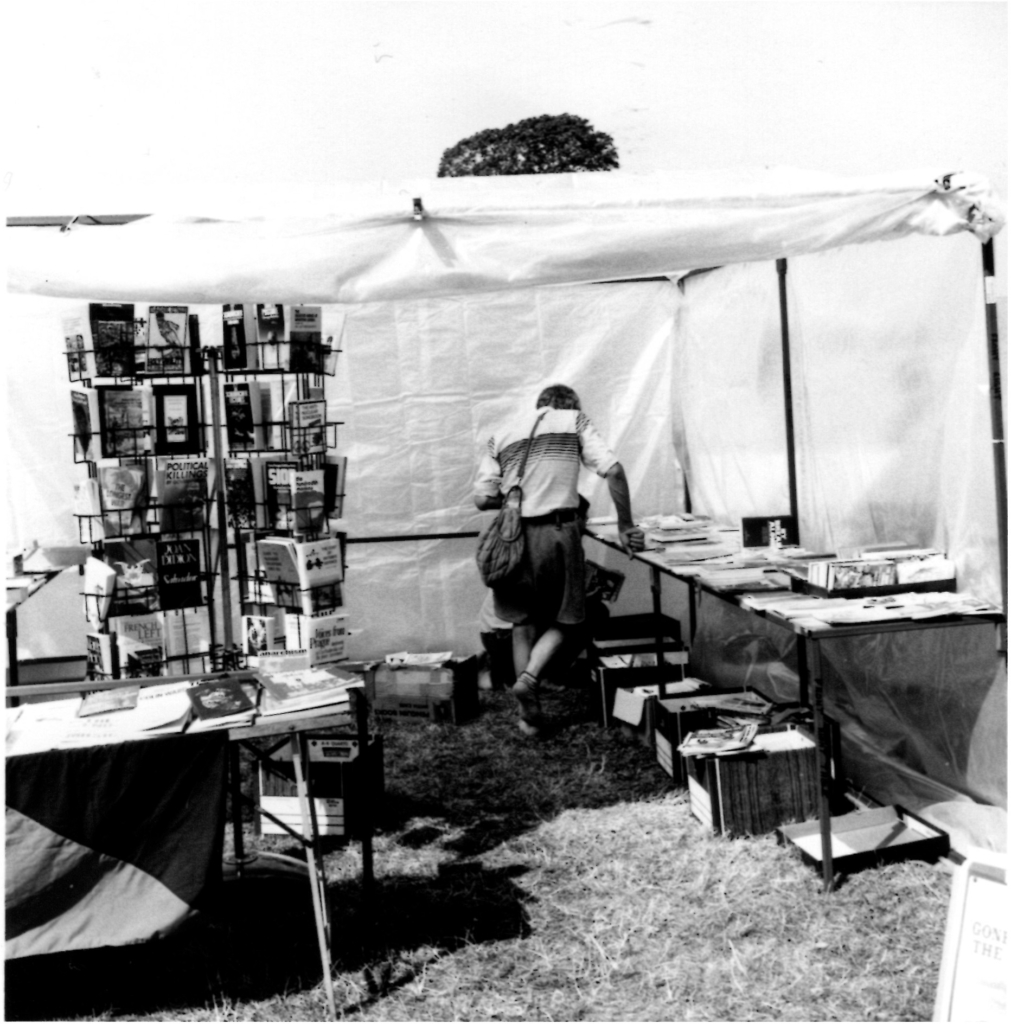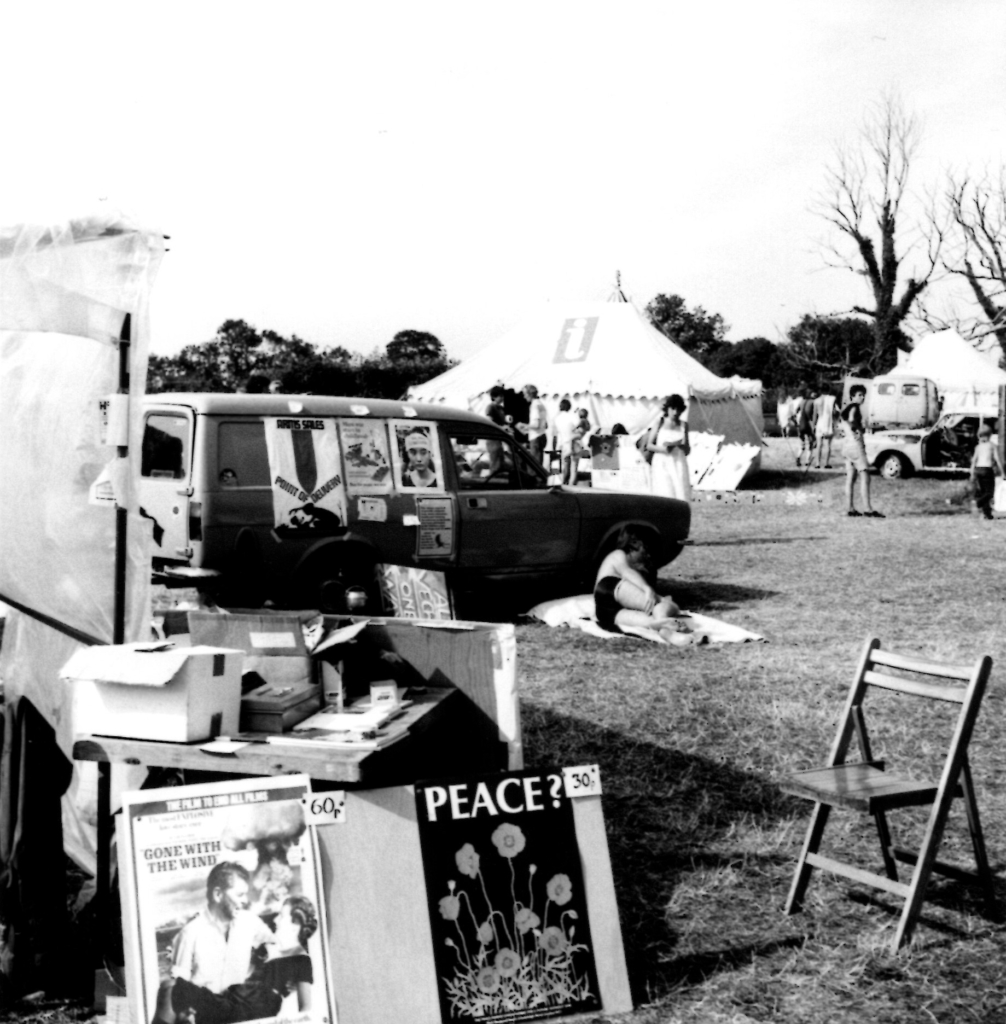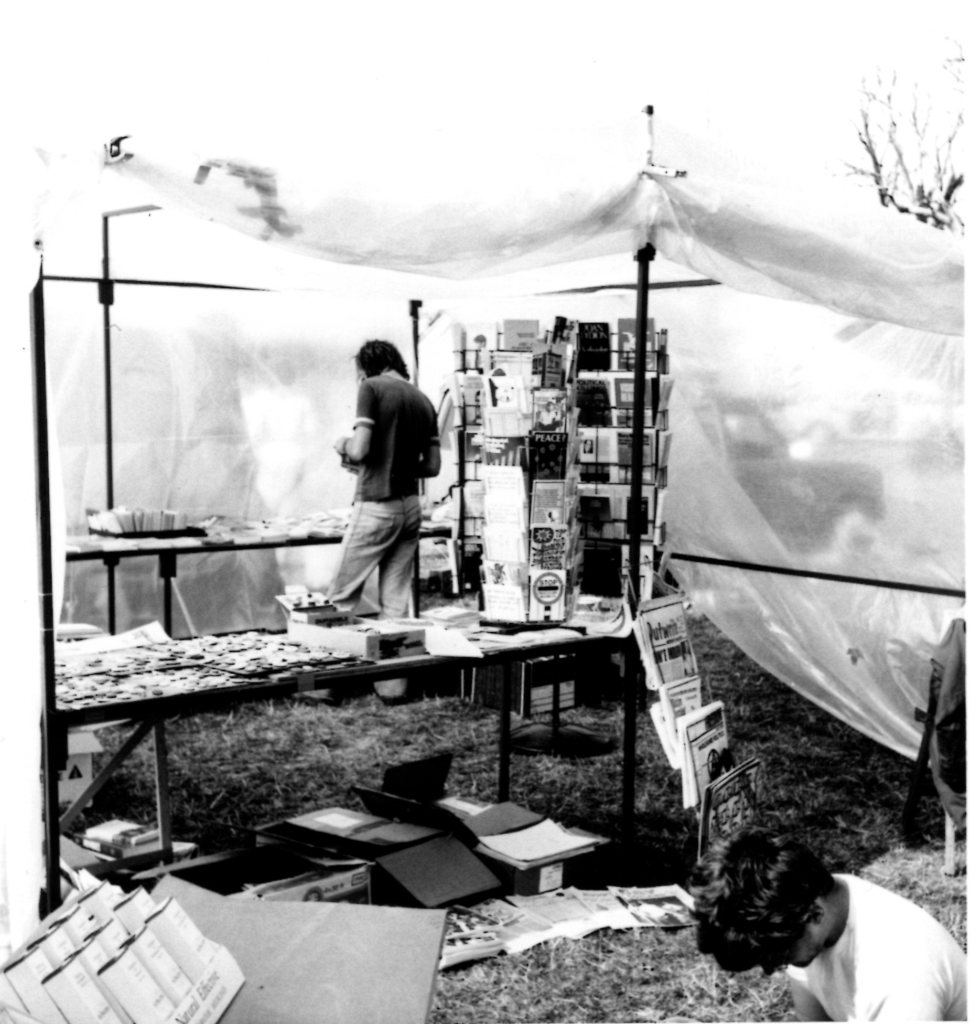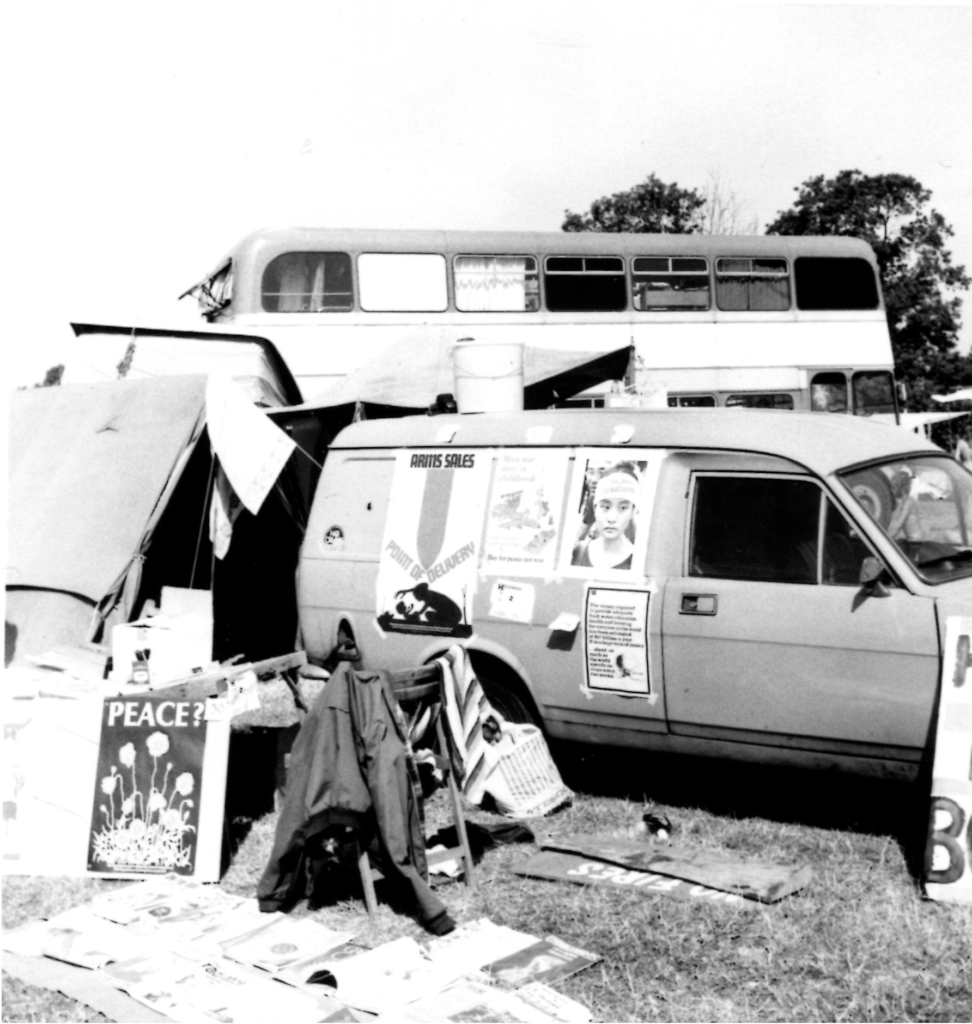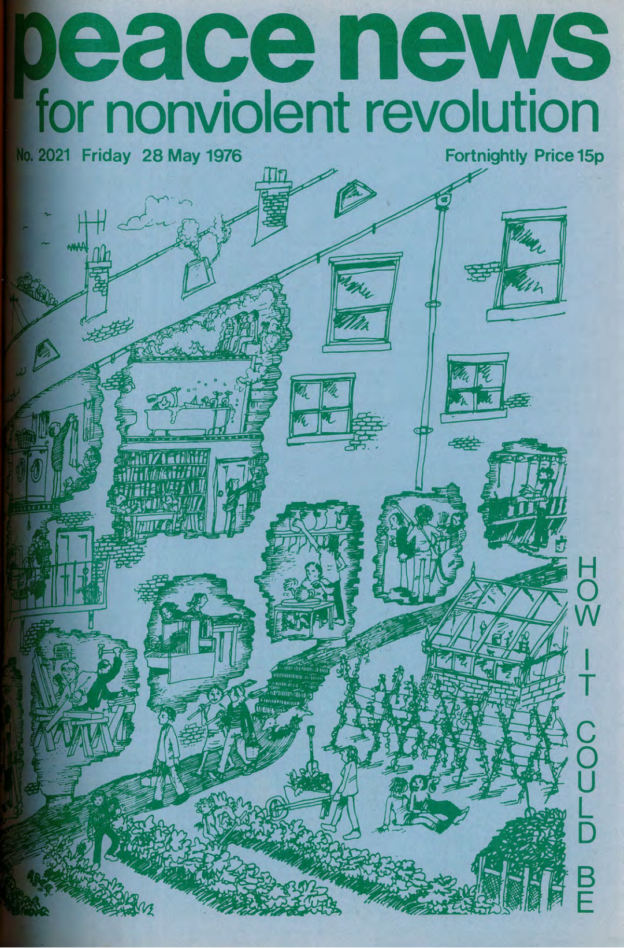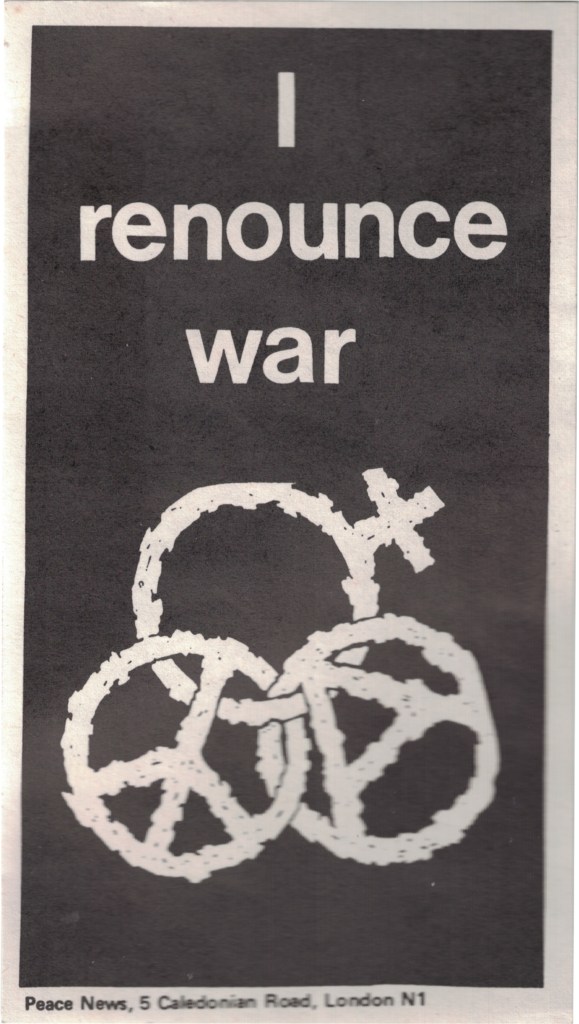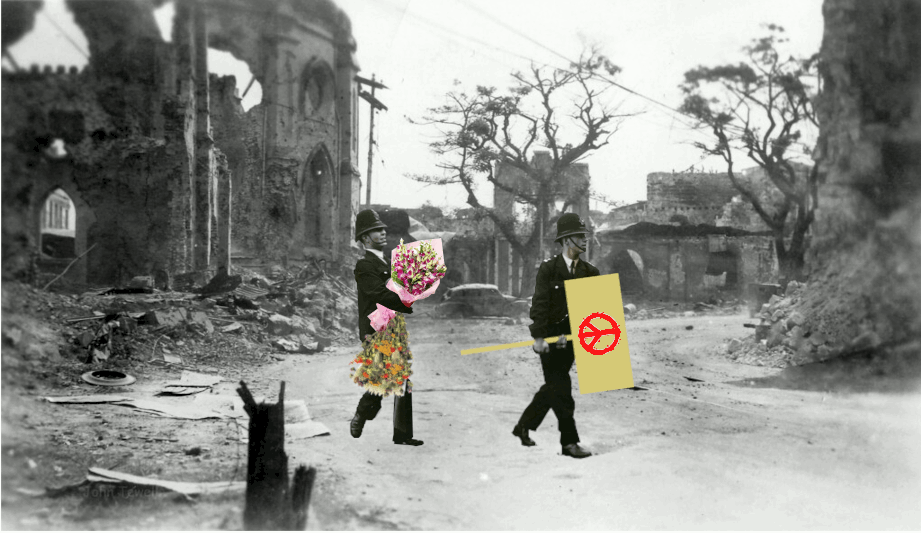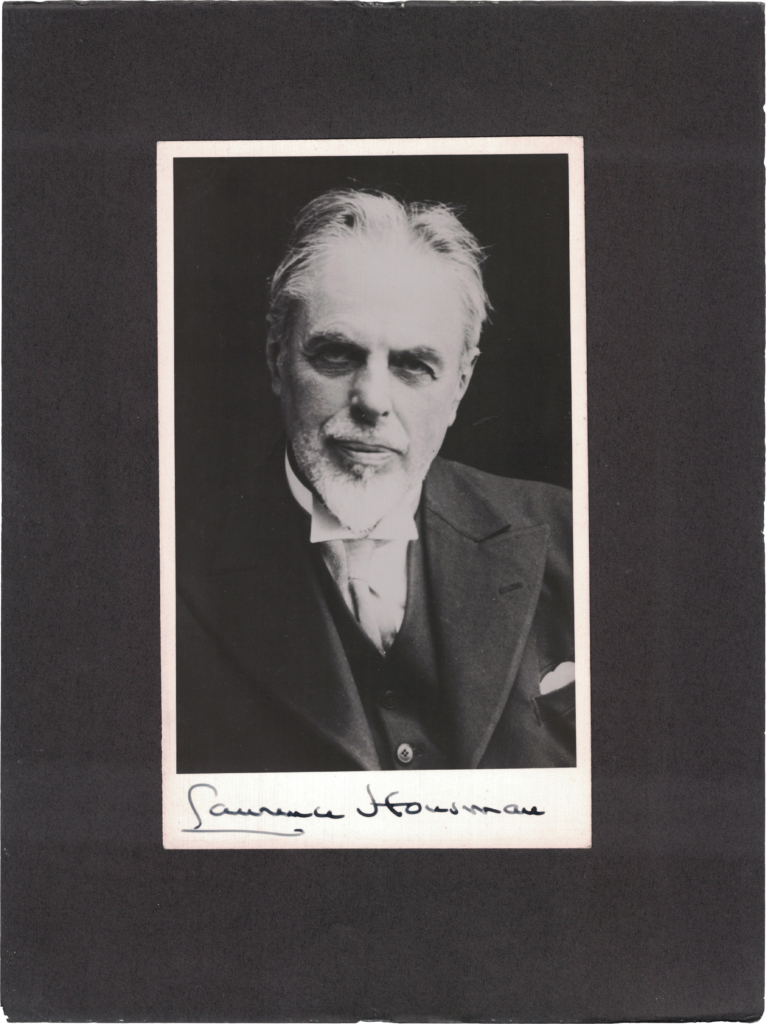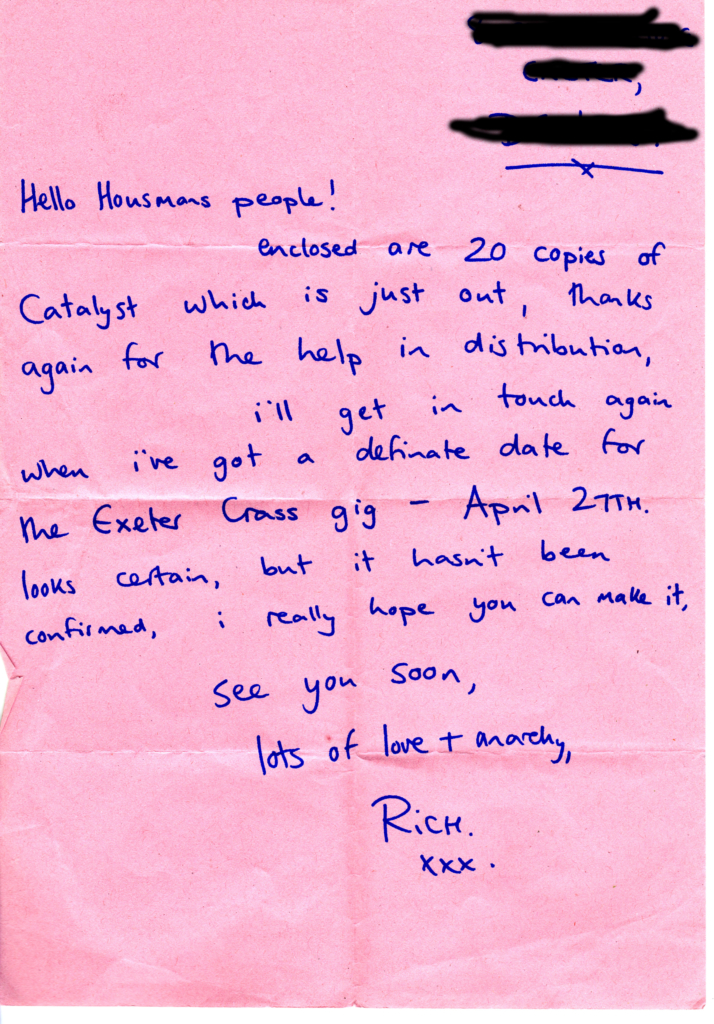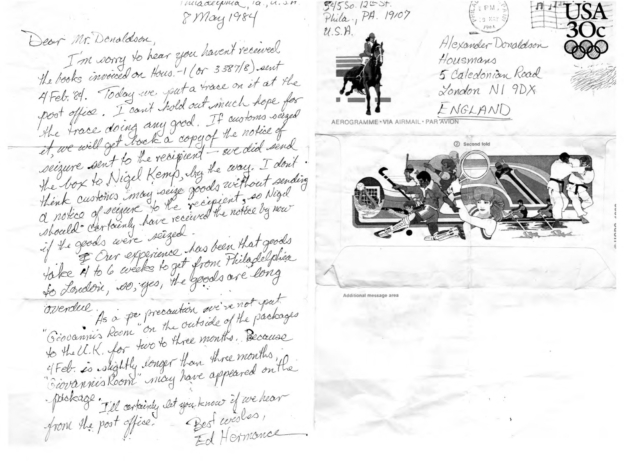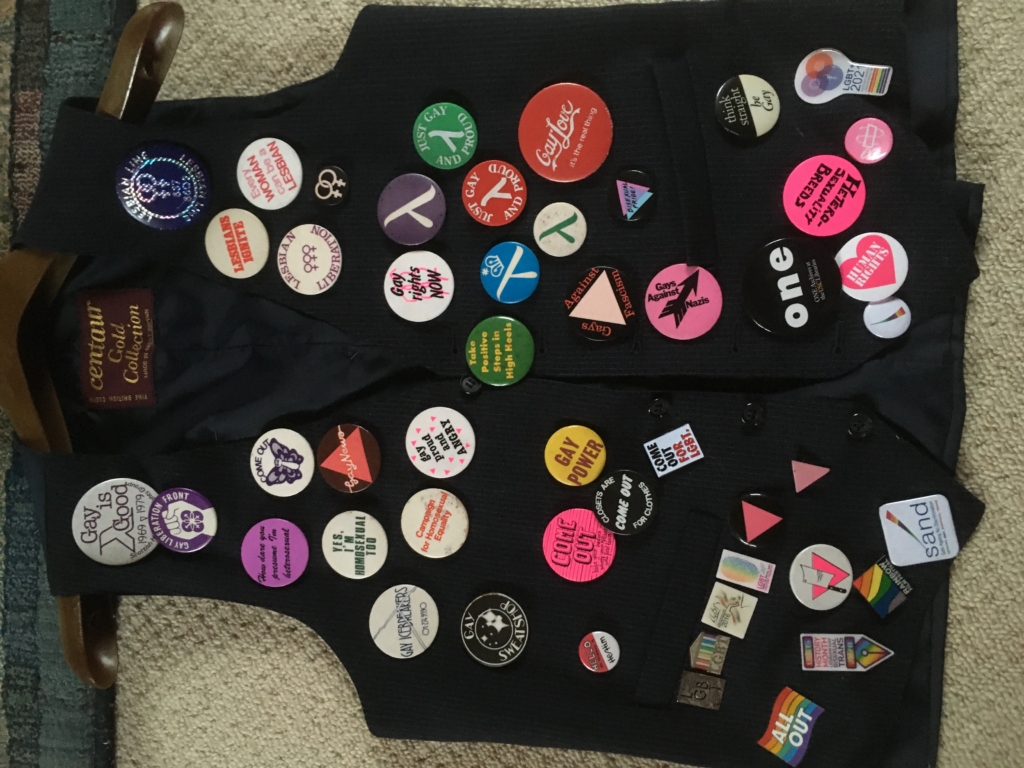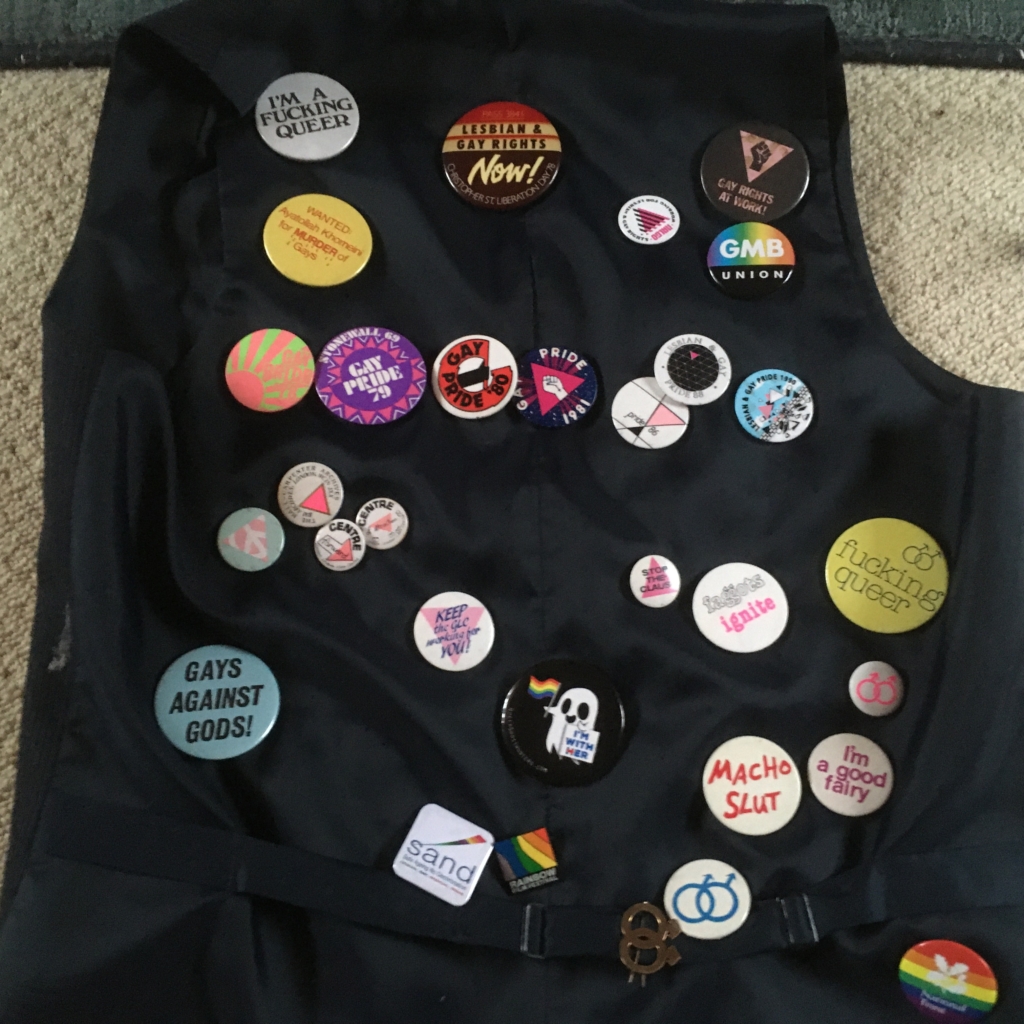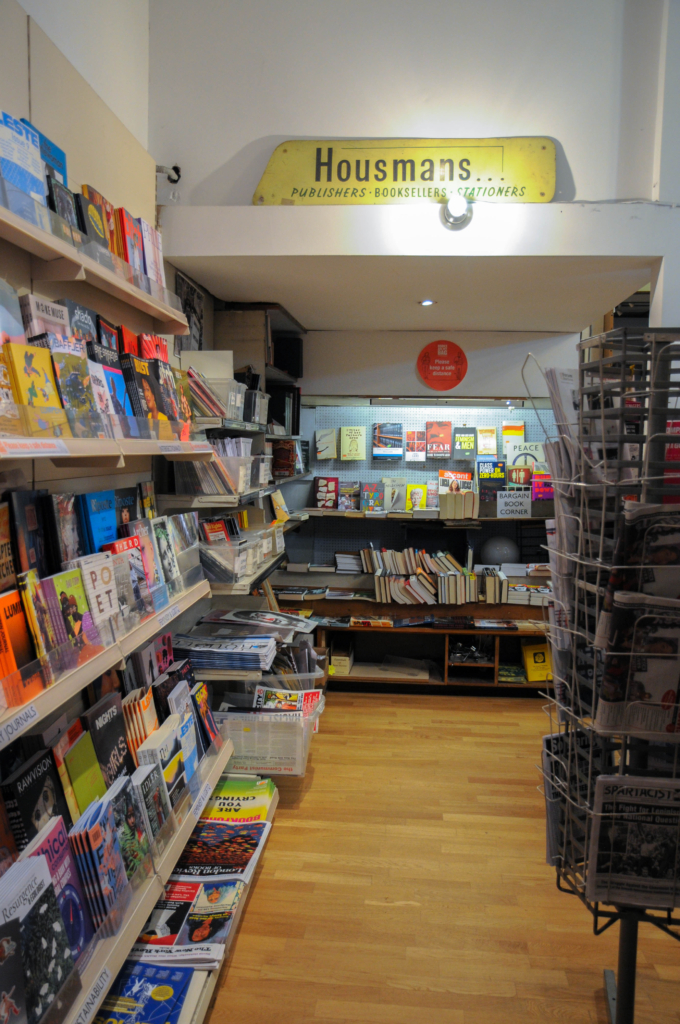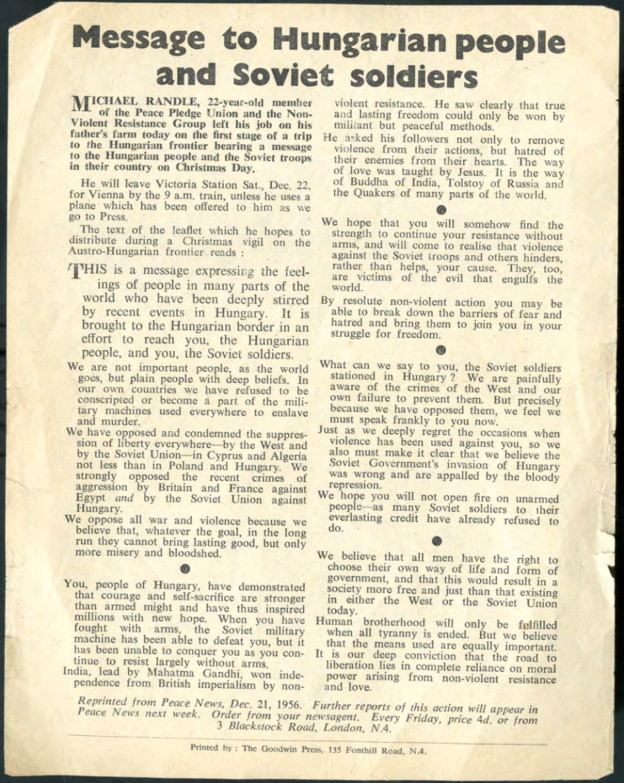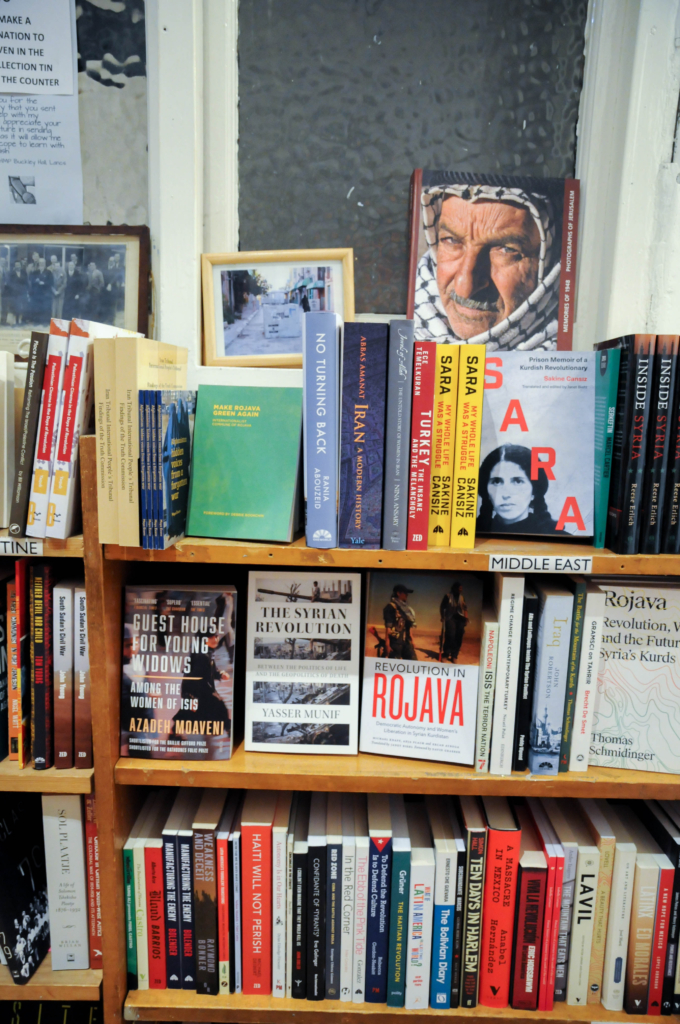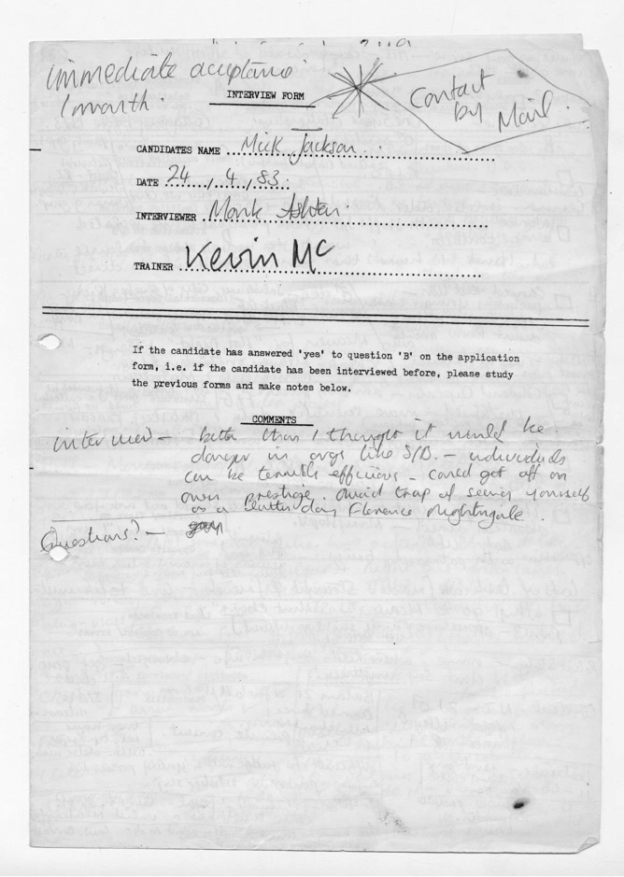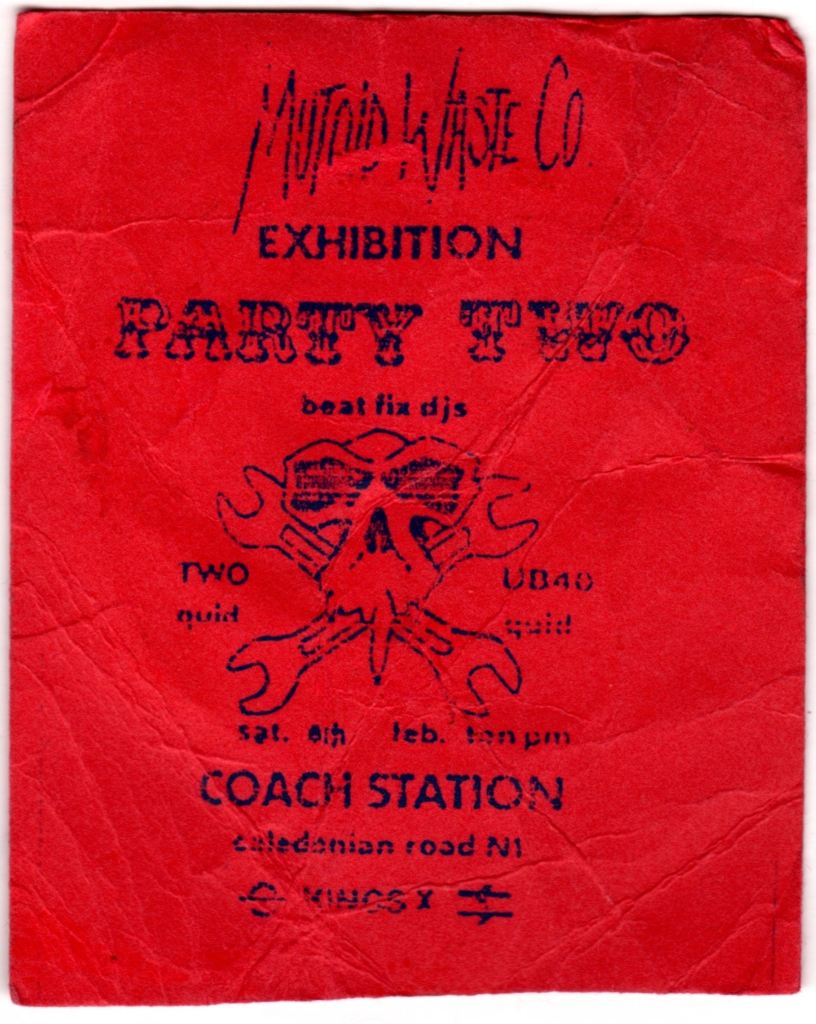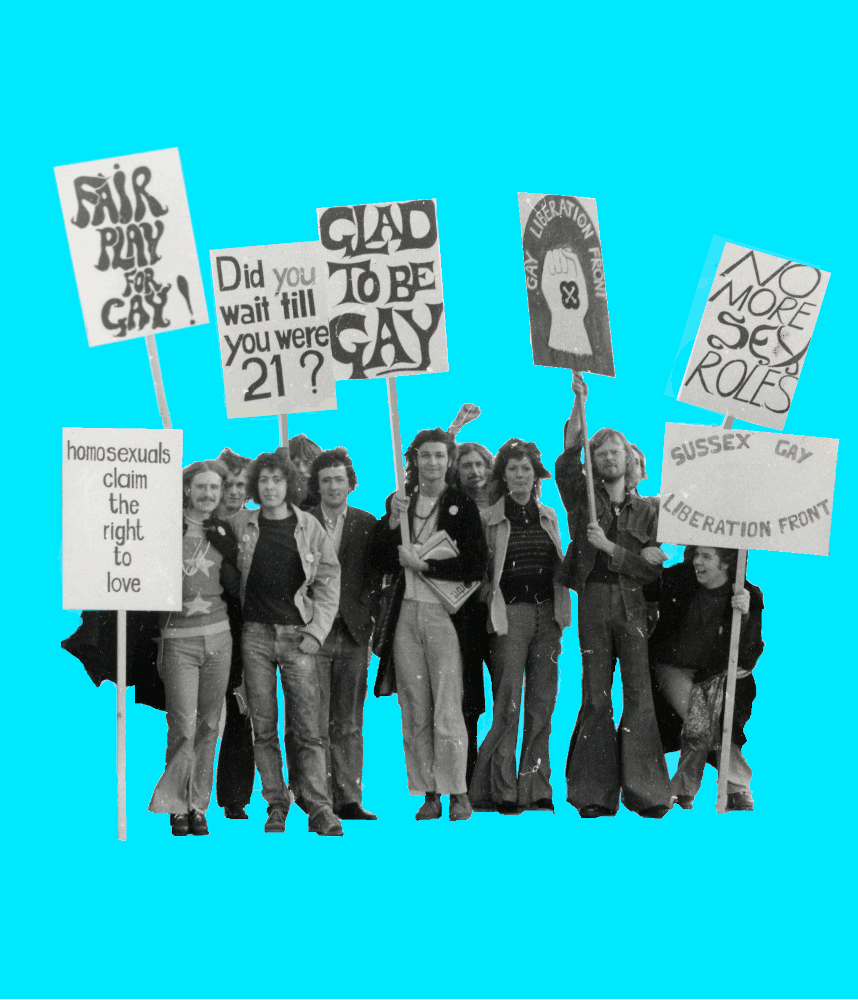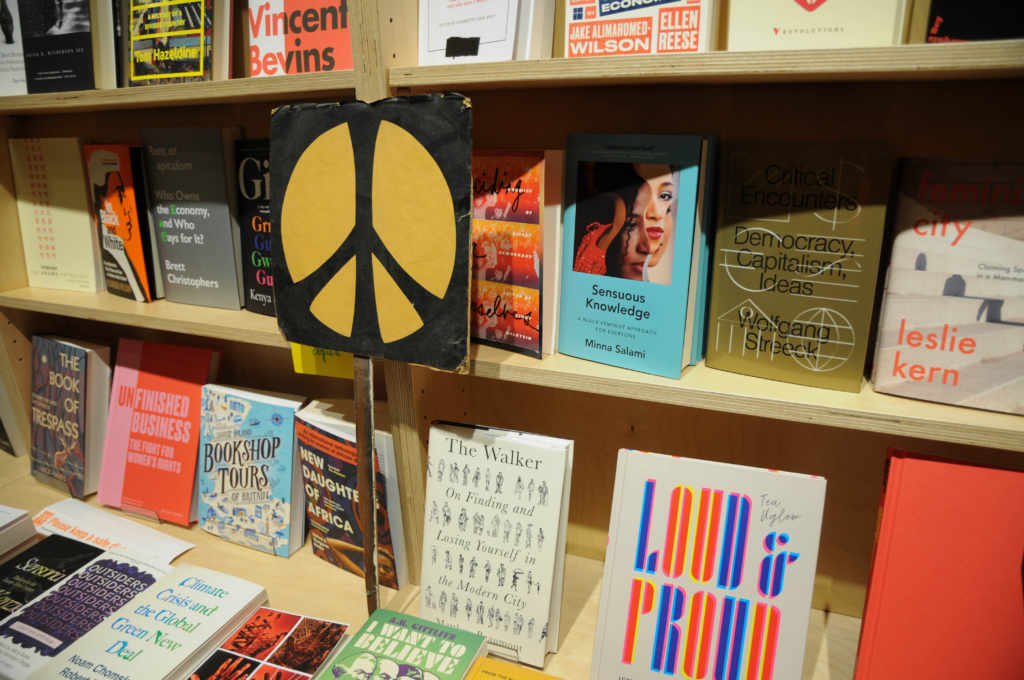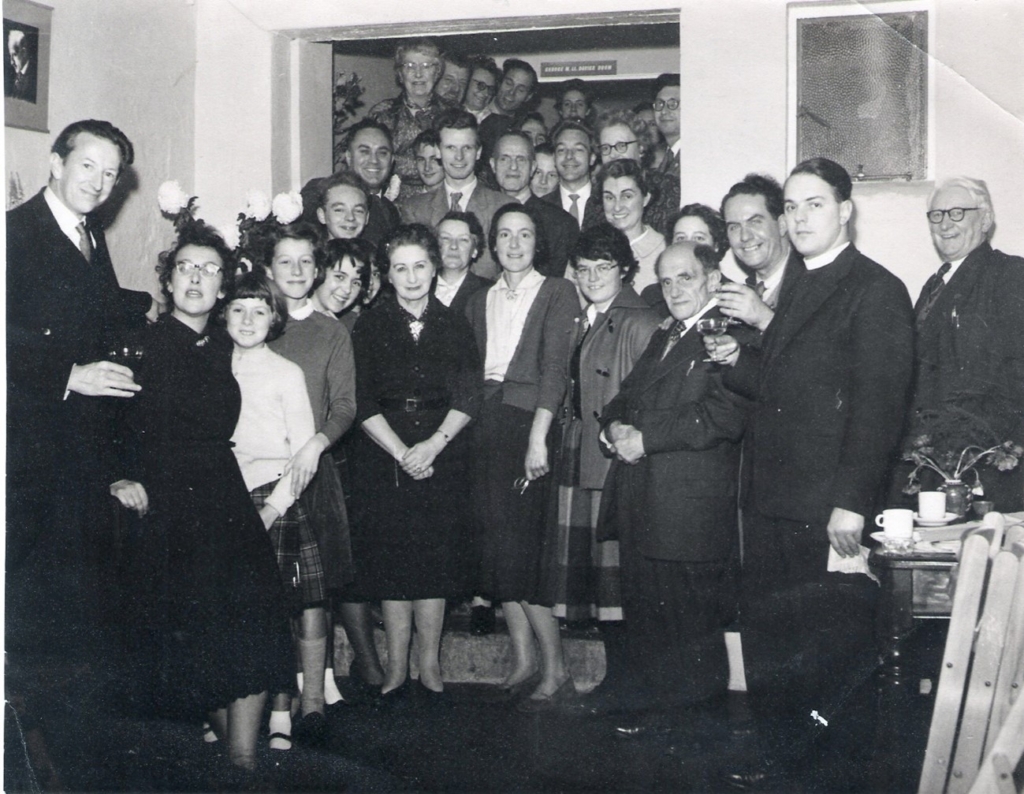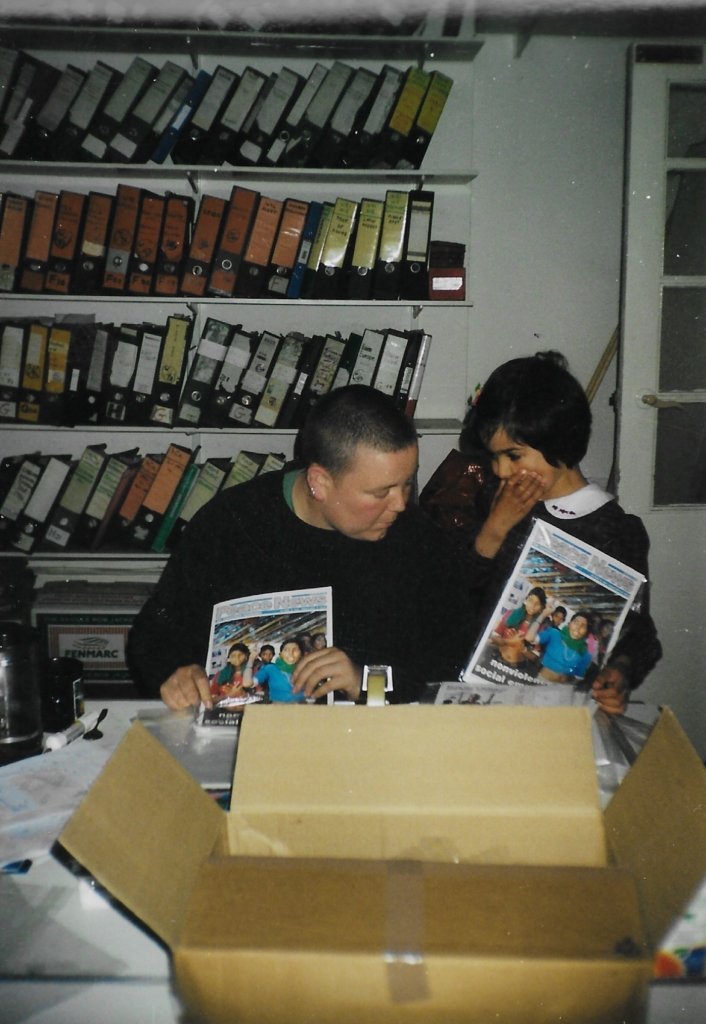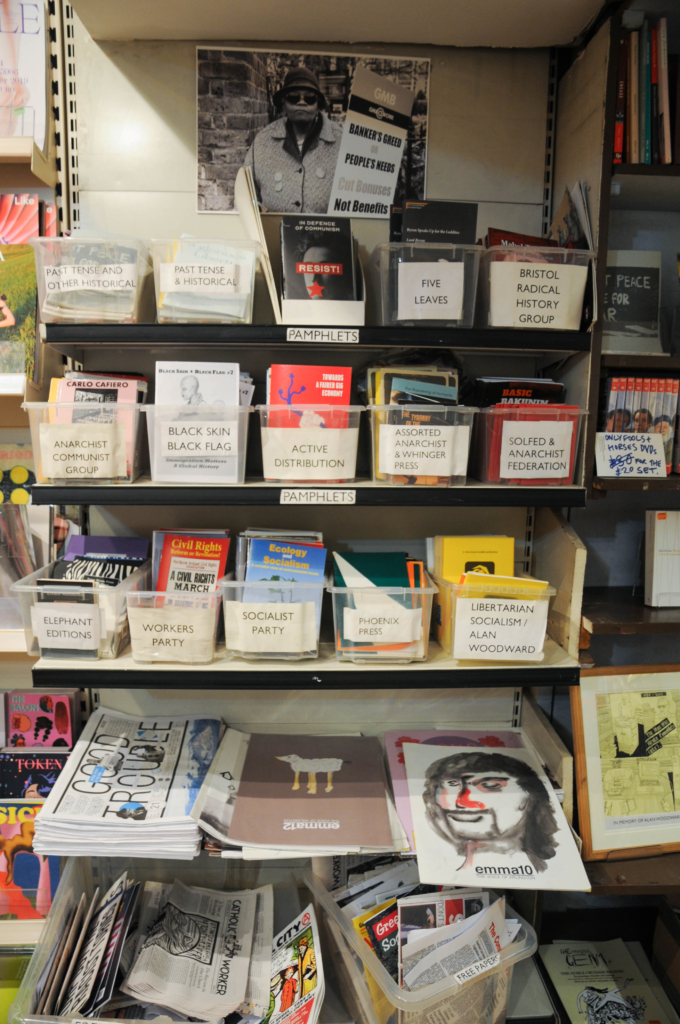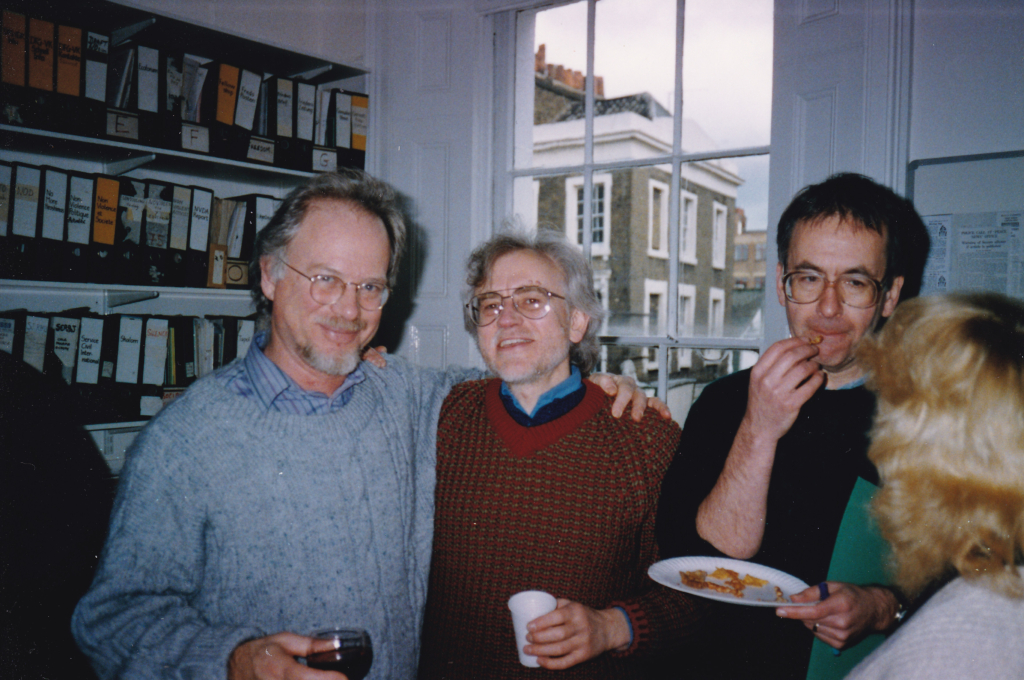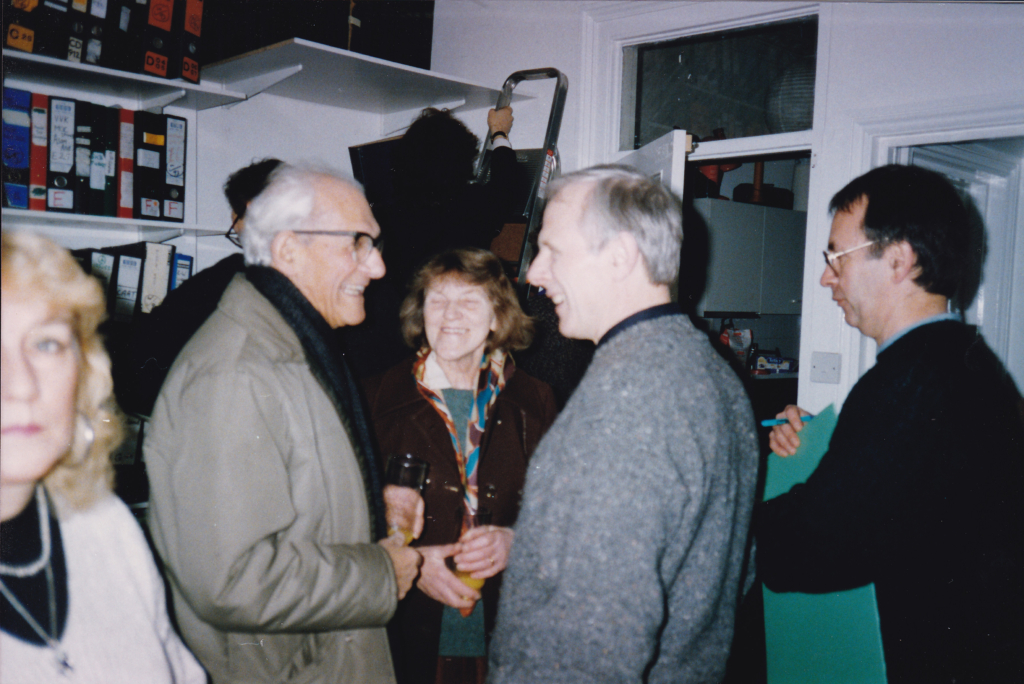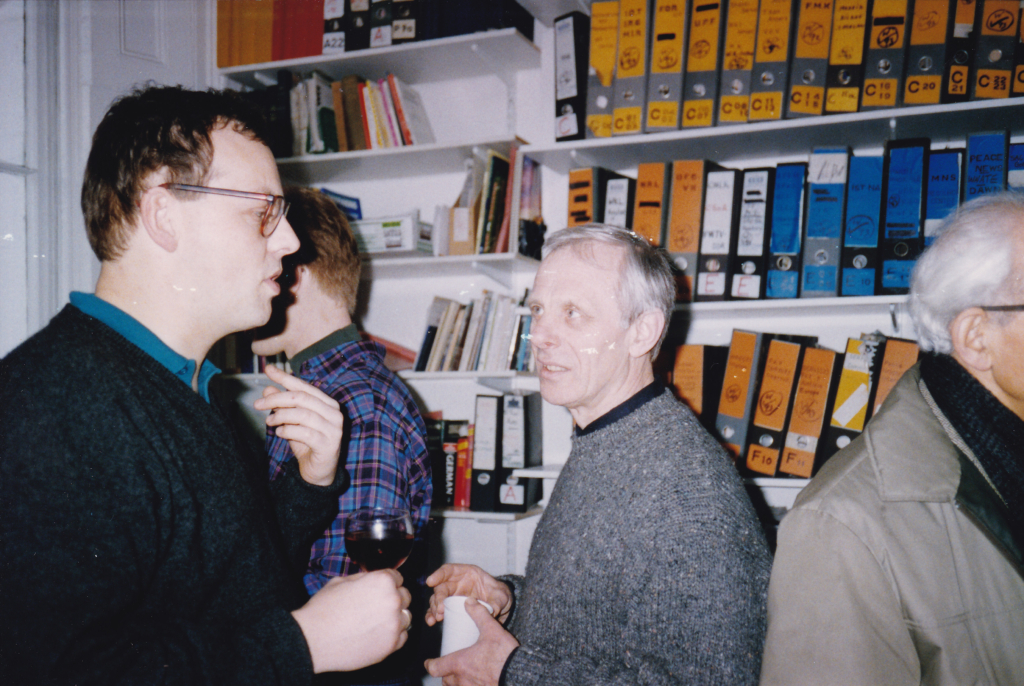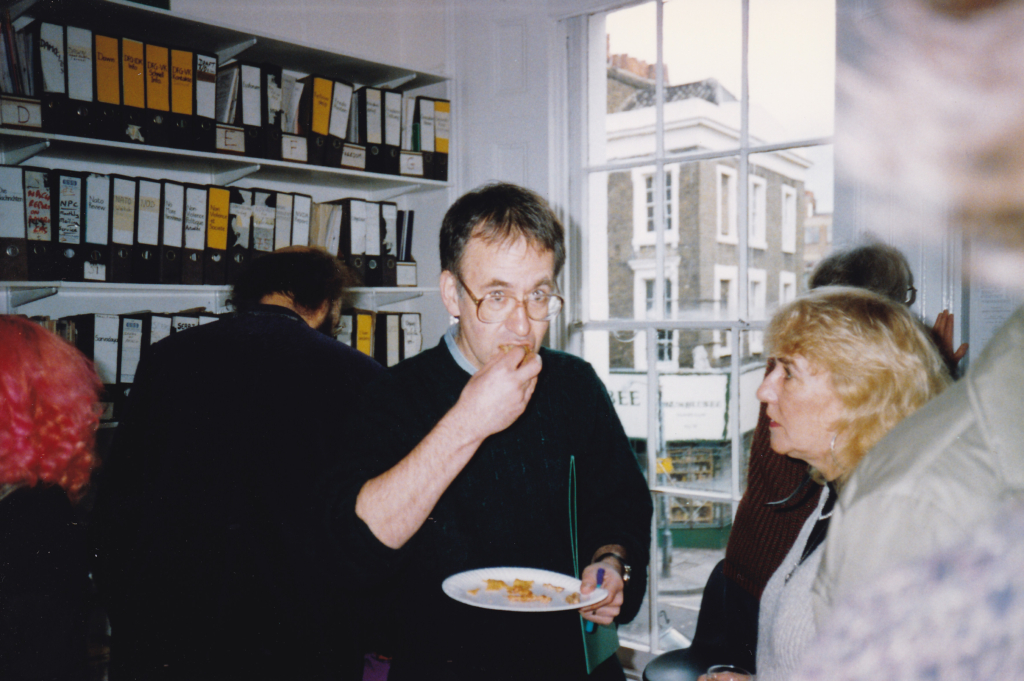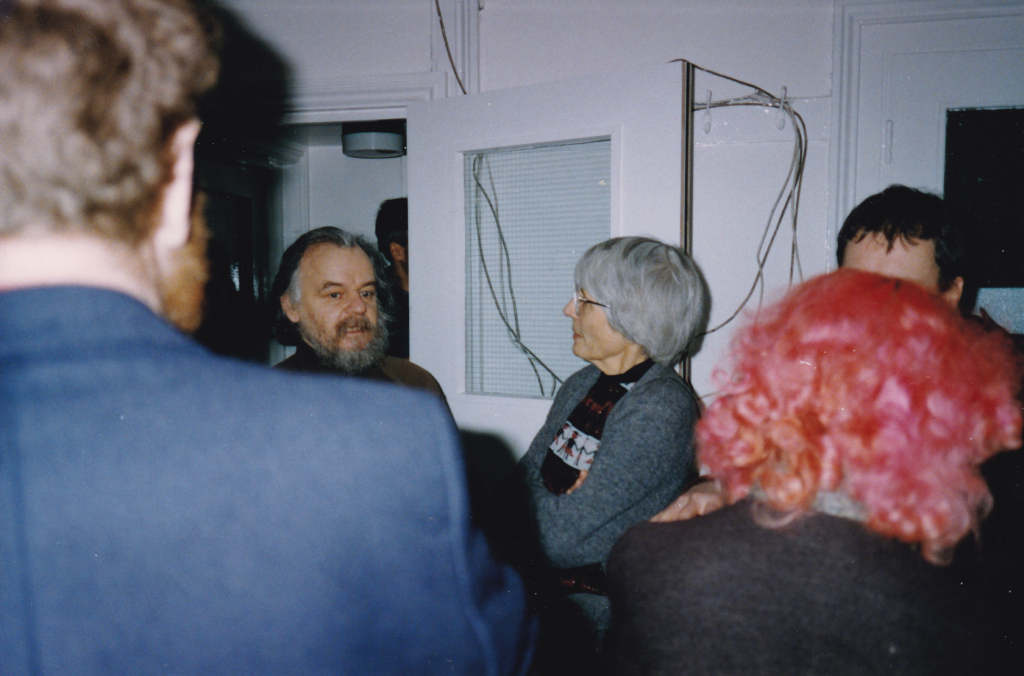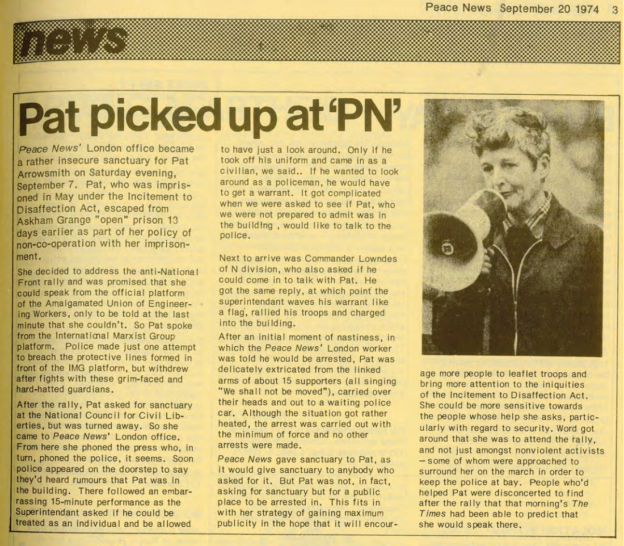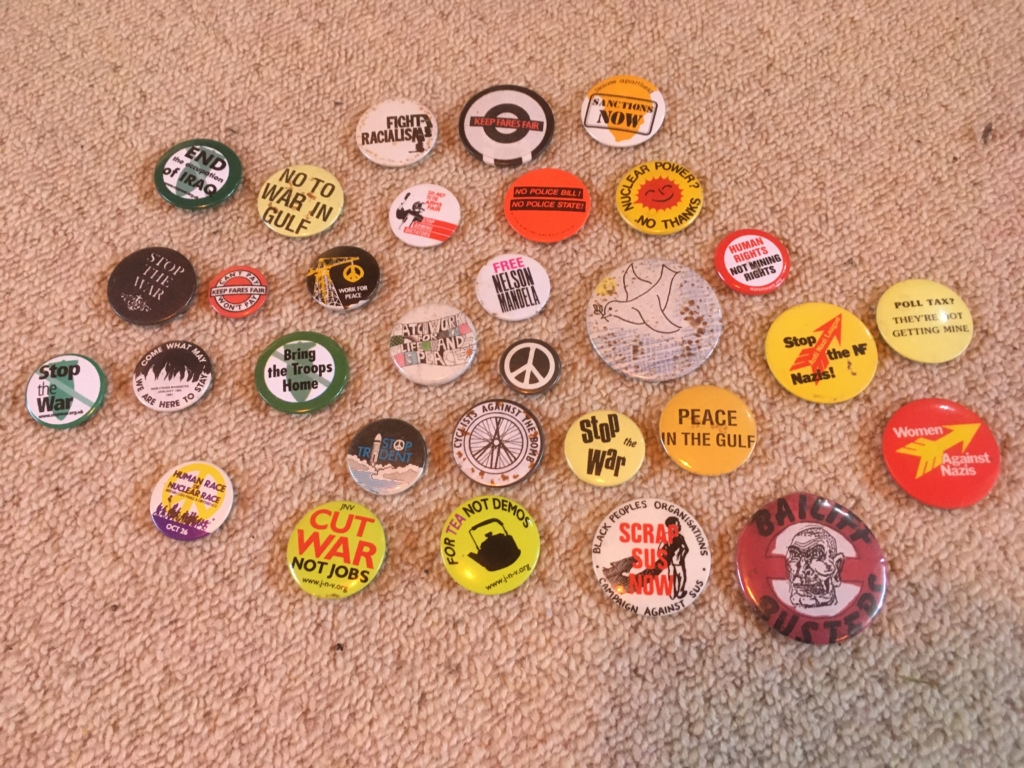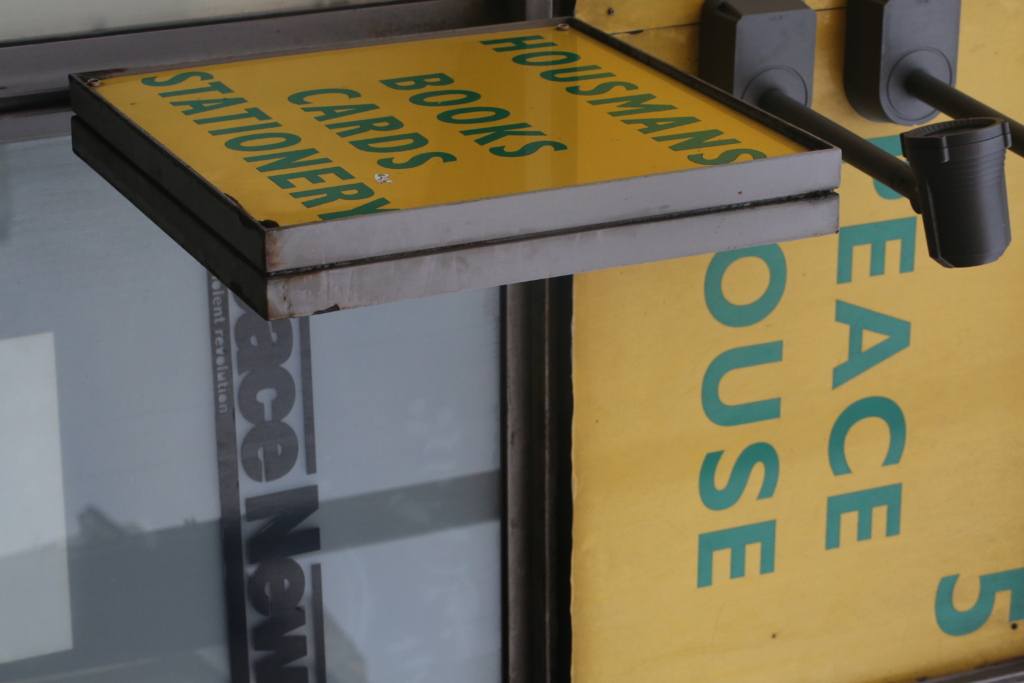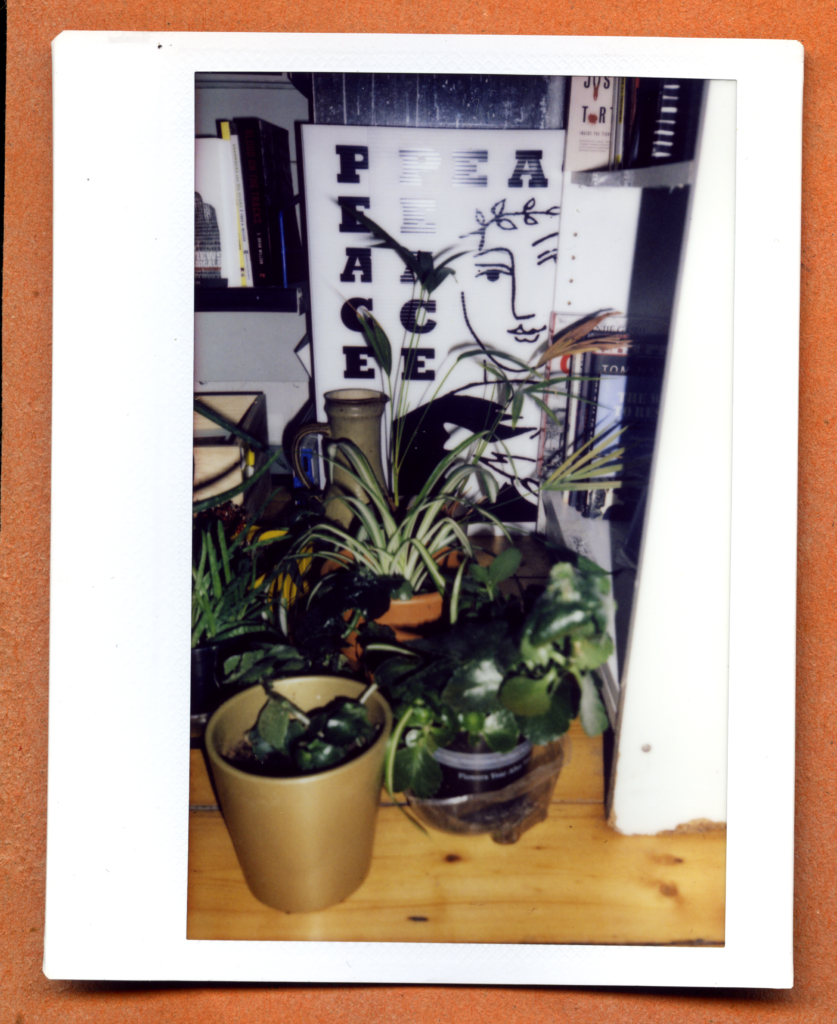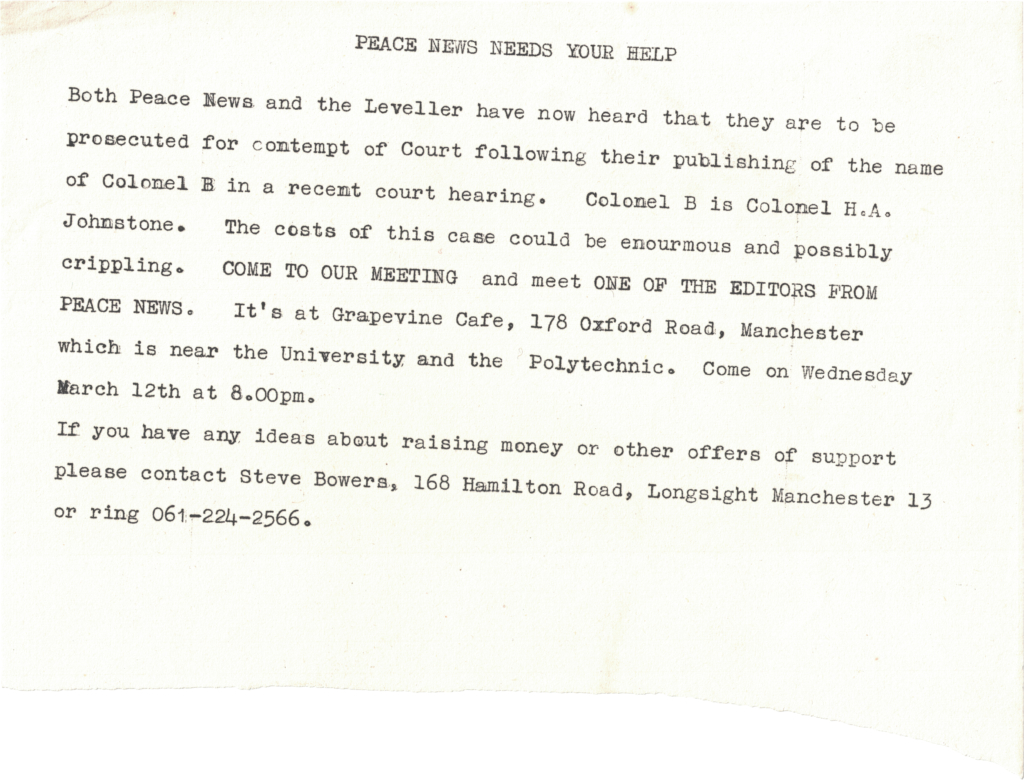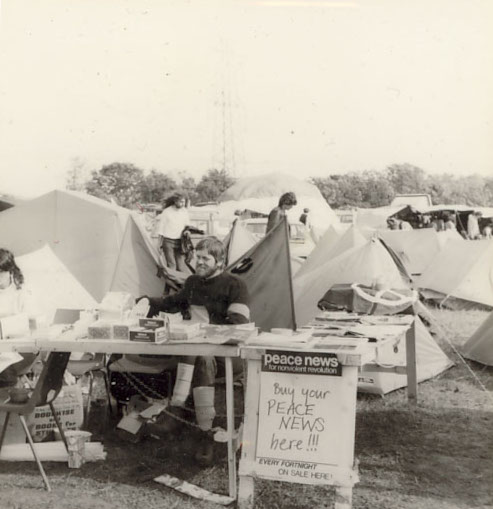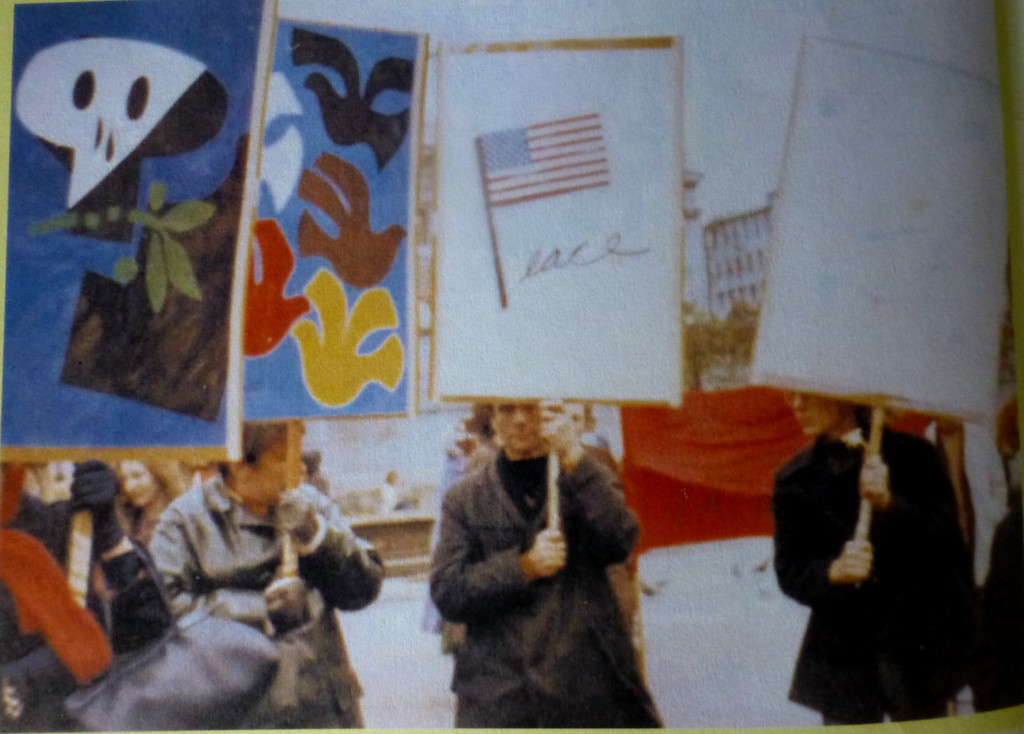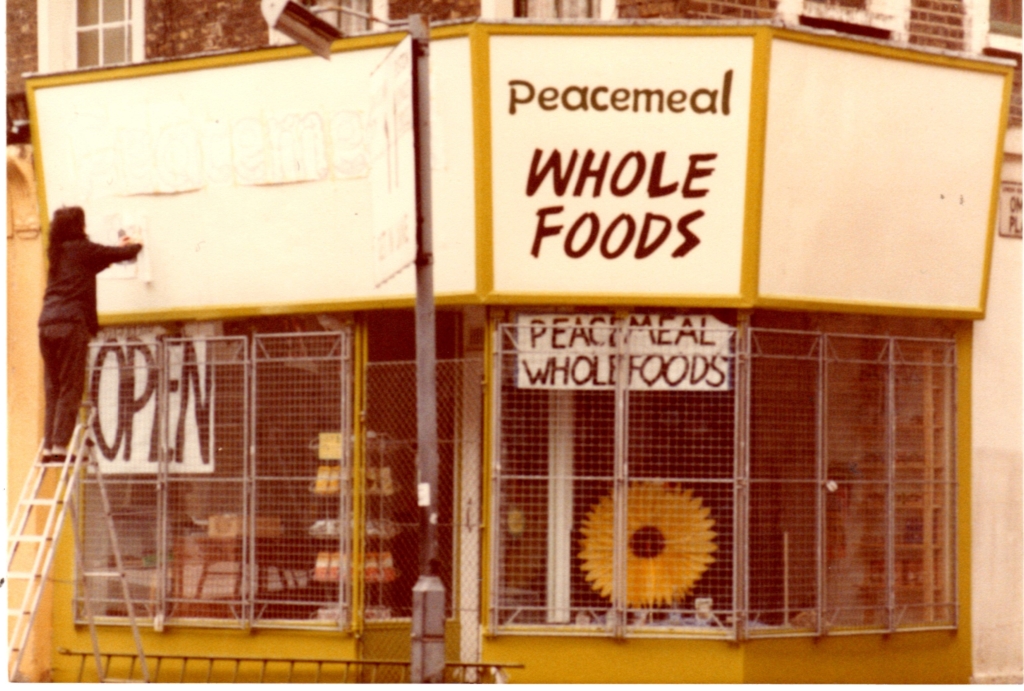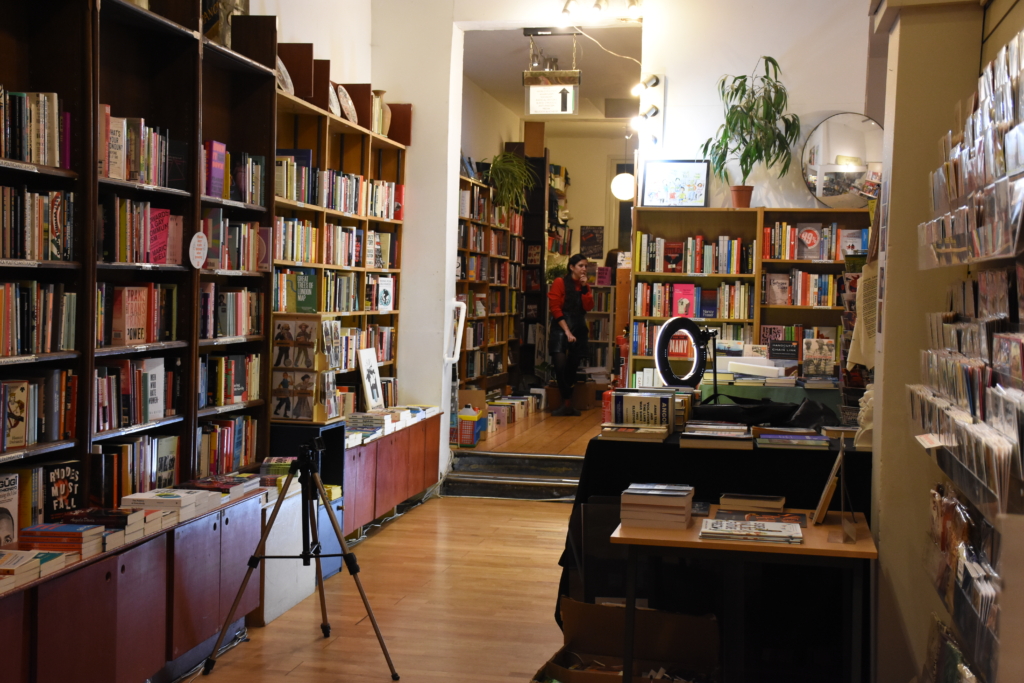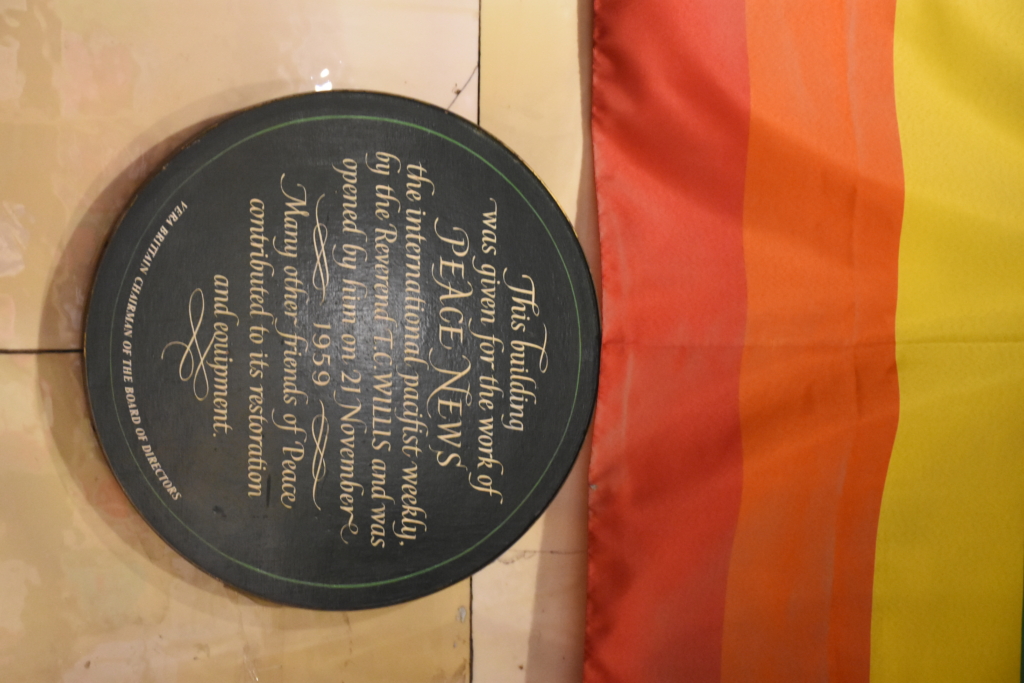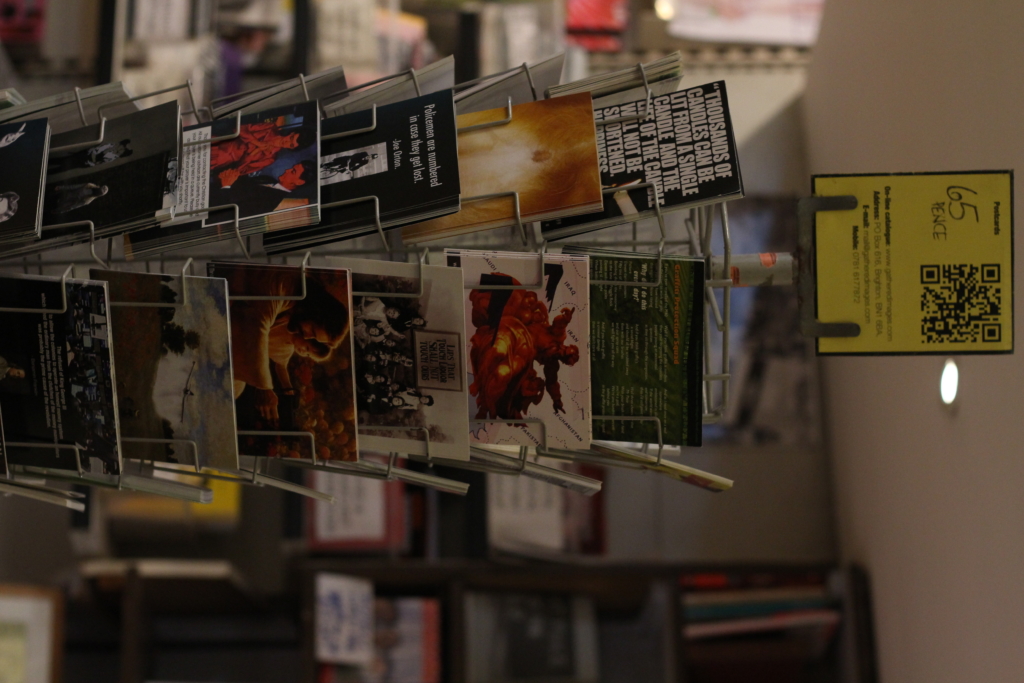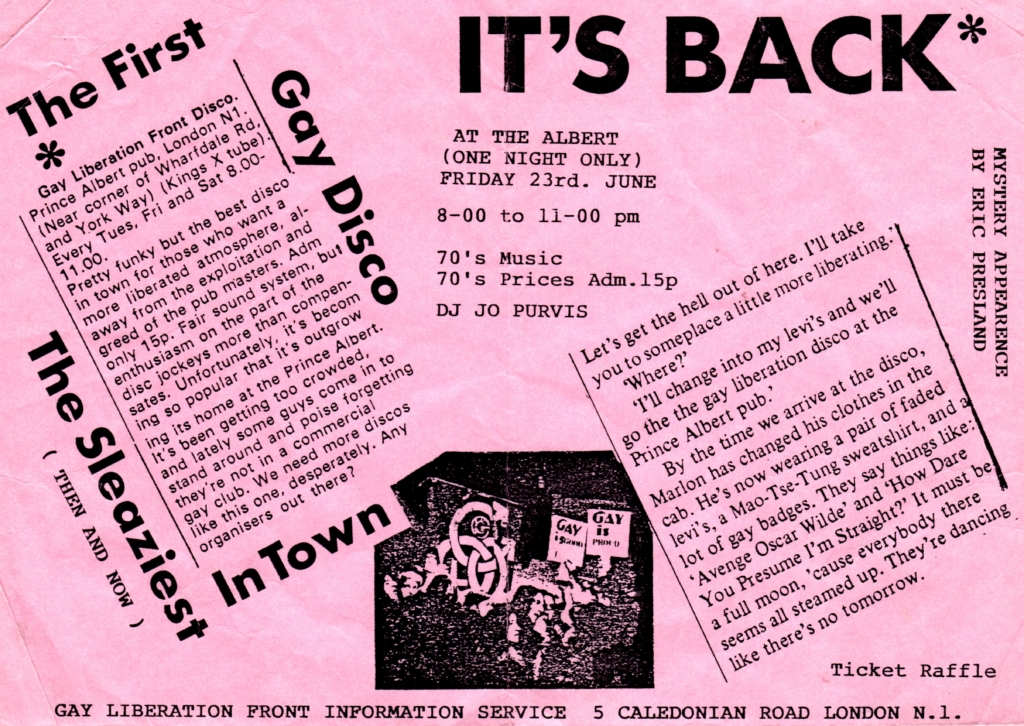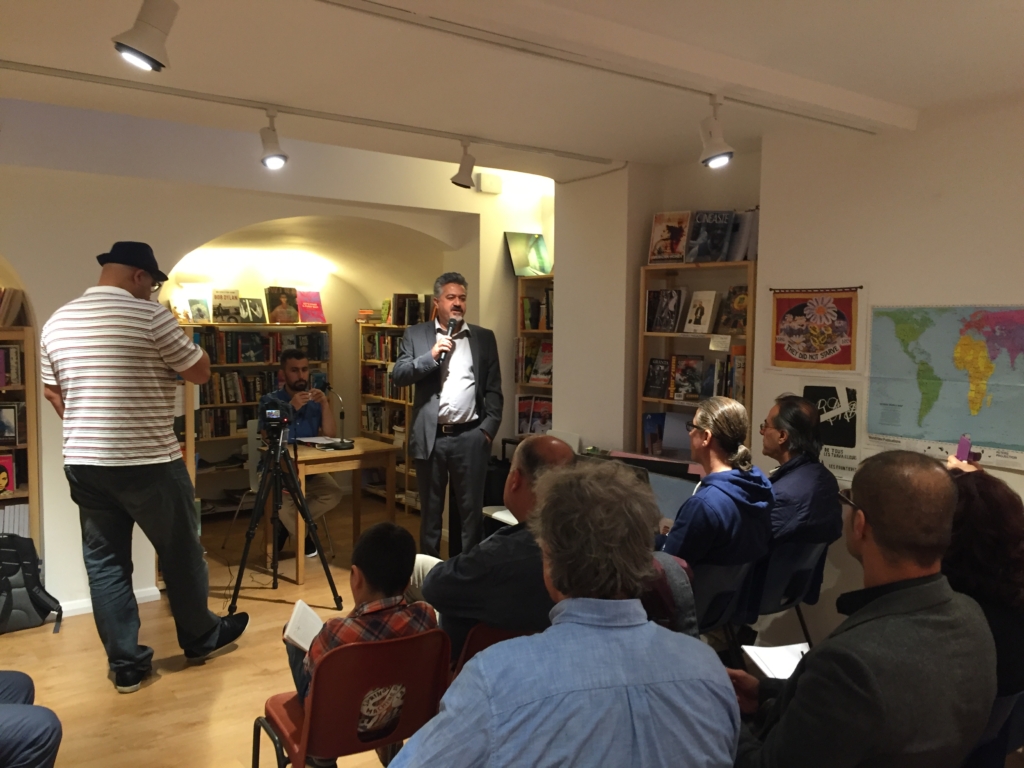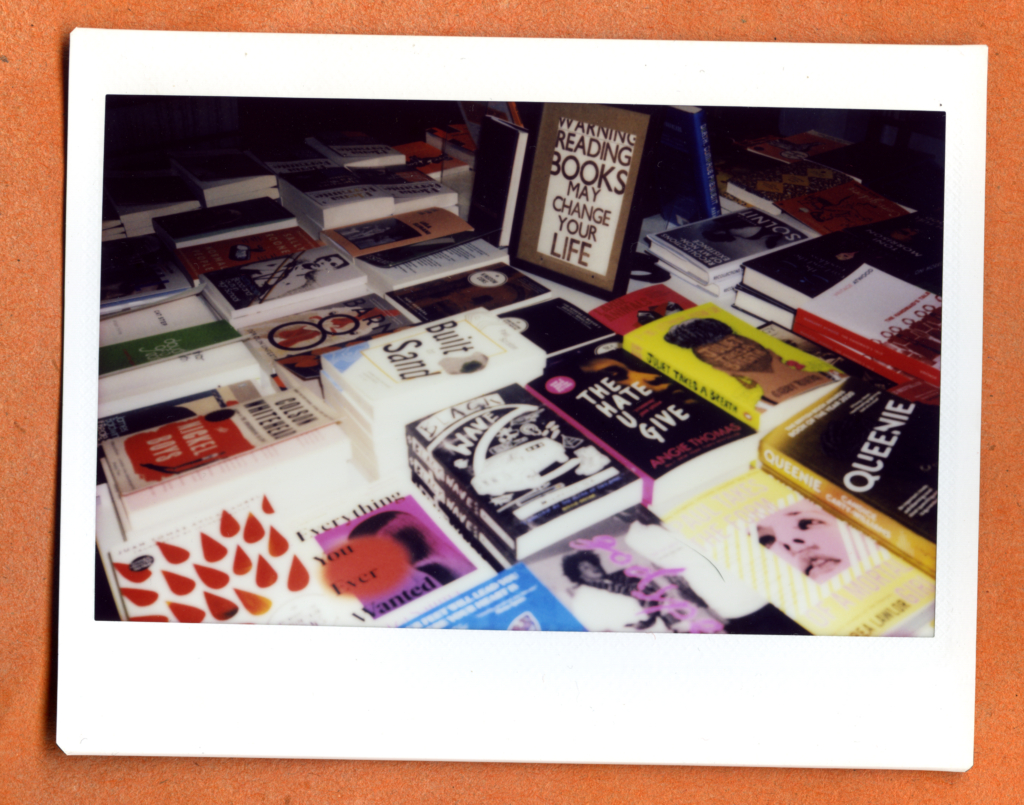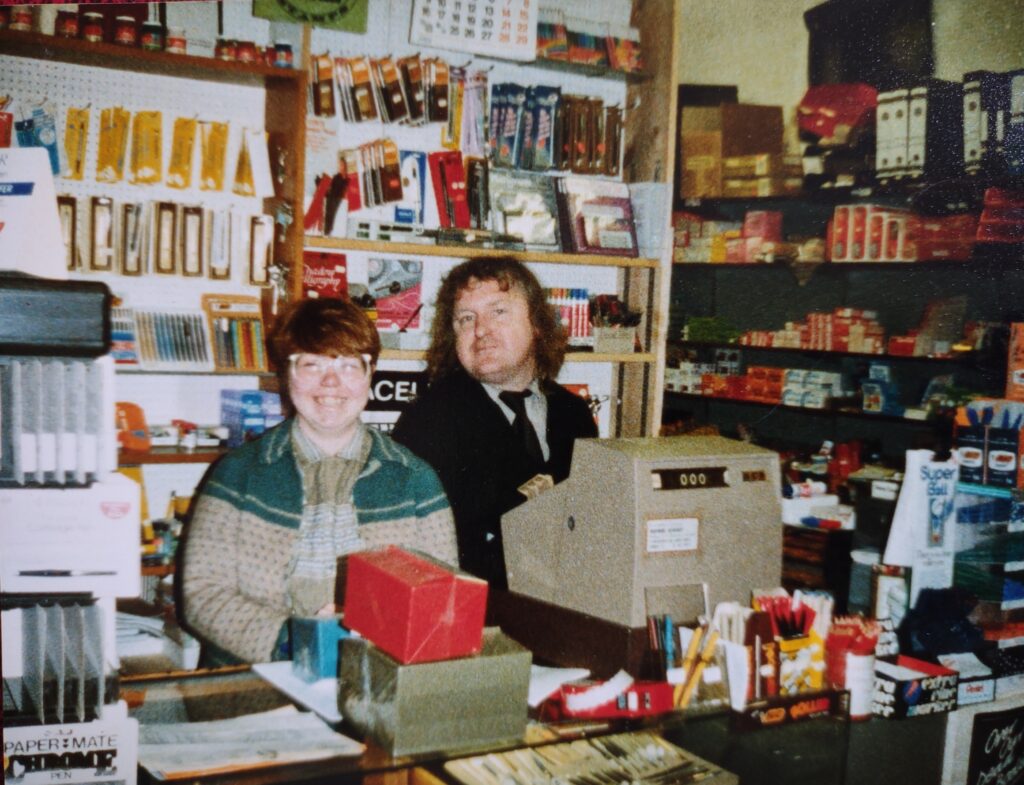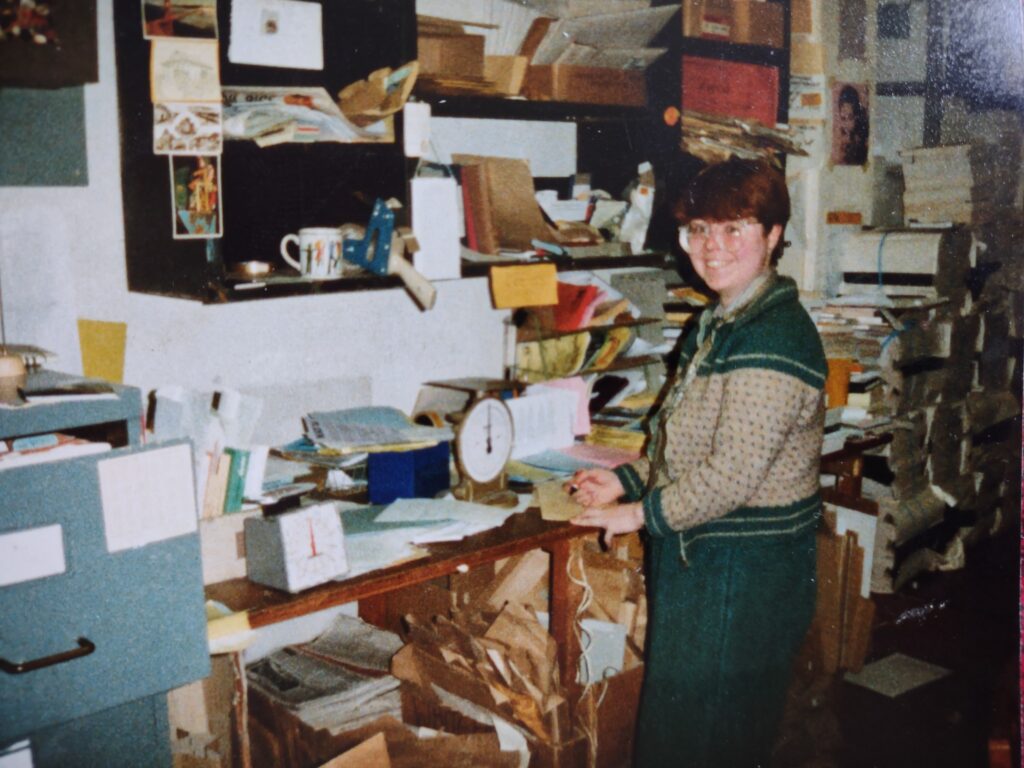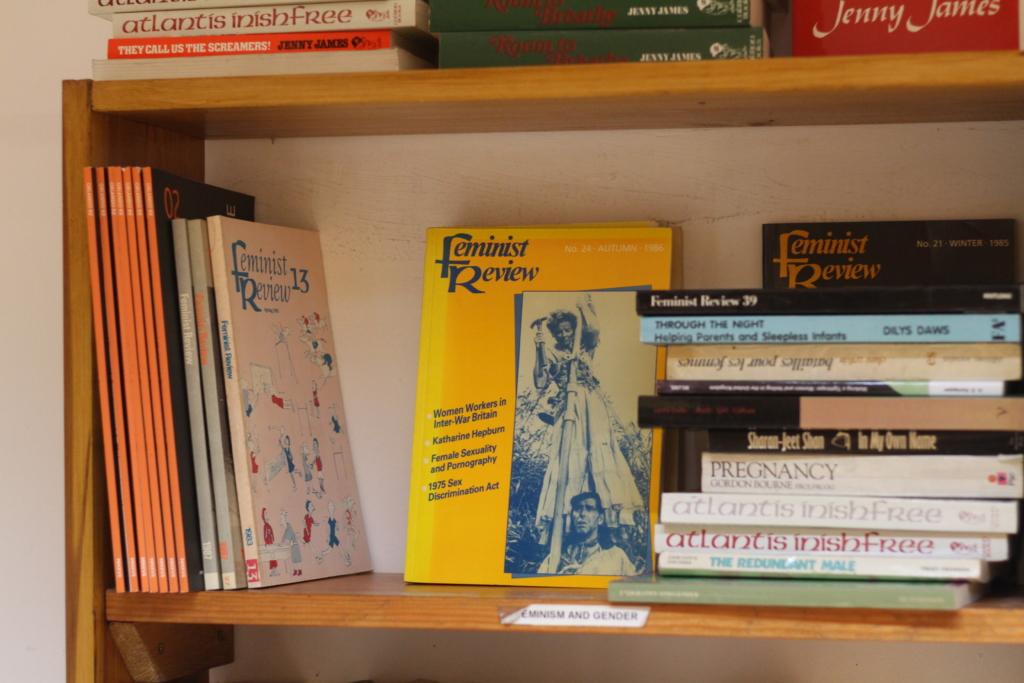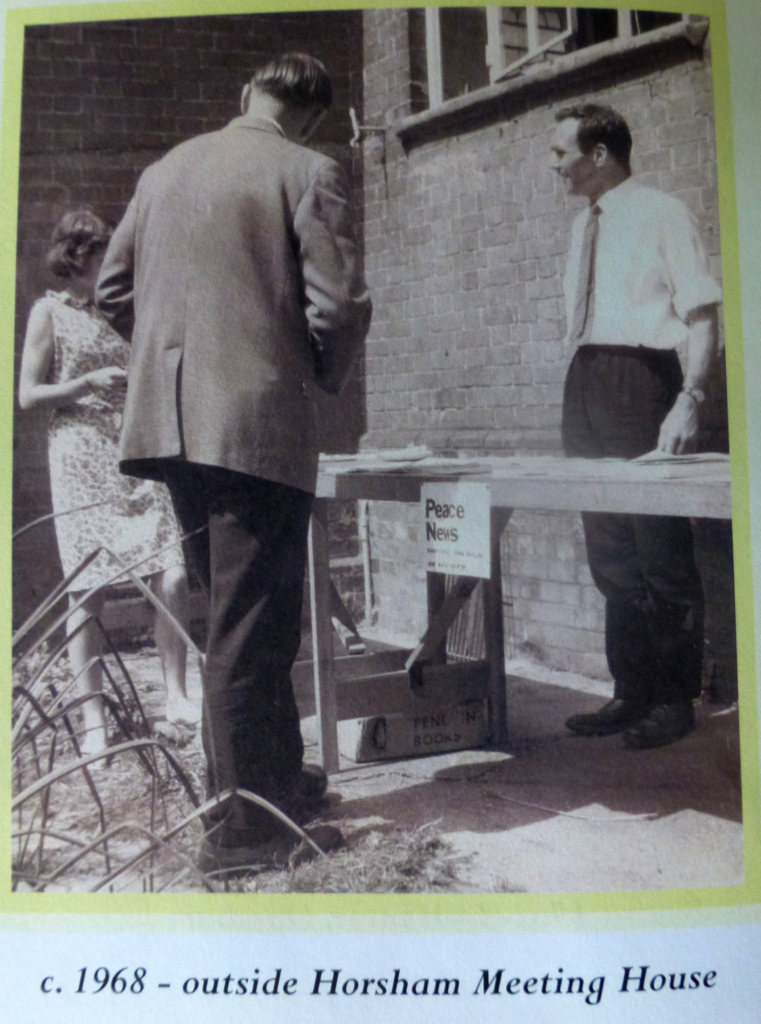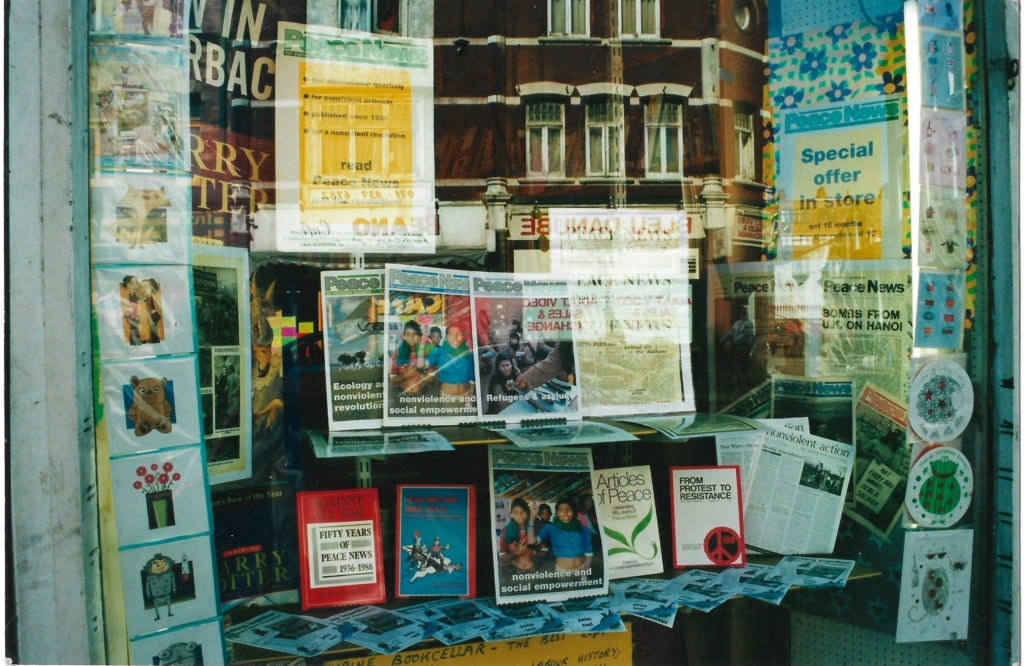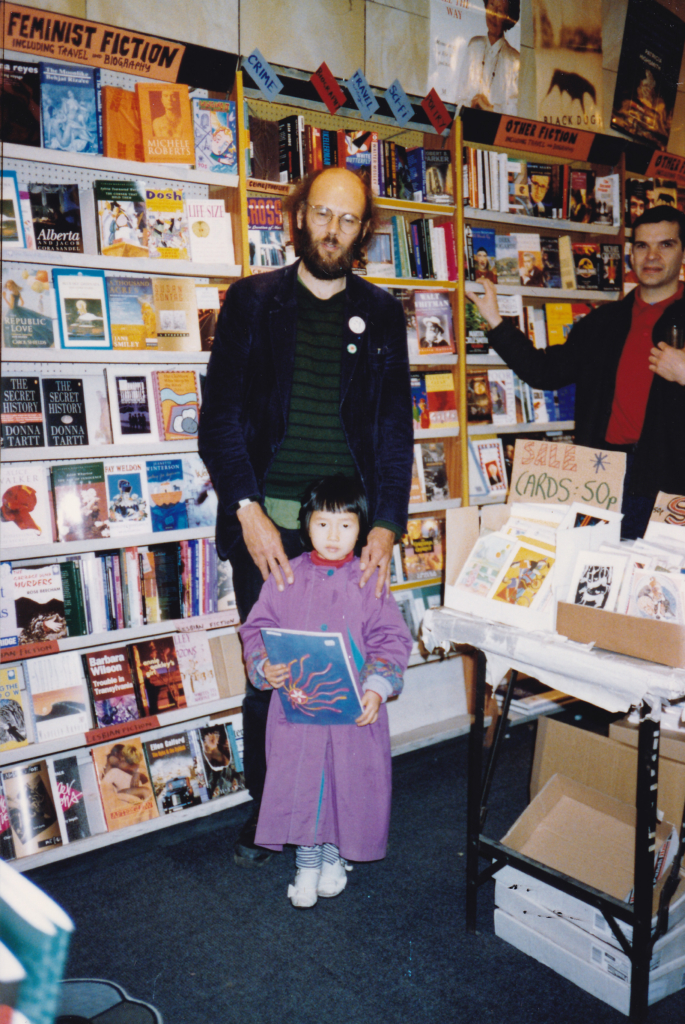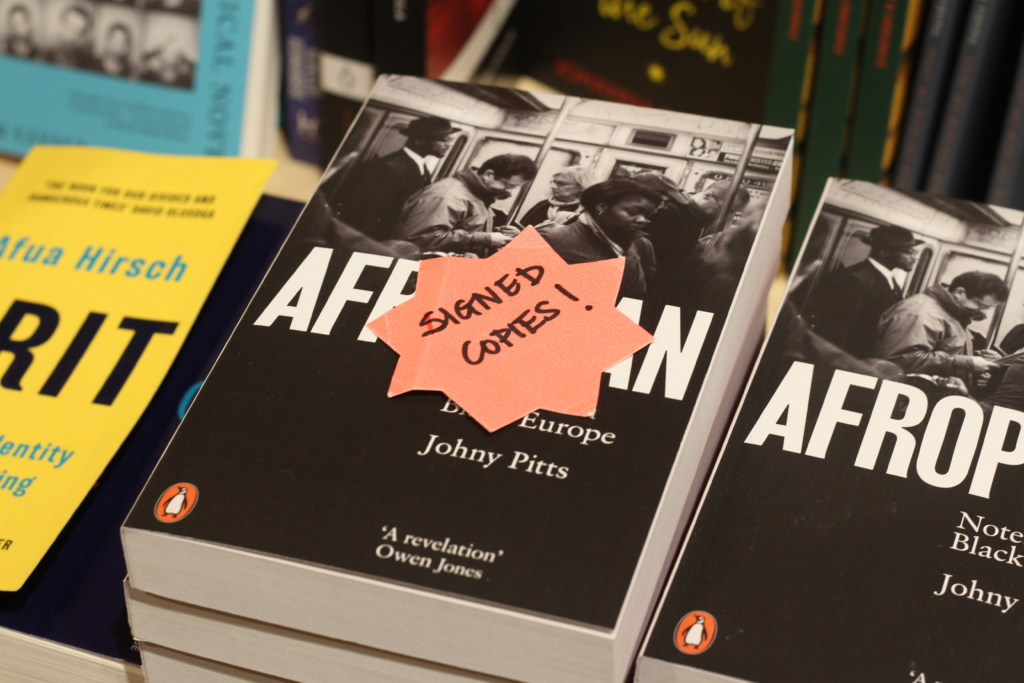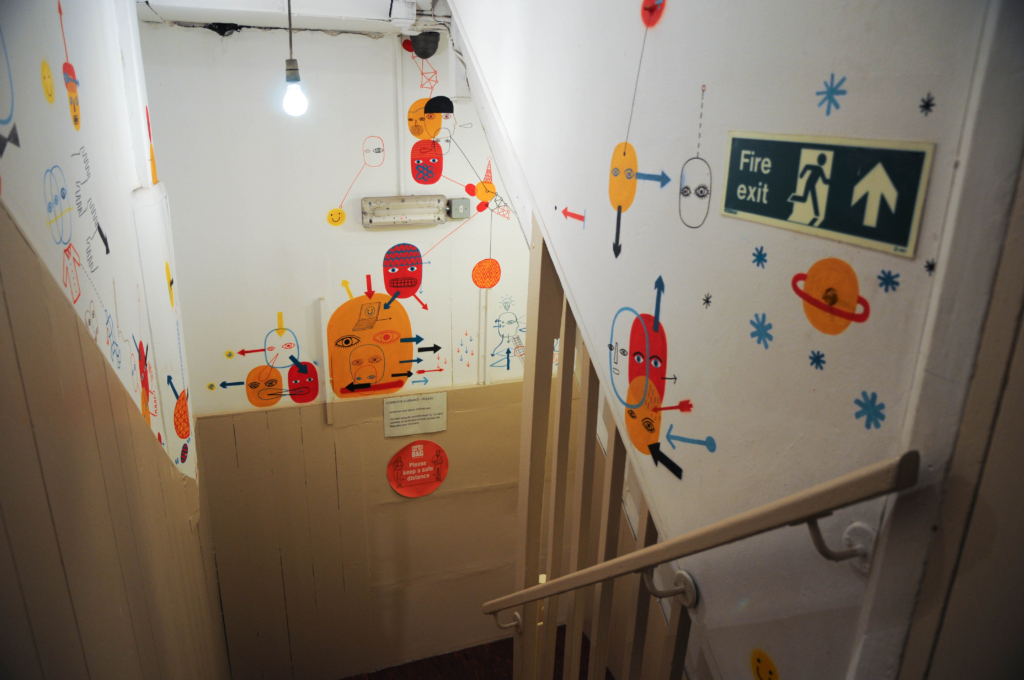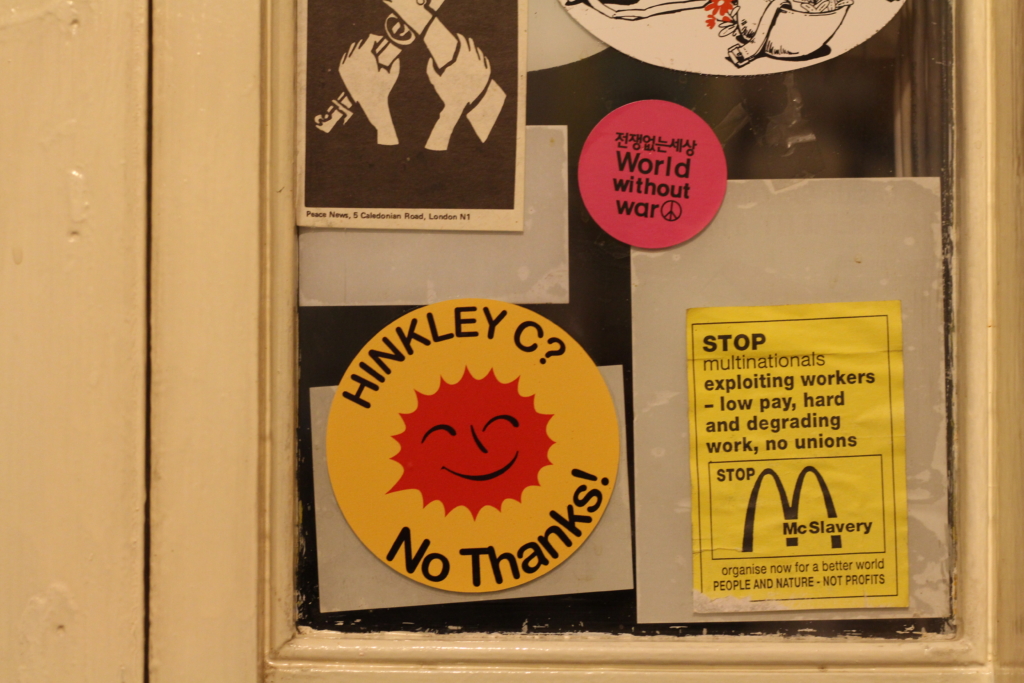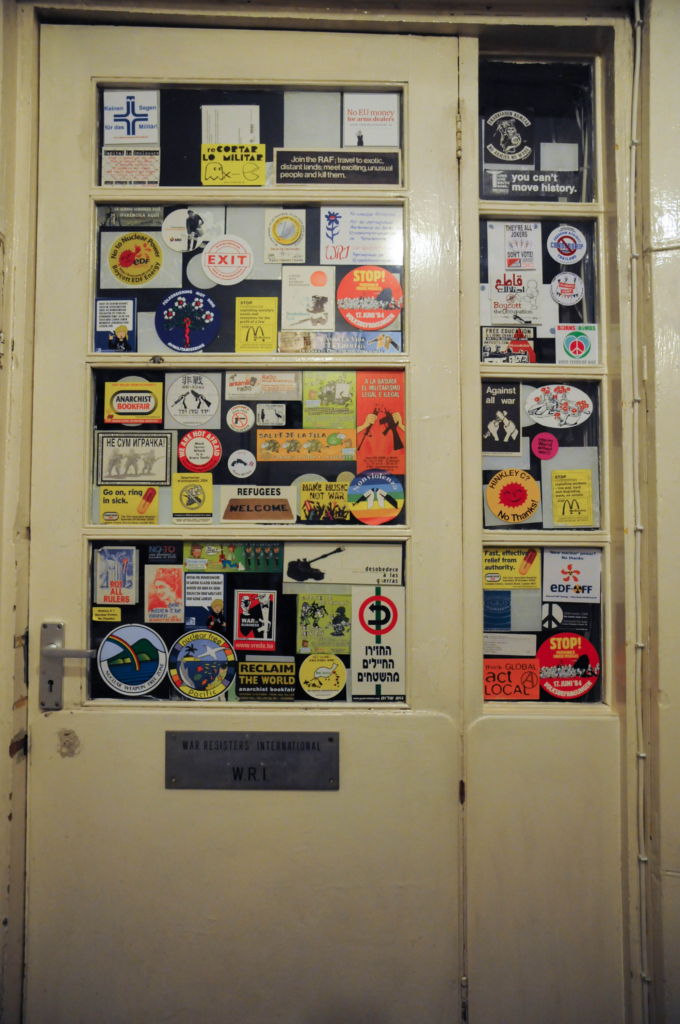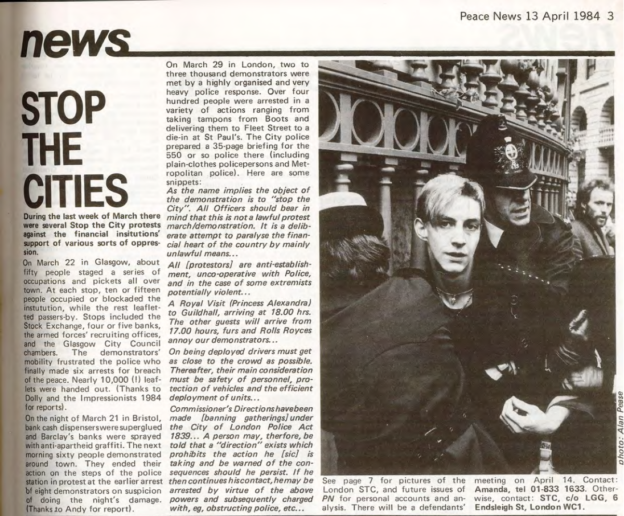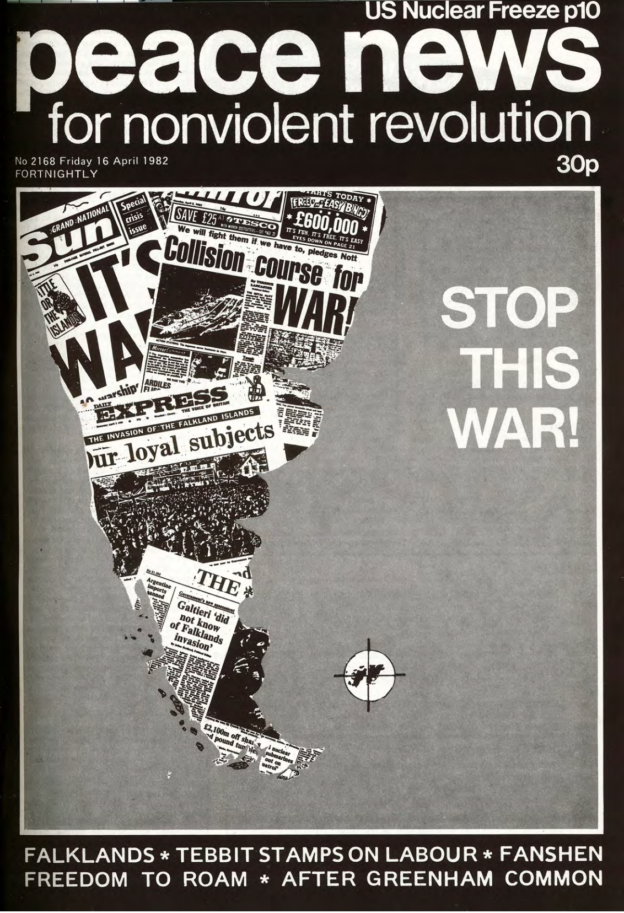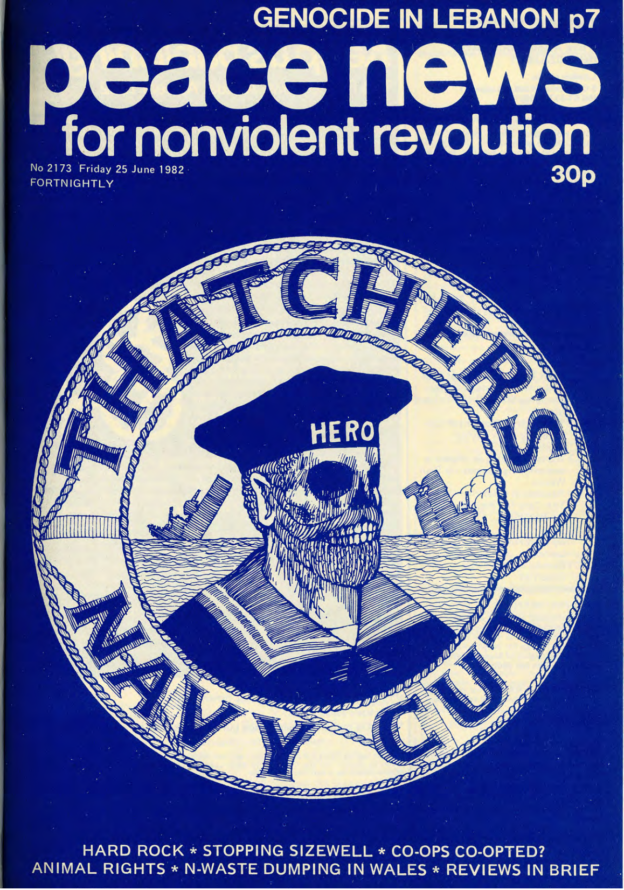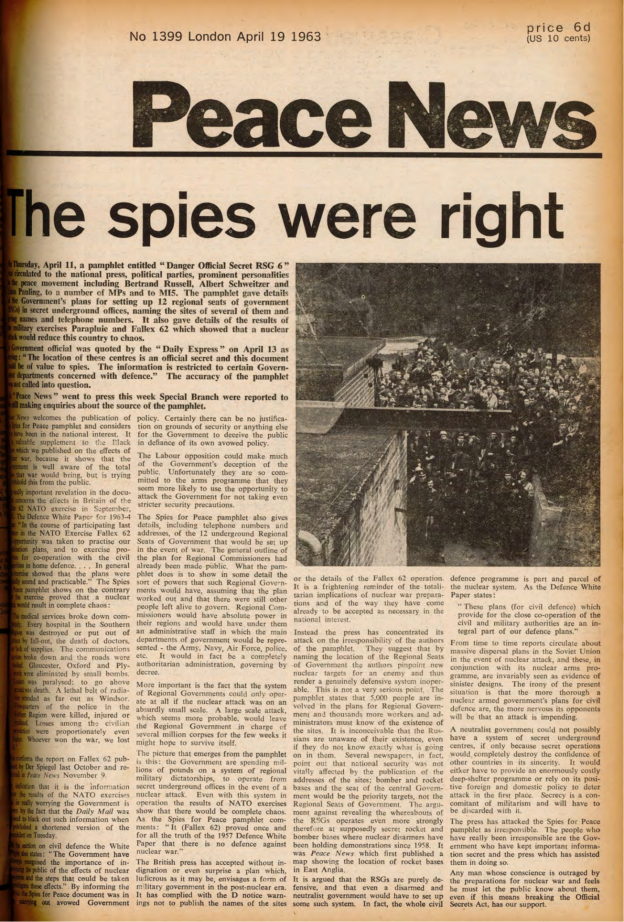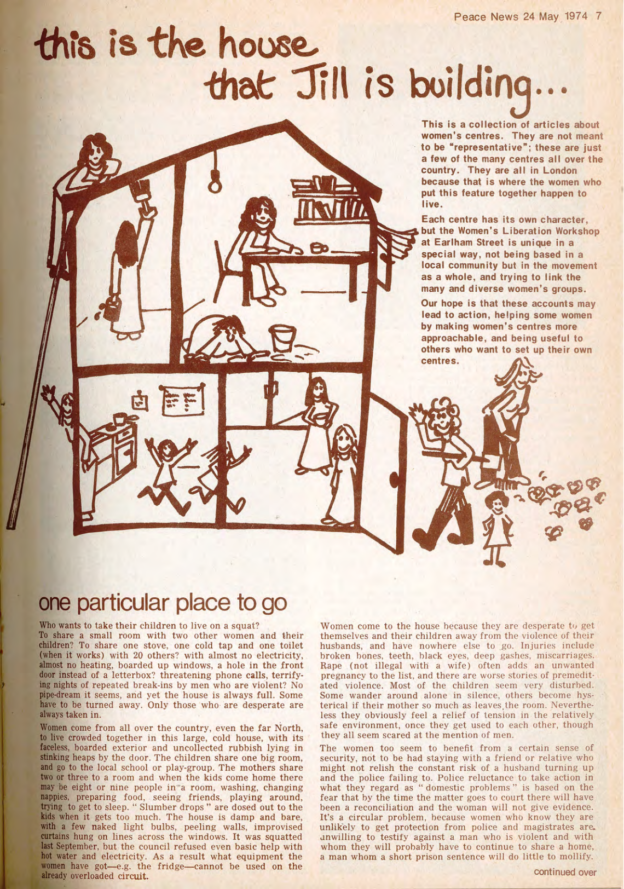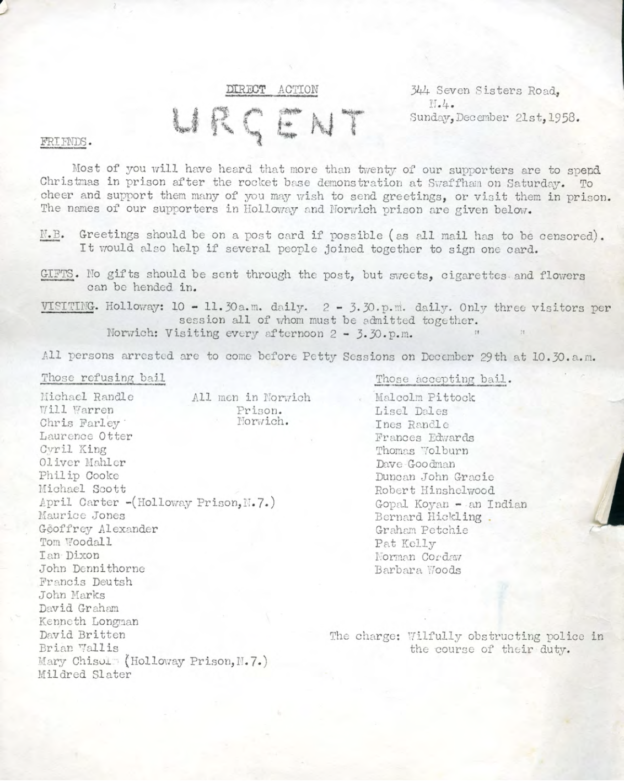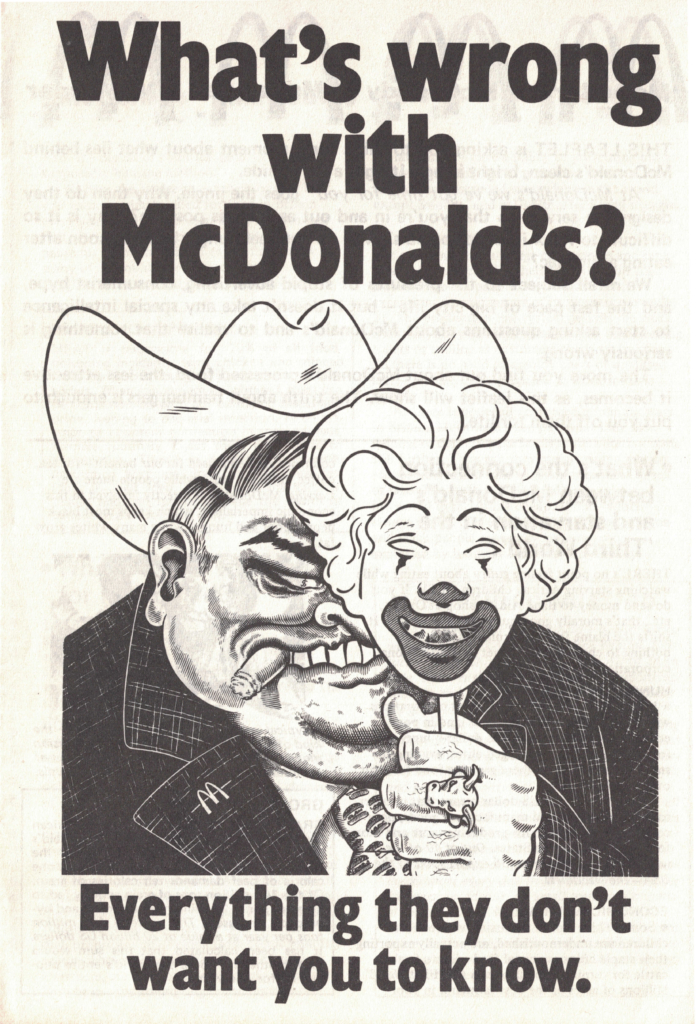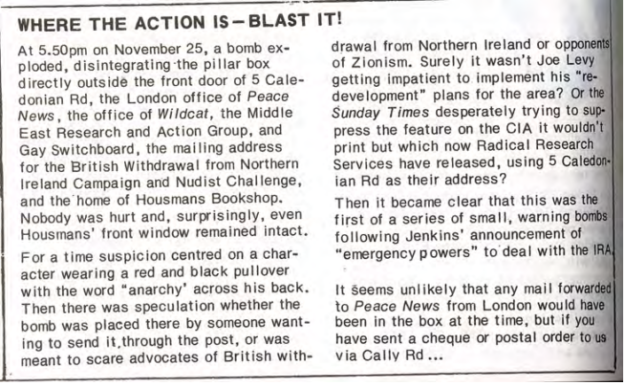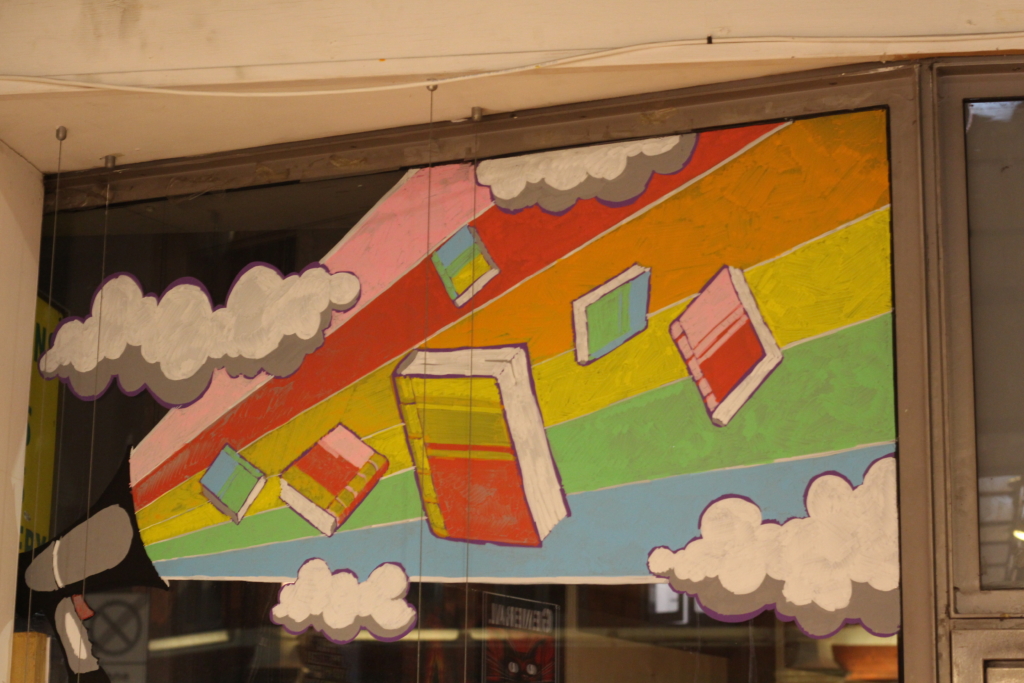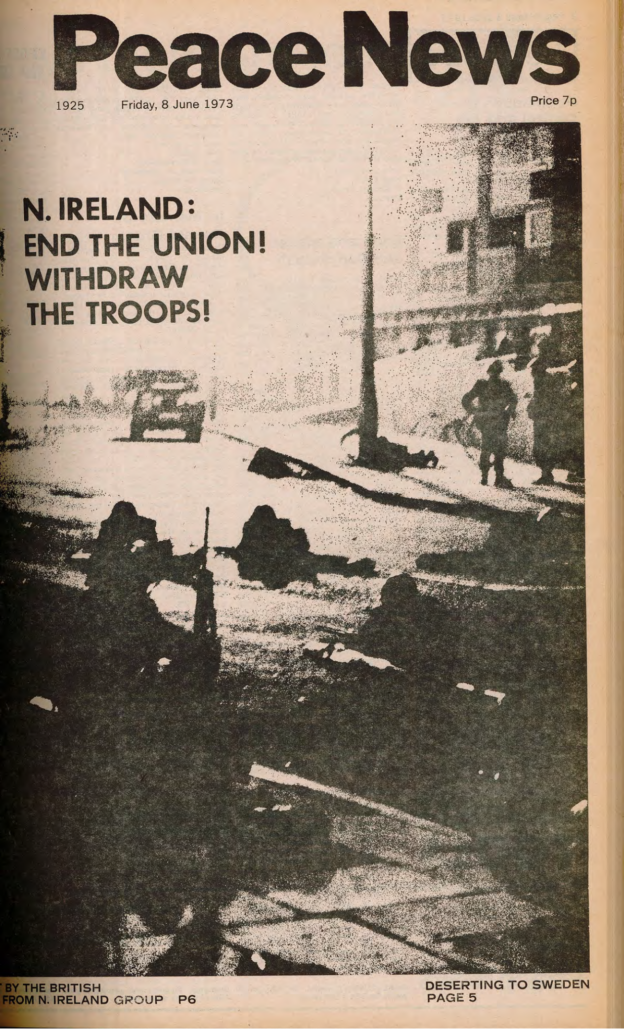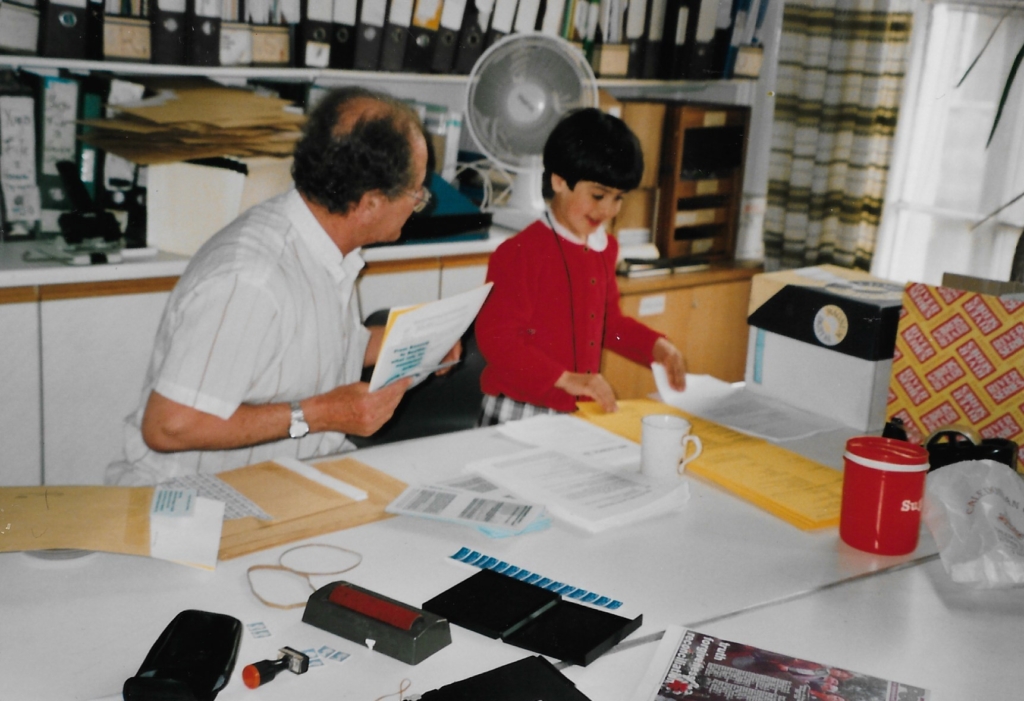Shall I talk to you about Pat Arrowsmith? She had been a peace activist pretty well all her life. One of the things she did was, in her peace activism, was to break something called the Incitement to Disaffection Act. The Incitement to Disaffection Act means you will not, must not incite people in the armed forces to leave the armed forces. And, so, what Pat Arrowsmith did was to hand out leaflets to soldiers who were going to go to Northern Ireland, which is something she felt particularly strongly about, explaining how they could get out of the Army. One of the ways you could get out of the Army was to say you were gay. And anyhow, as it was against the law to incite disaffection, they promptly arrested Pat, sent her to Holloway, Holloway Prison in Pentonville Road in north London. And, rather to her surprise, after a few weeks they sent her to an open prison. Now of course she walked out. Well I mean, of course she would. And, then it came to the Saturday, and there was a big anti-fascist demonstration in Hyde Park, and, there was quite a, a lot of lesbian and gay people at it.
And so Pat Arrowsmith turned up, having walked out of the open prison. And, so she, so she got permission to speak, and, up she got. And she made a rousing speech, and then she looked round, she wasn’t arrested. She’d expected of course to be arrested immediately. But wasn’t. And… So, she came down, and she was, ‘Well what shall we do now?’ And so, the lesbian and gay part of the crowd said, ‘Right, well, come with us then.’
And then I think it was Pat said, ‘Well, why don’t we go to Housmans, you know, to Peace News?’ Oh. Off we went to Housmans, who of course were delighted to see us all. And we went up the back stairs, the, the entrance that’s, not the front door of the shop but another entrance. And we walked all the way up to the top, the very top floor. I think it’s a, a three-storey building isn’t it? But anyhow, the very top. And there was a big room there that was sort of, fairly empty. And we thought, right, what are going to do now? But she still hadn’t been arrested. So we thought, I know what we’ll do. We’ll ring the Daily Telegraph. So we rang the Daily Telegraph, and said there’s a fugitive at Housmans Bookshop, 5 Caledonian Road. And so, eventually, up turns the Daily Telegraph, and had a talk to us, and, took photographs, and there was a, there was a photograph of us all on Sunday’s, on the front page of Sunday’s Telegraph that week. And, in no time the police turned up. I think the Telegraph must have rung, rung them. And, so they… So there was various officers, about, five or six officers turned up. And… So we started sort of, chanting and making speeches. And they tried, obviously they tried to get Pat, who sat on the floor, or lay on the floor, and what we did was, to hold on to her, hold on to a leg, hold on to an arm. Just held on to her, several of us. And so, so the police were sort of, dragging us off her. And the moment that they dragged one of us off, another person stepped up and got hold of her. And so we had this tussle for quite a, quite a long time. I mean we knew we weren’t going to win; we were making a point, we were making a demonstration. And, so, eventually, they managed to get her. Of course, she wouldn’t, she refused to walk down, so they had to, had to carry her down all flights, three flights of stairs, which was quite [laughs] amusing. And, so, we went out into the street, and I said, and other people said, you know, ‘Right, now, disperse instantly.’ So we did. Because obviously that’s the point when the police then start coming to make trouble and trying to arrest, arrest the demonstrators.
